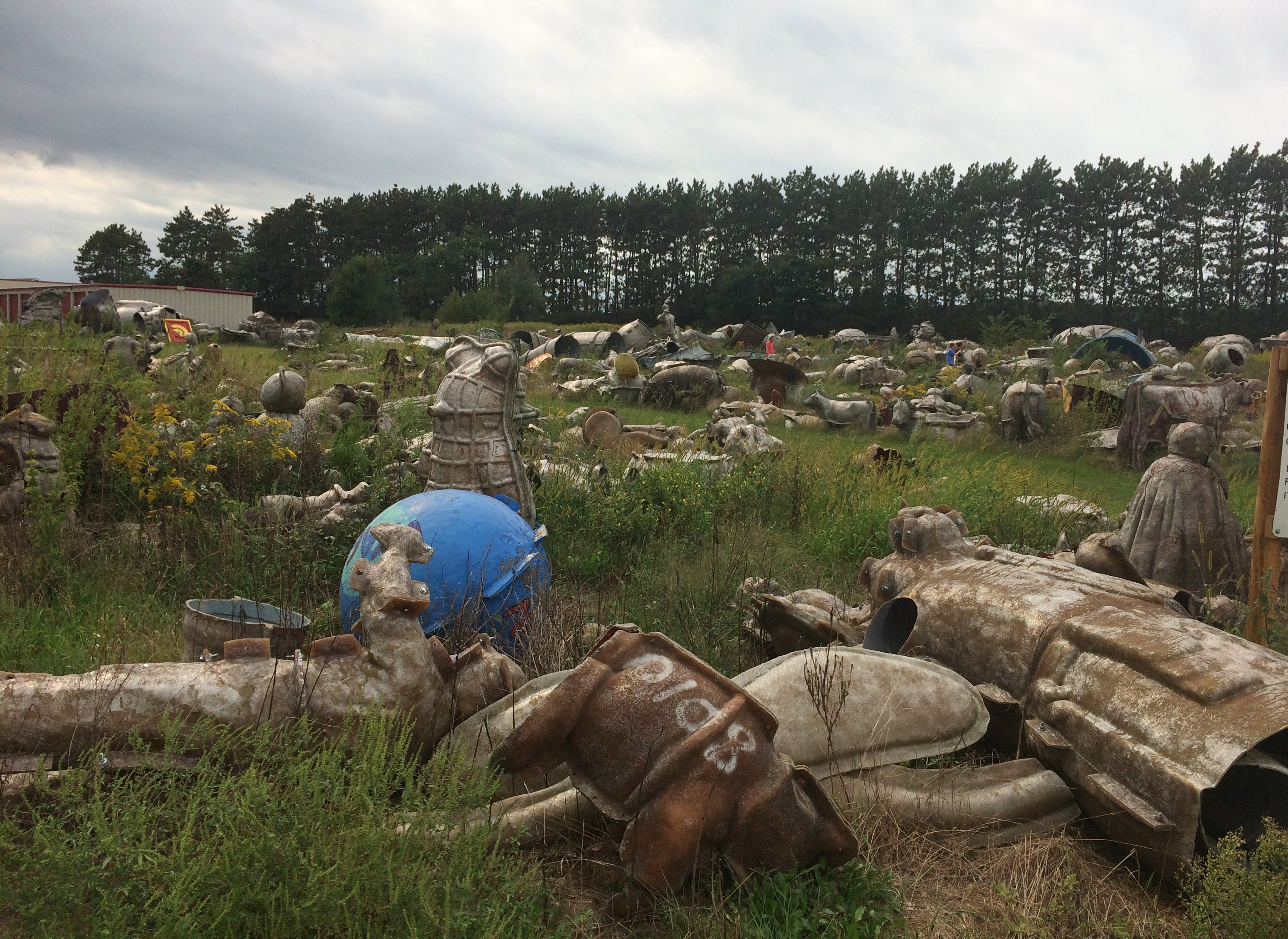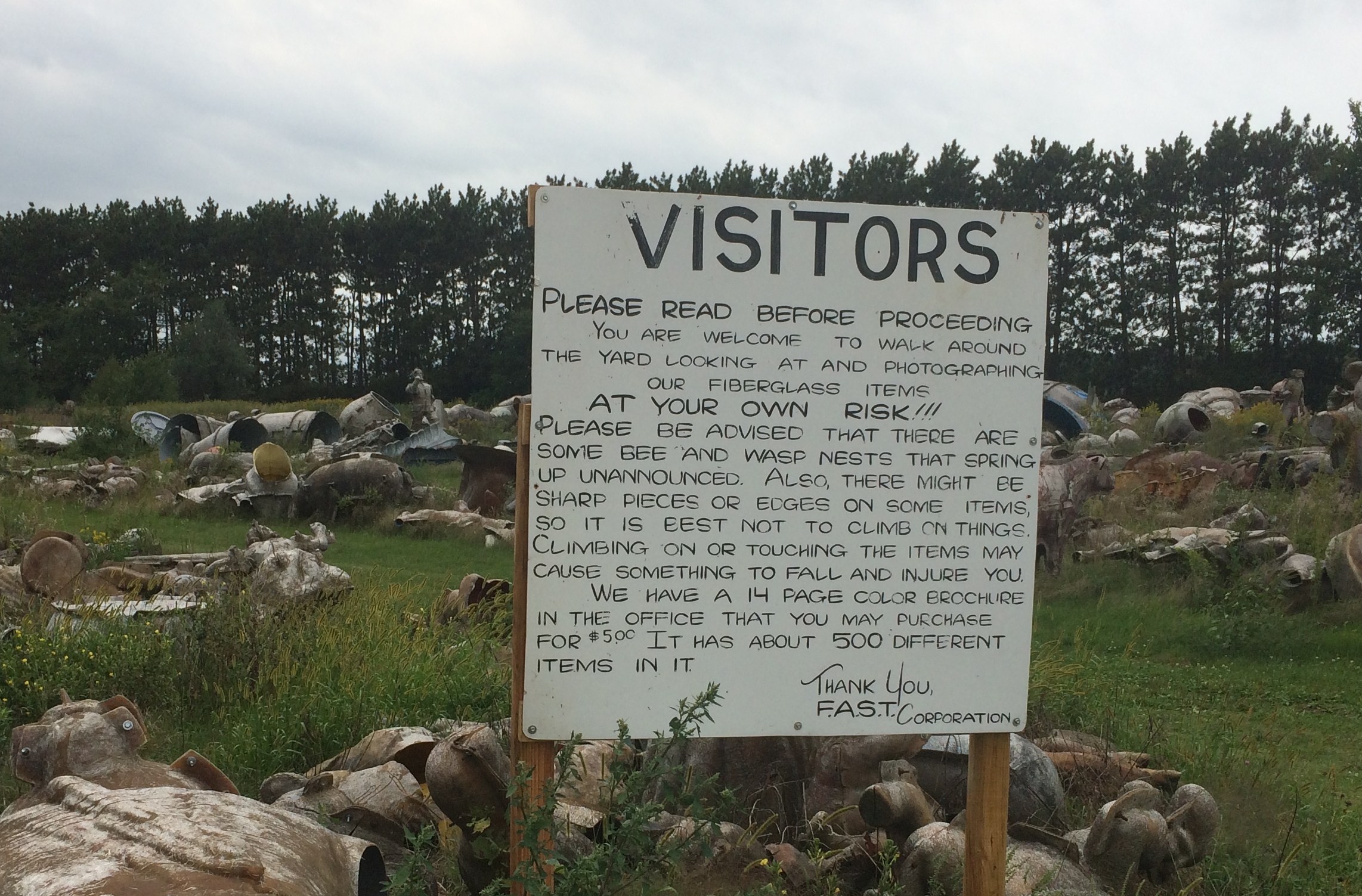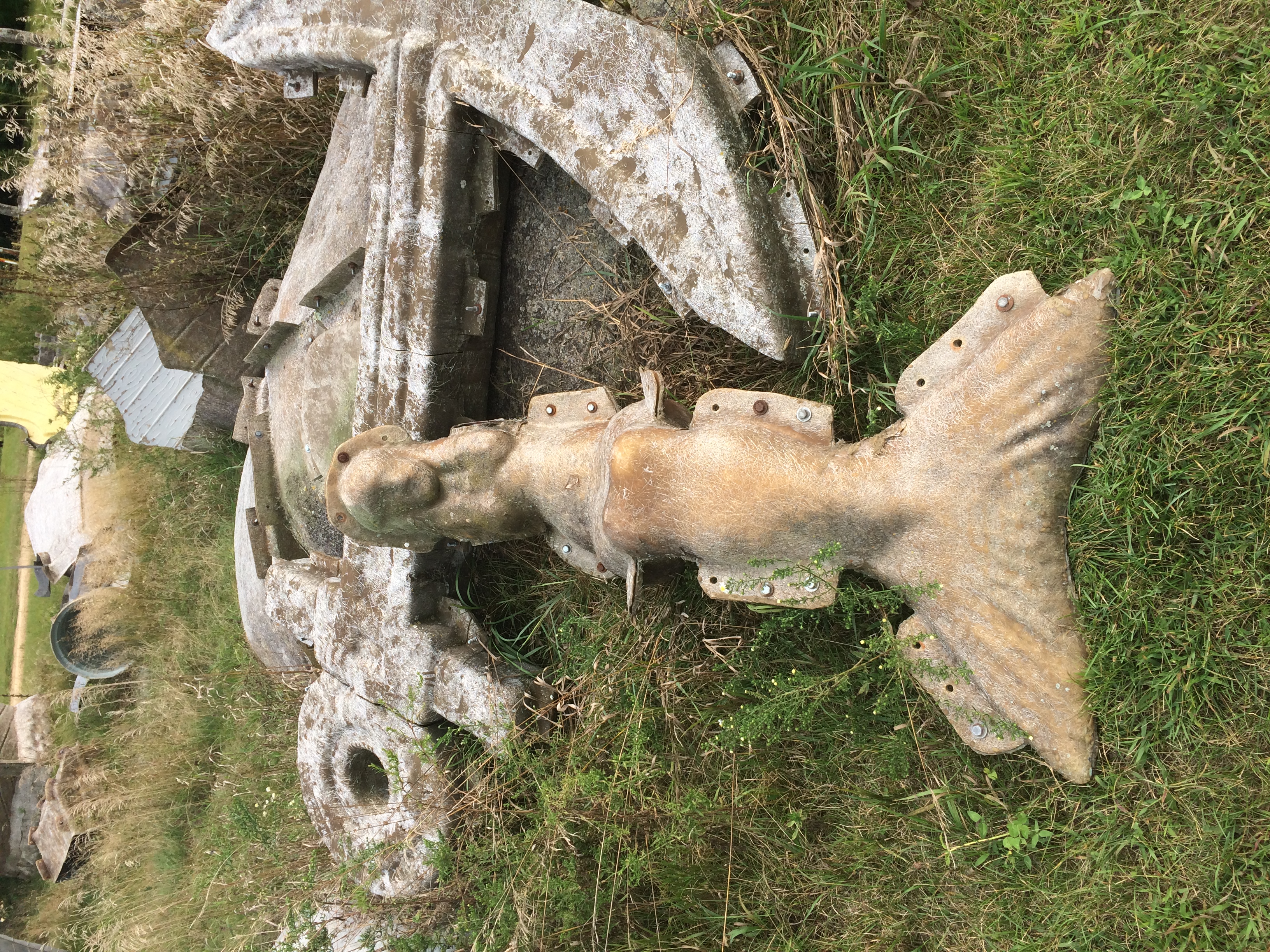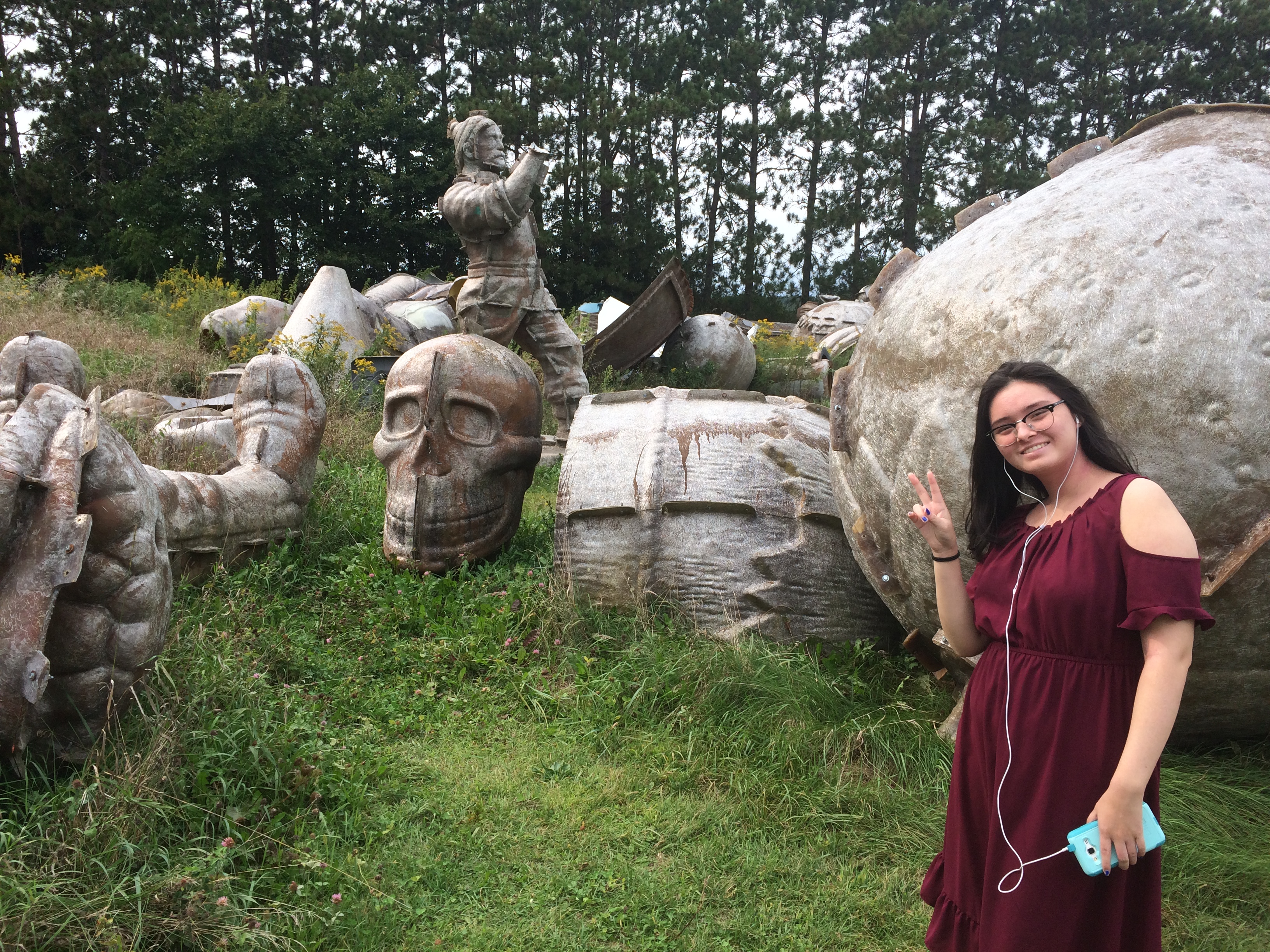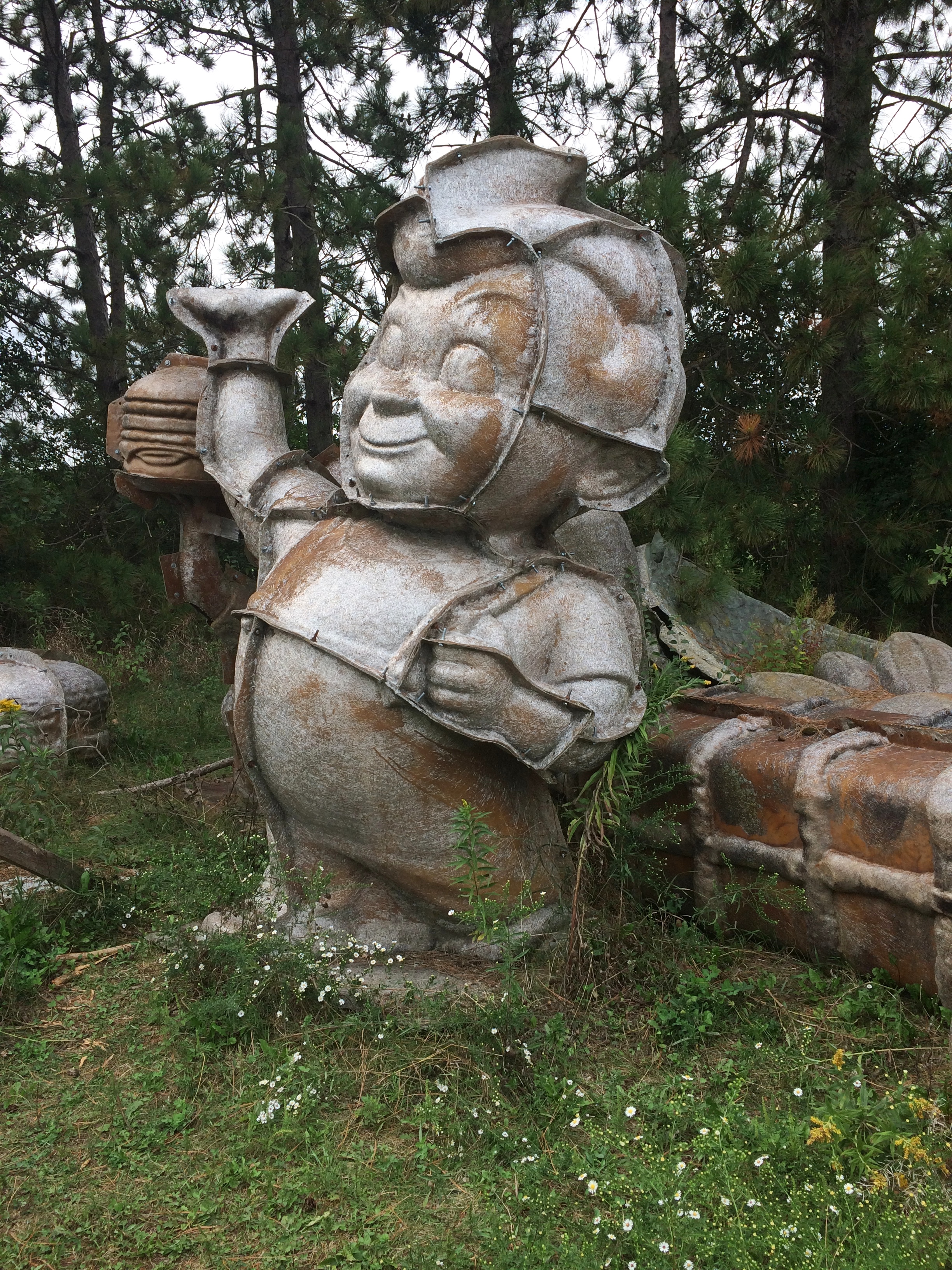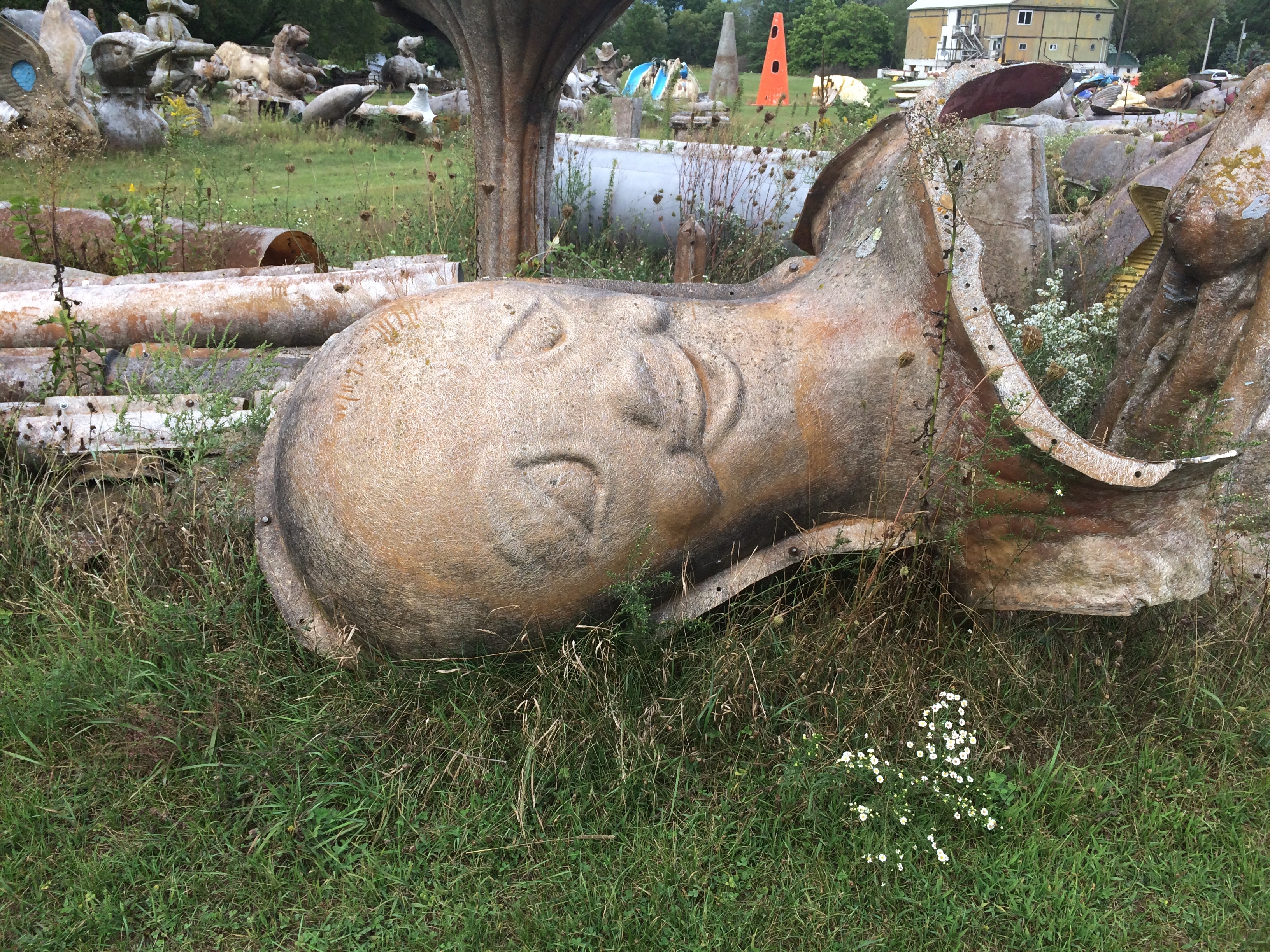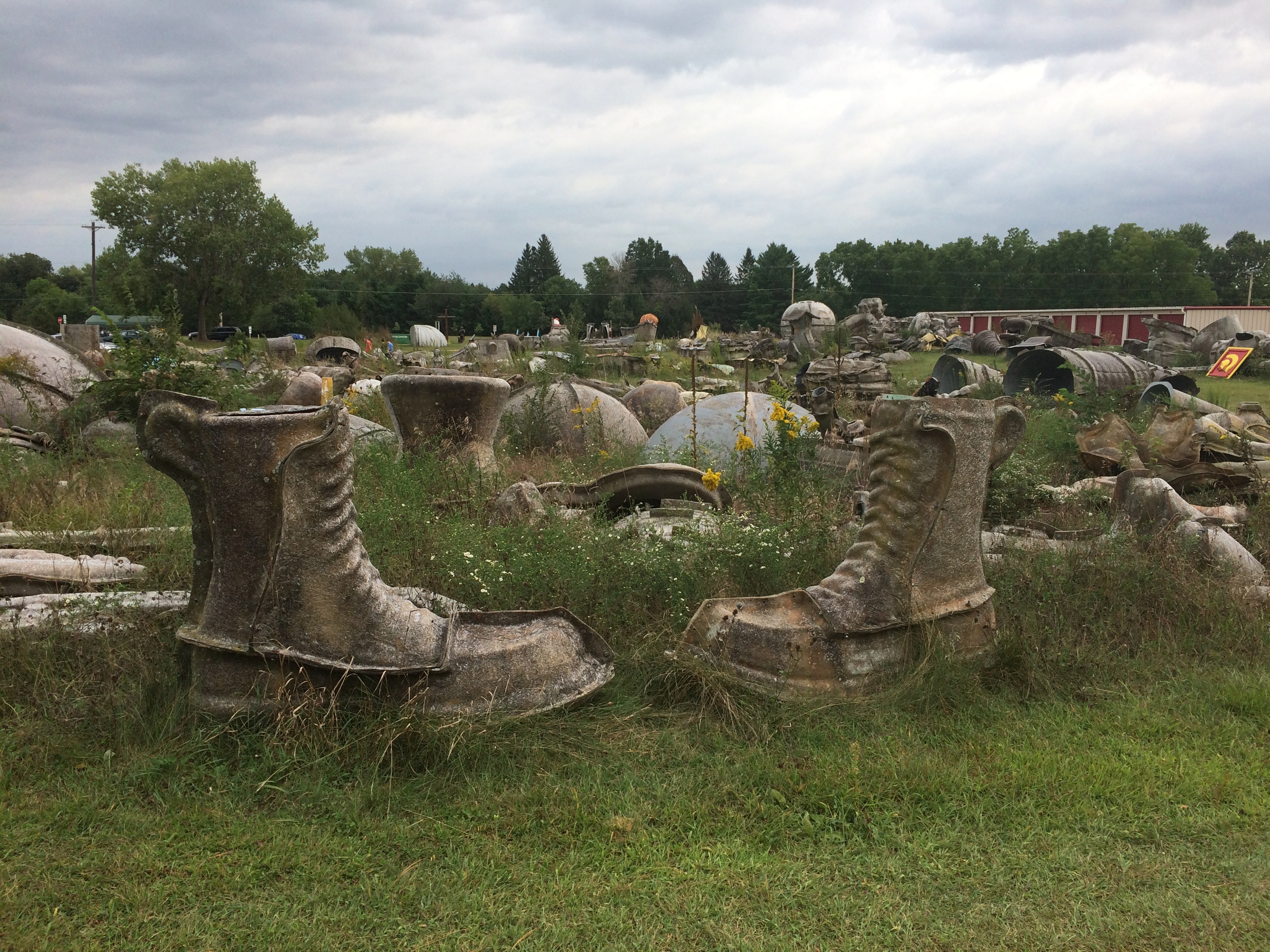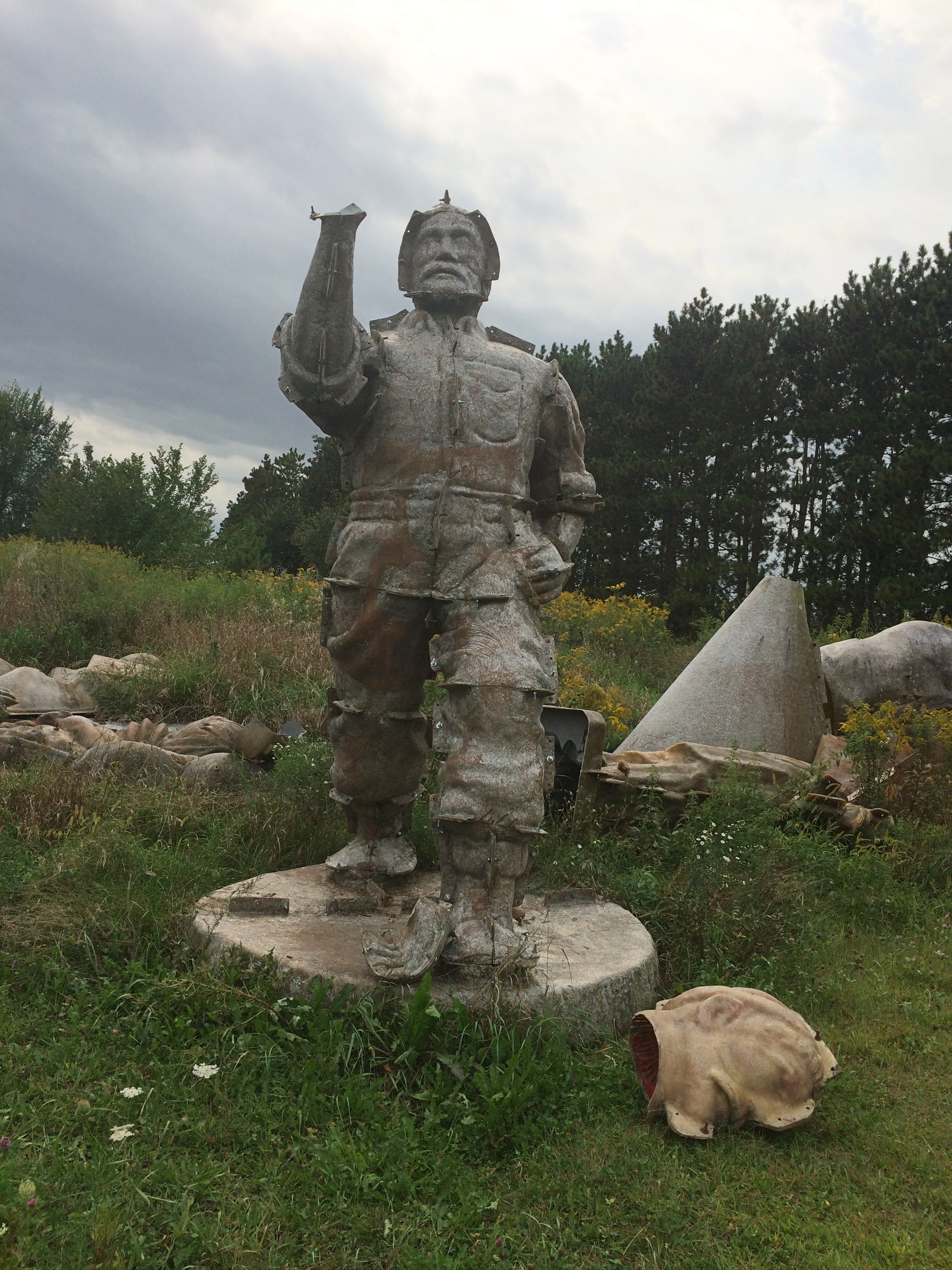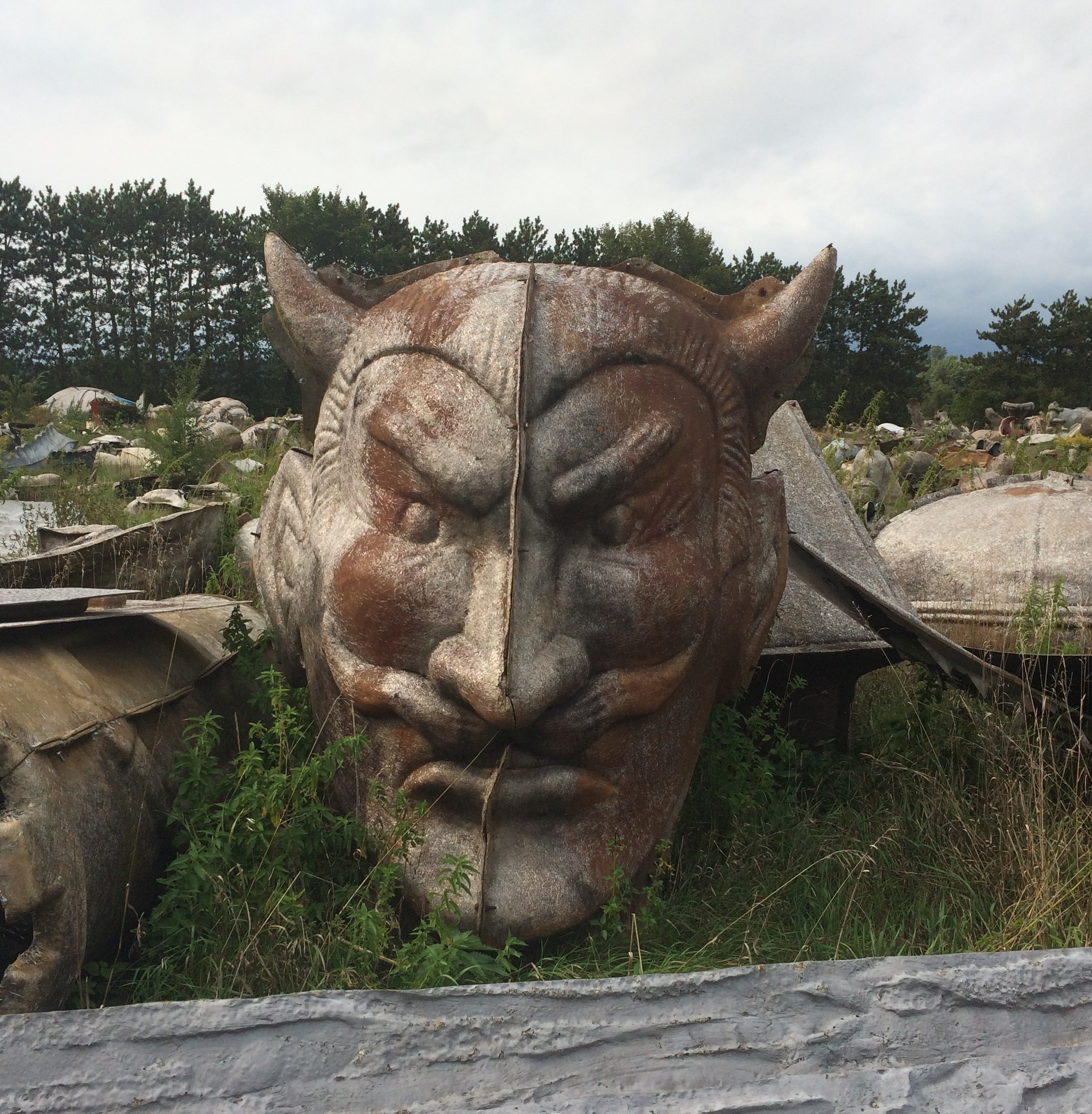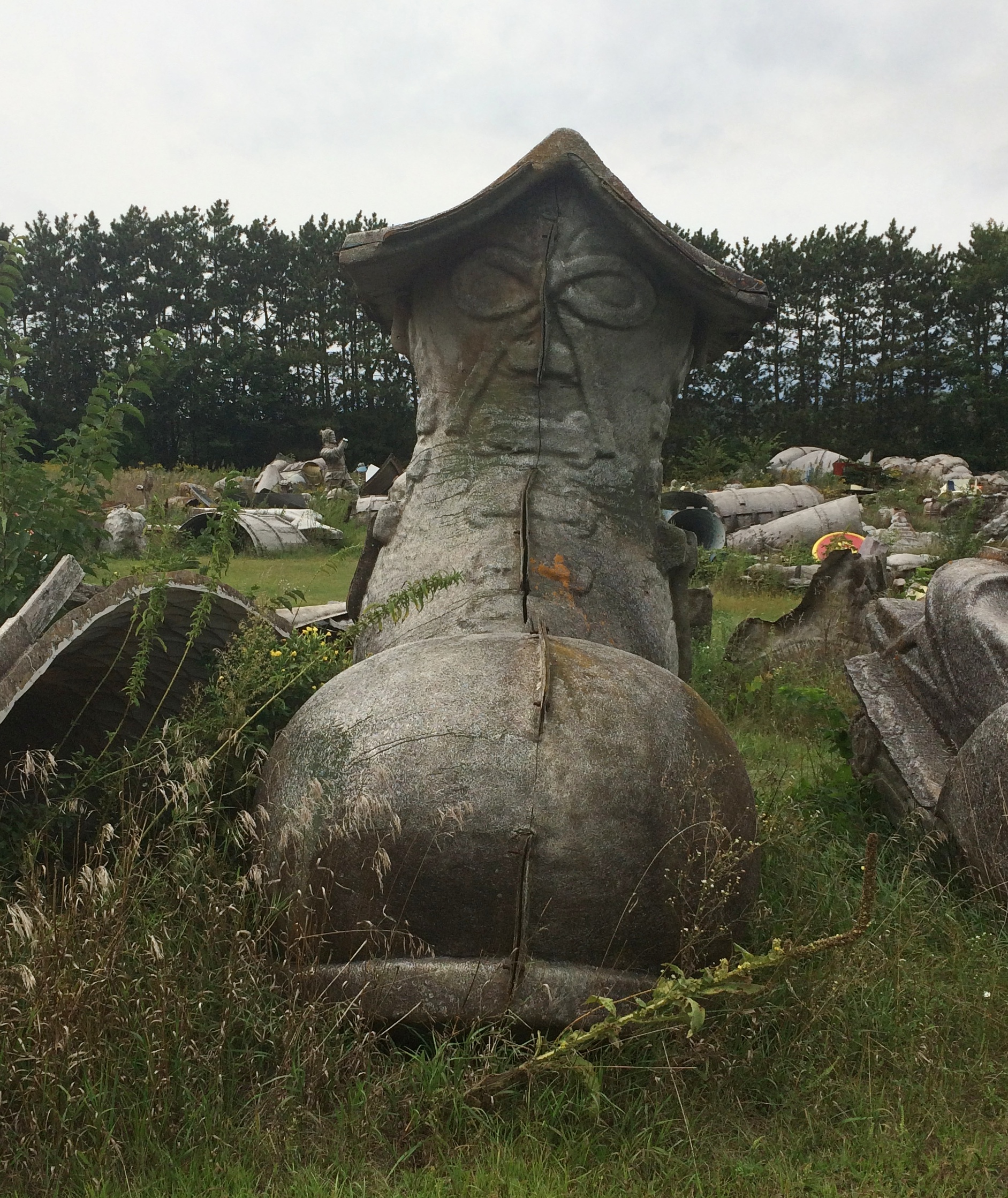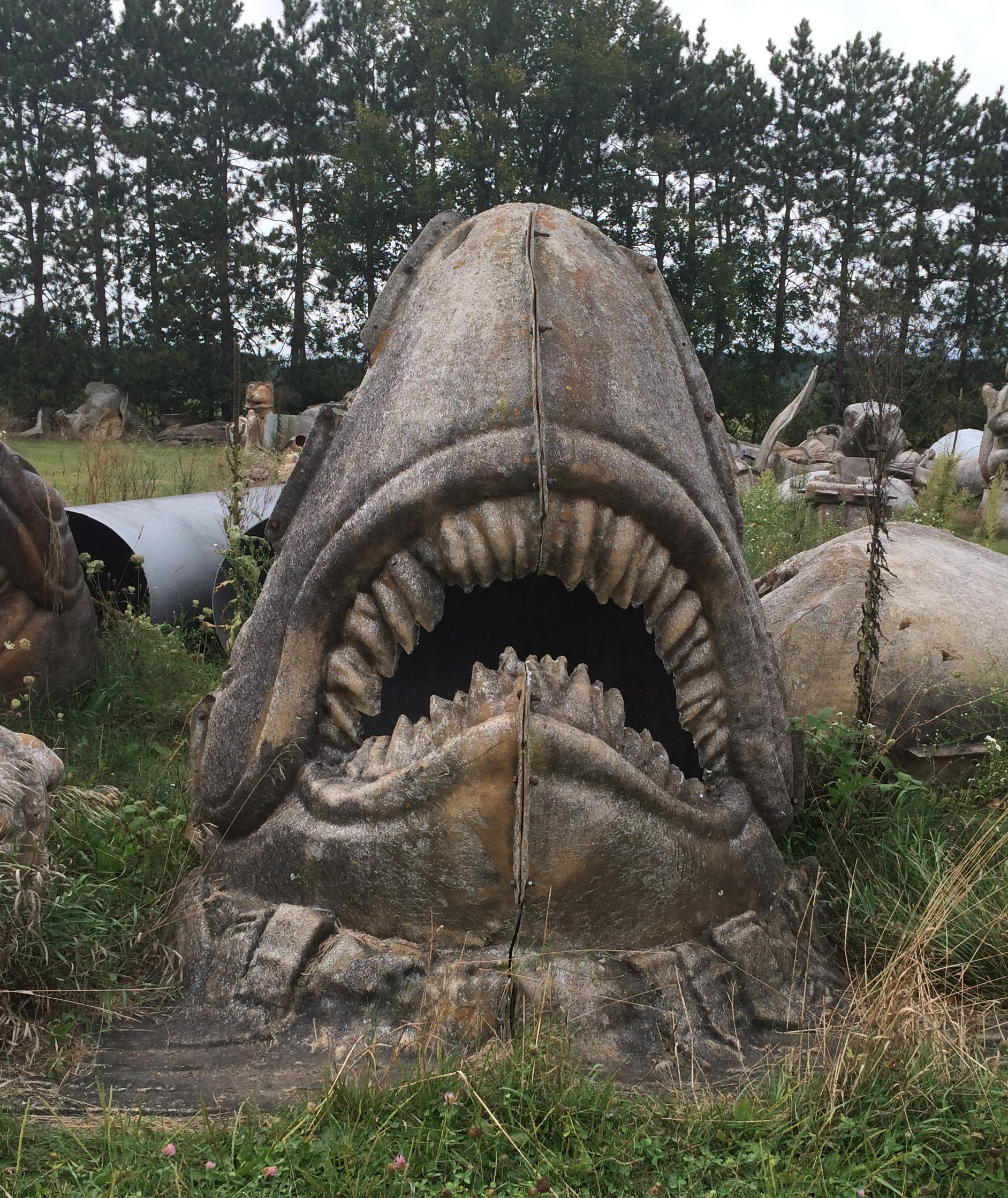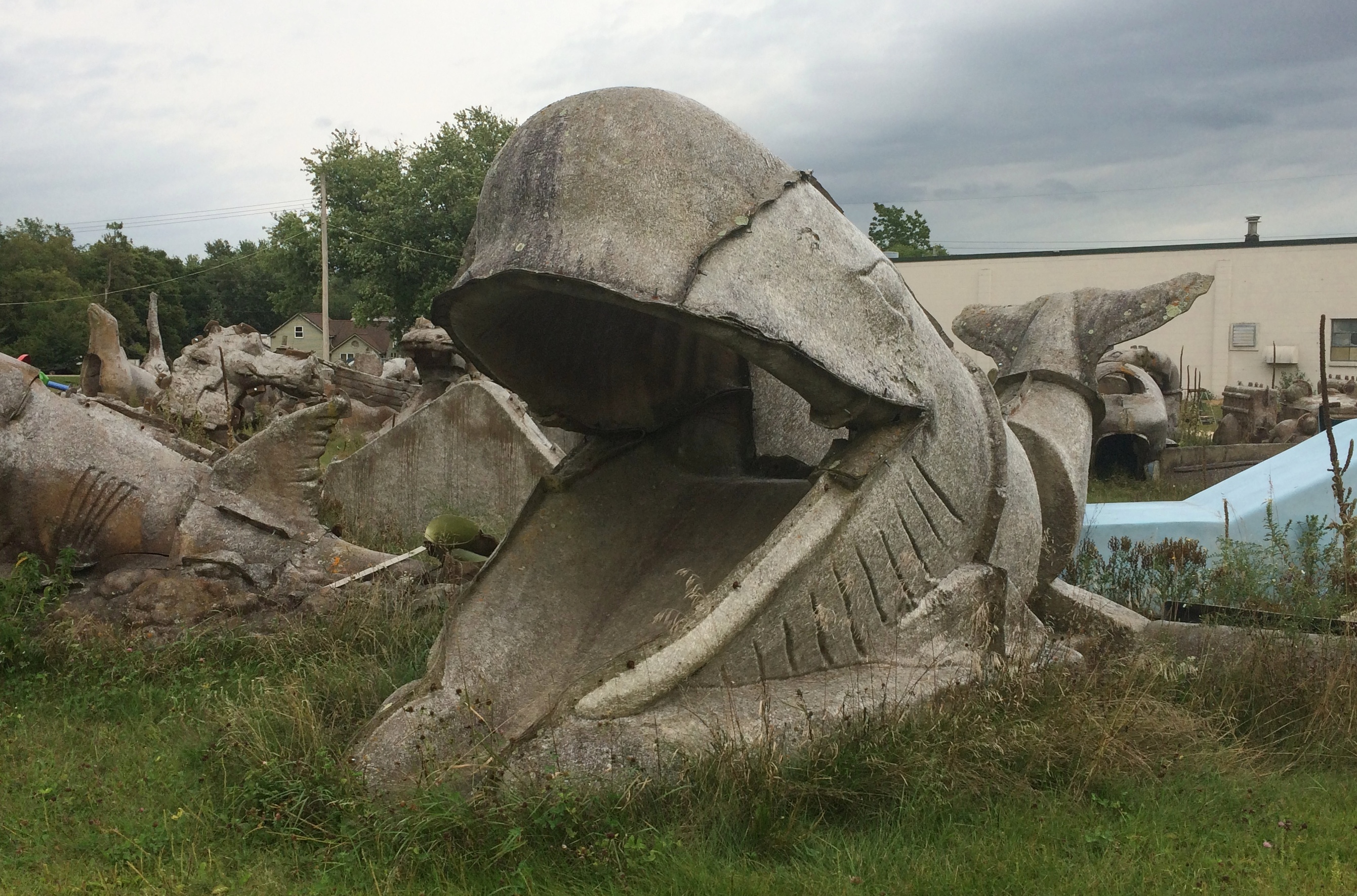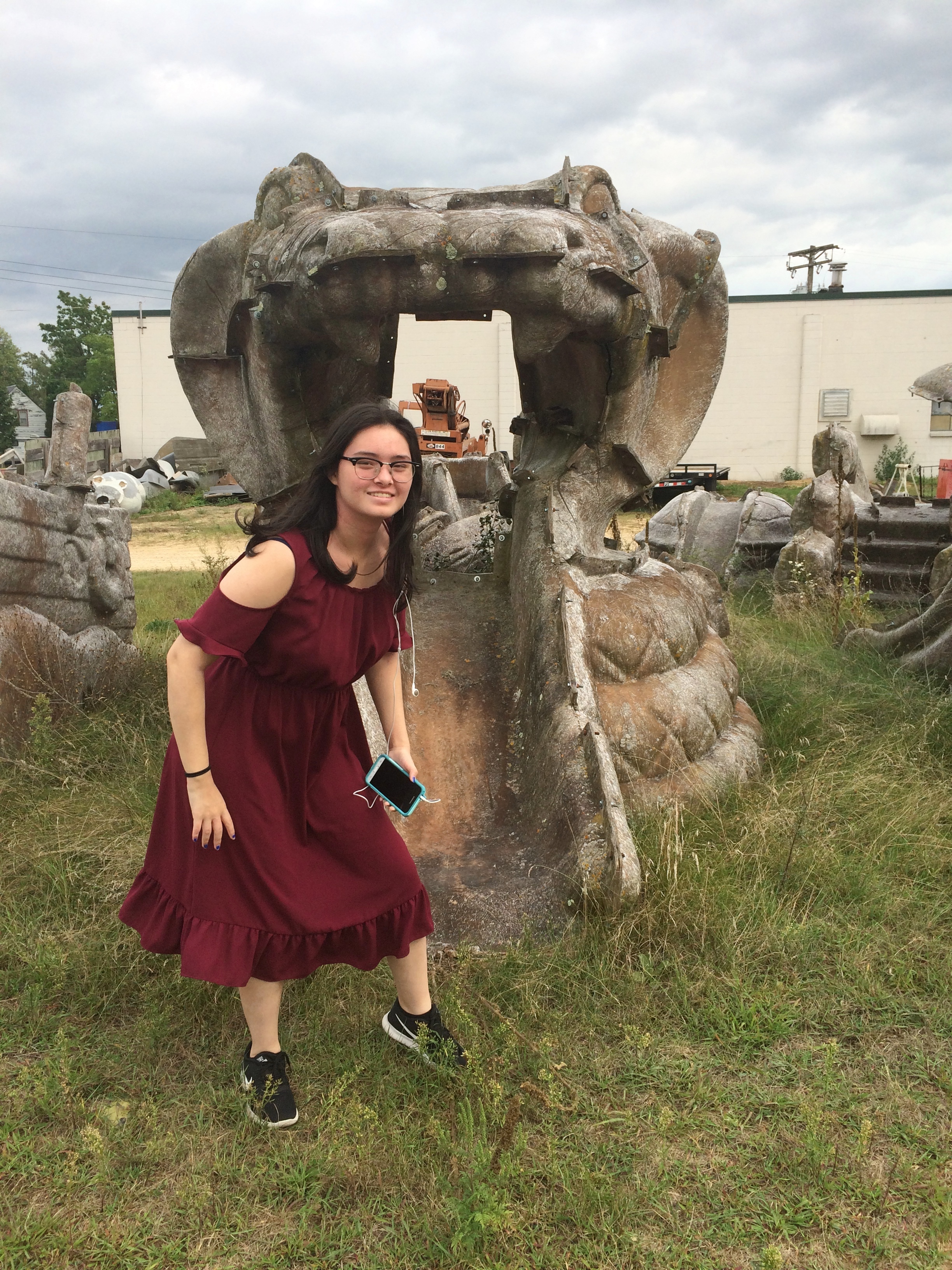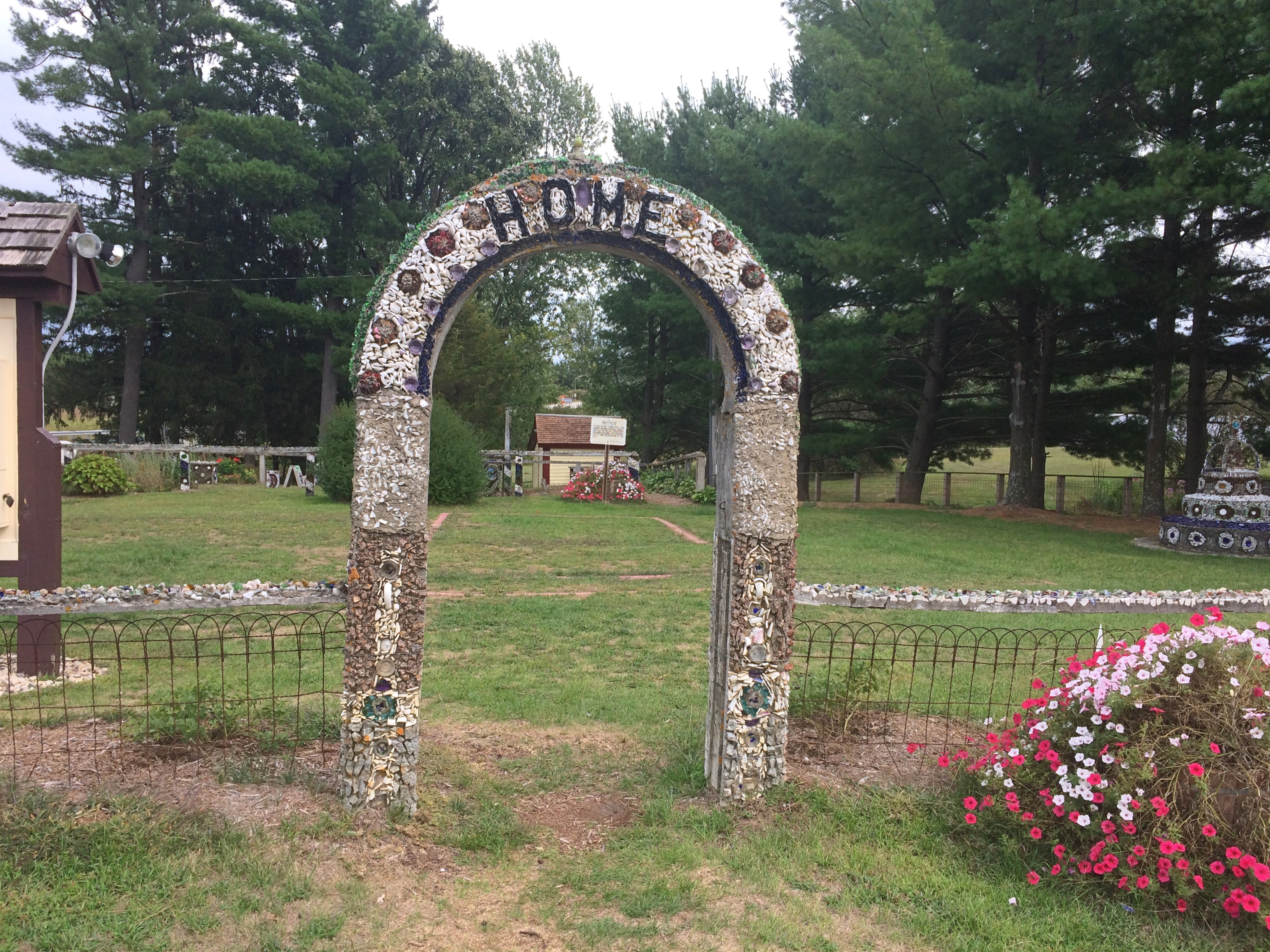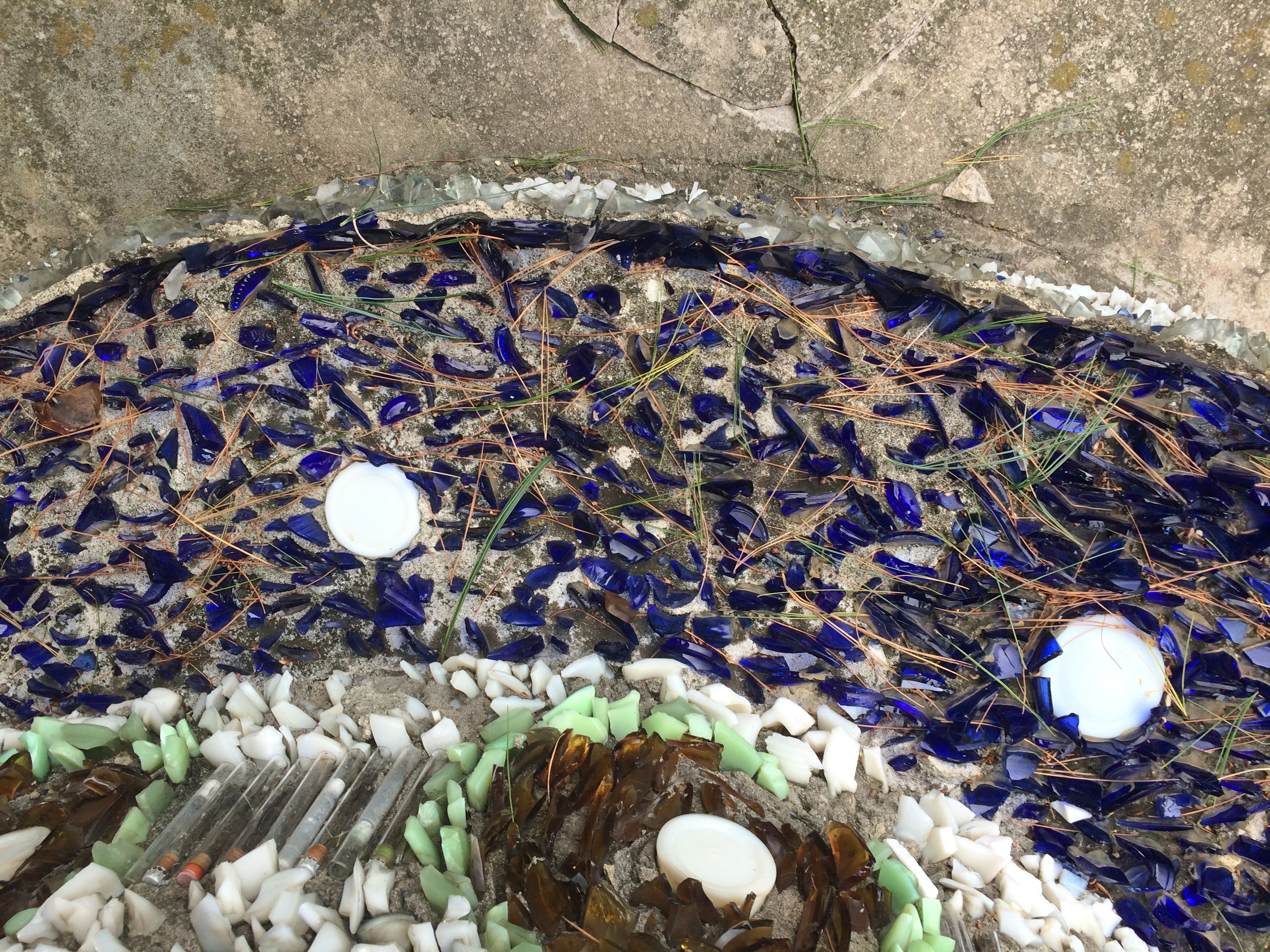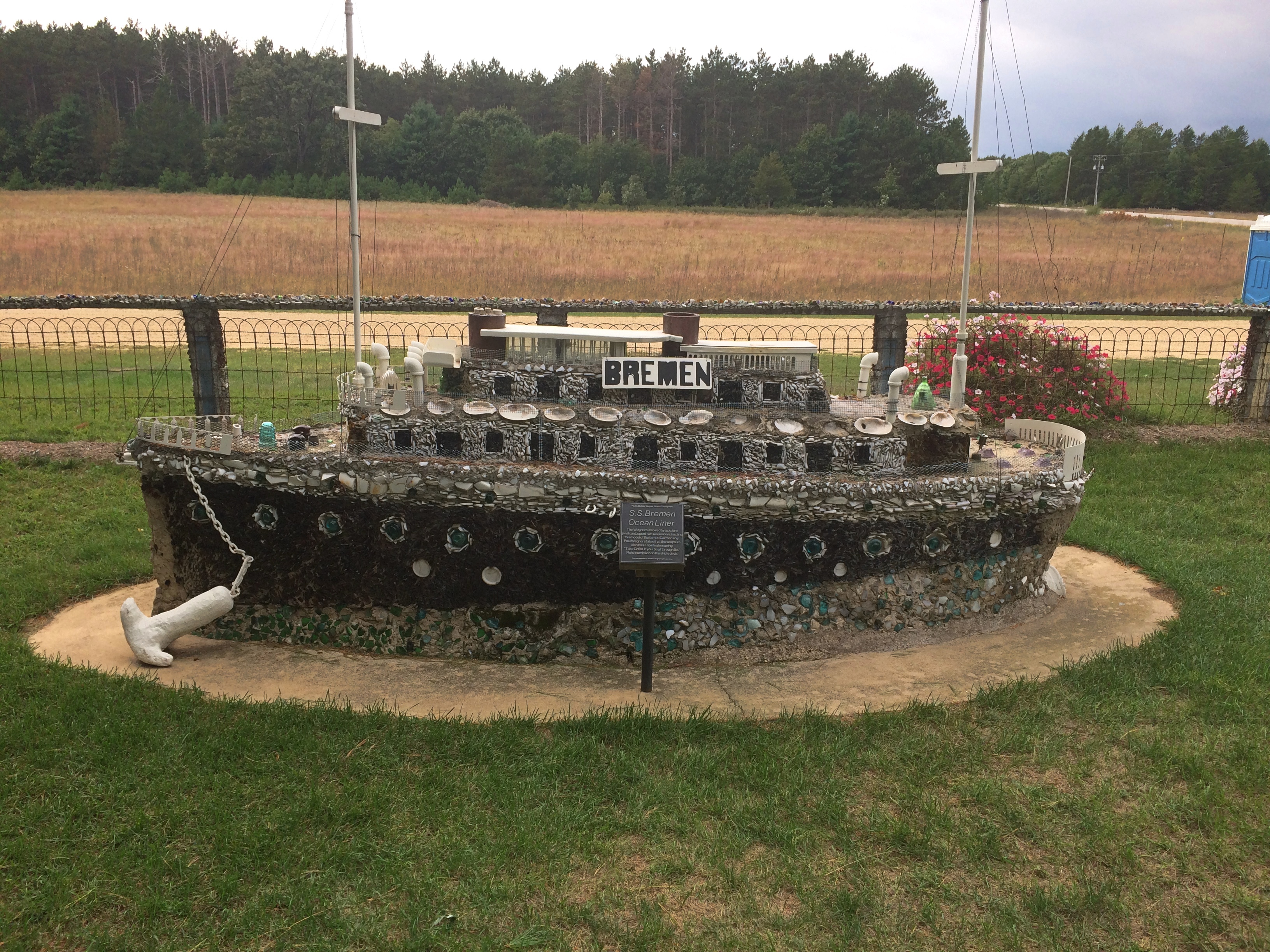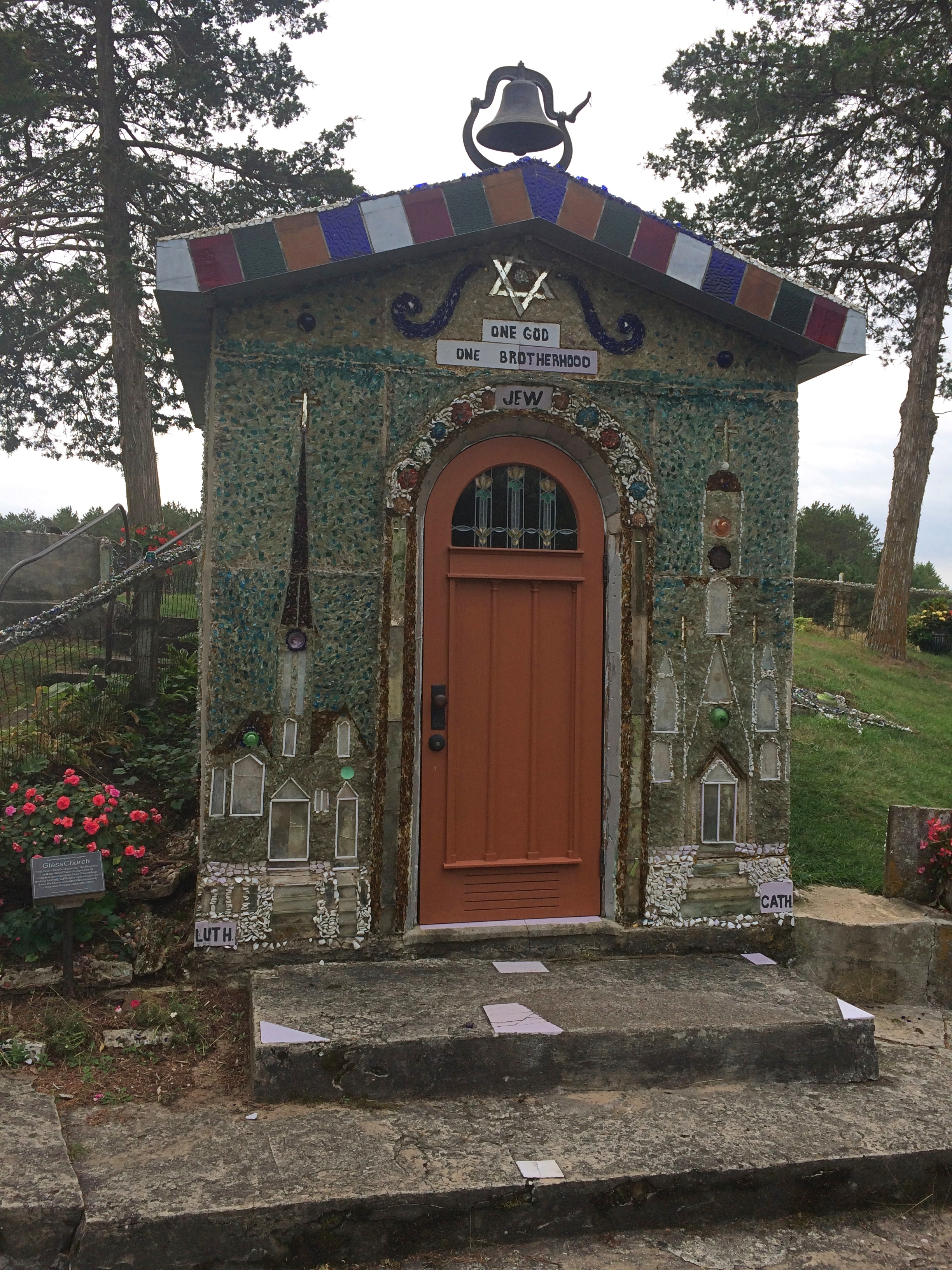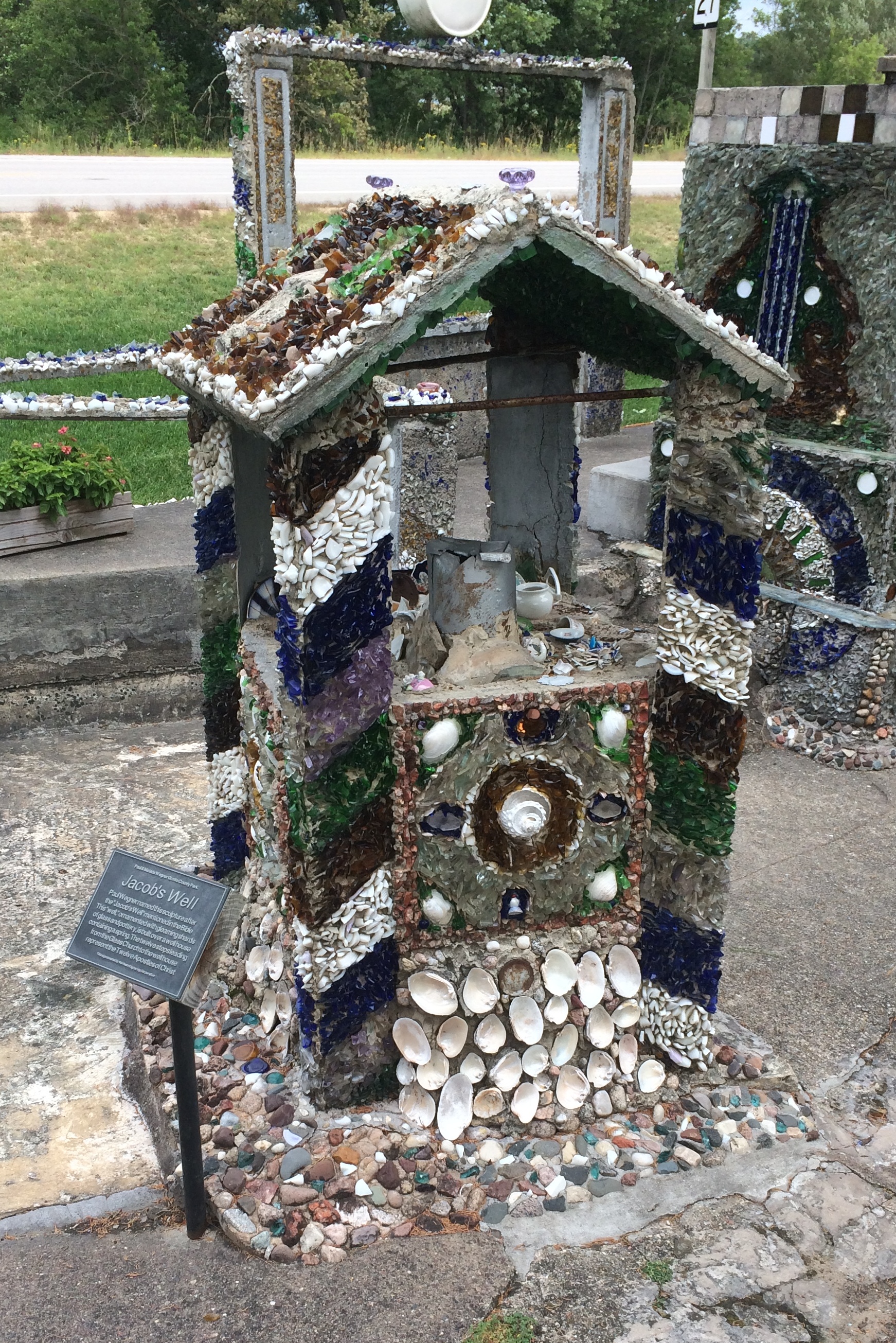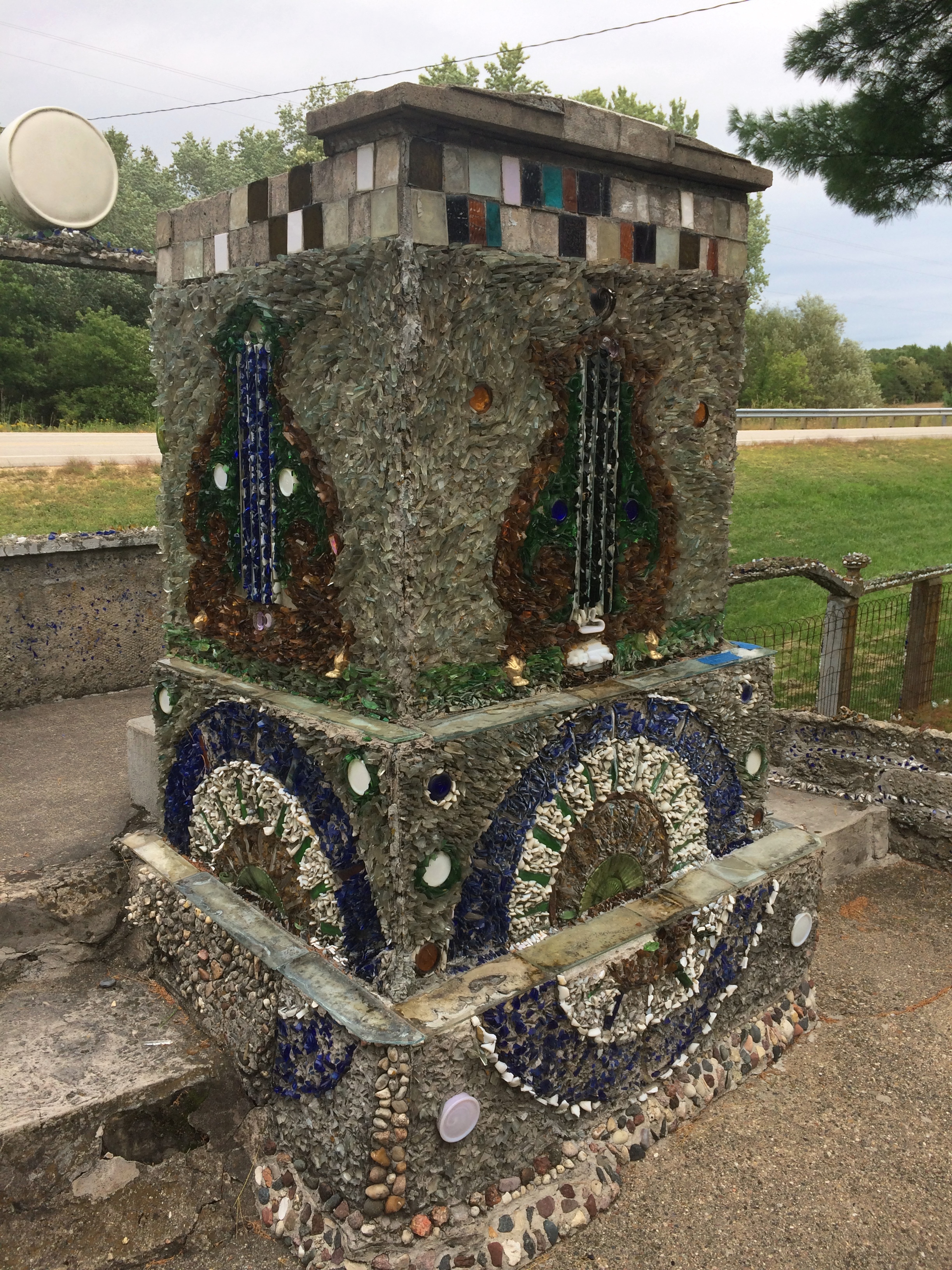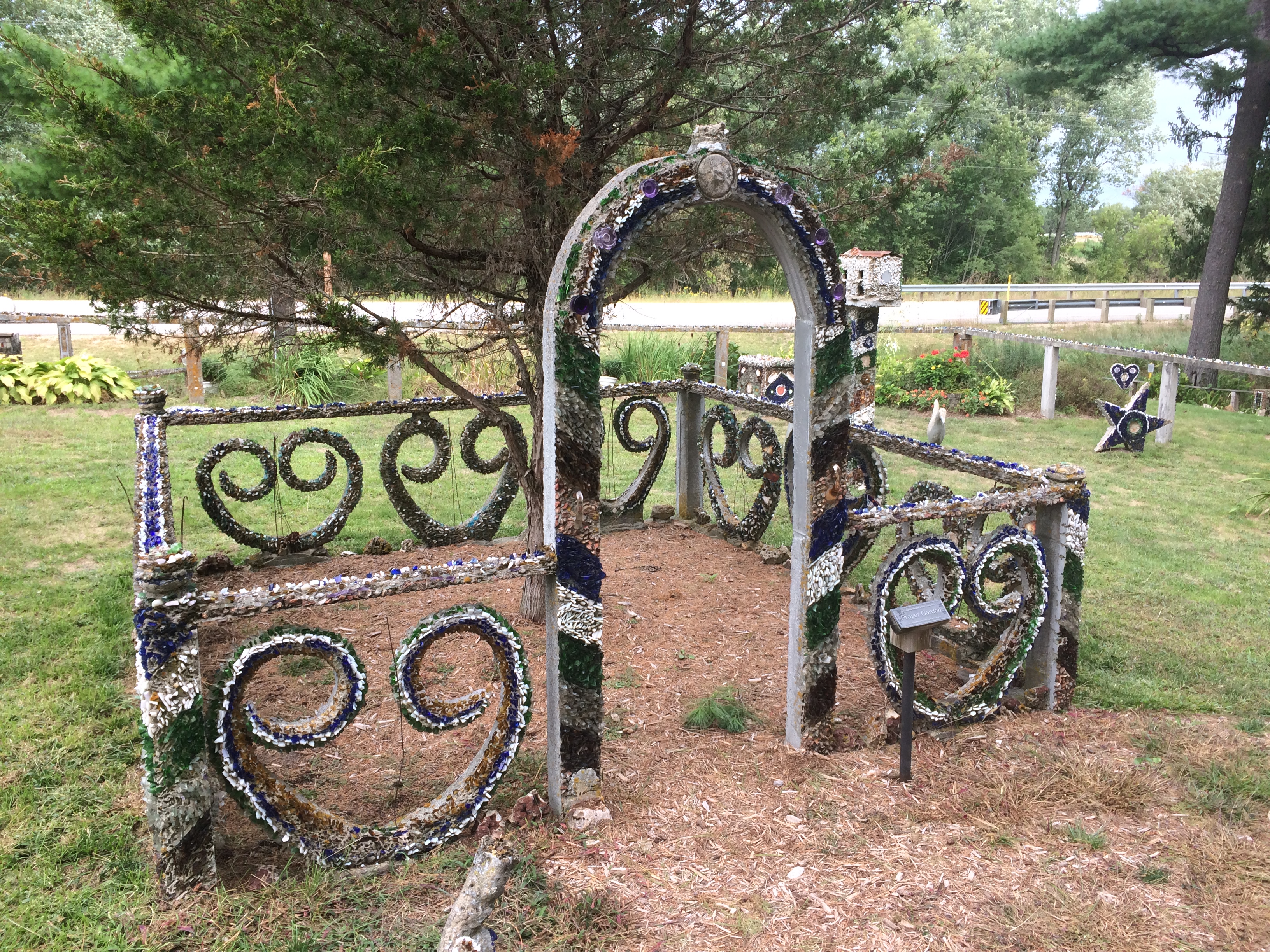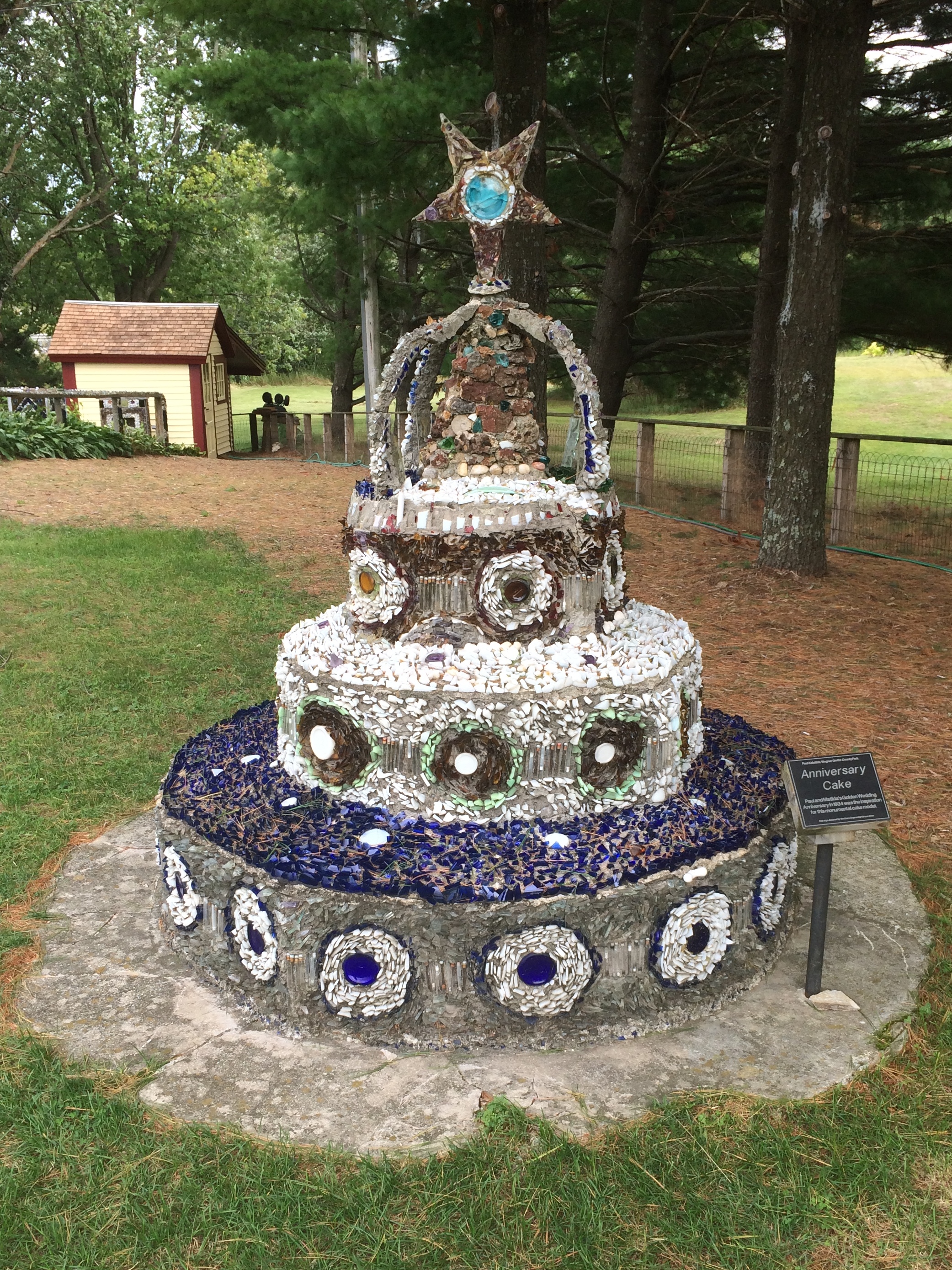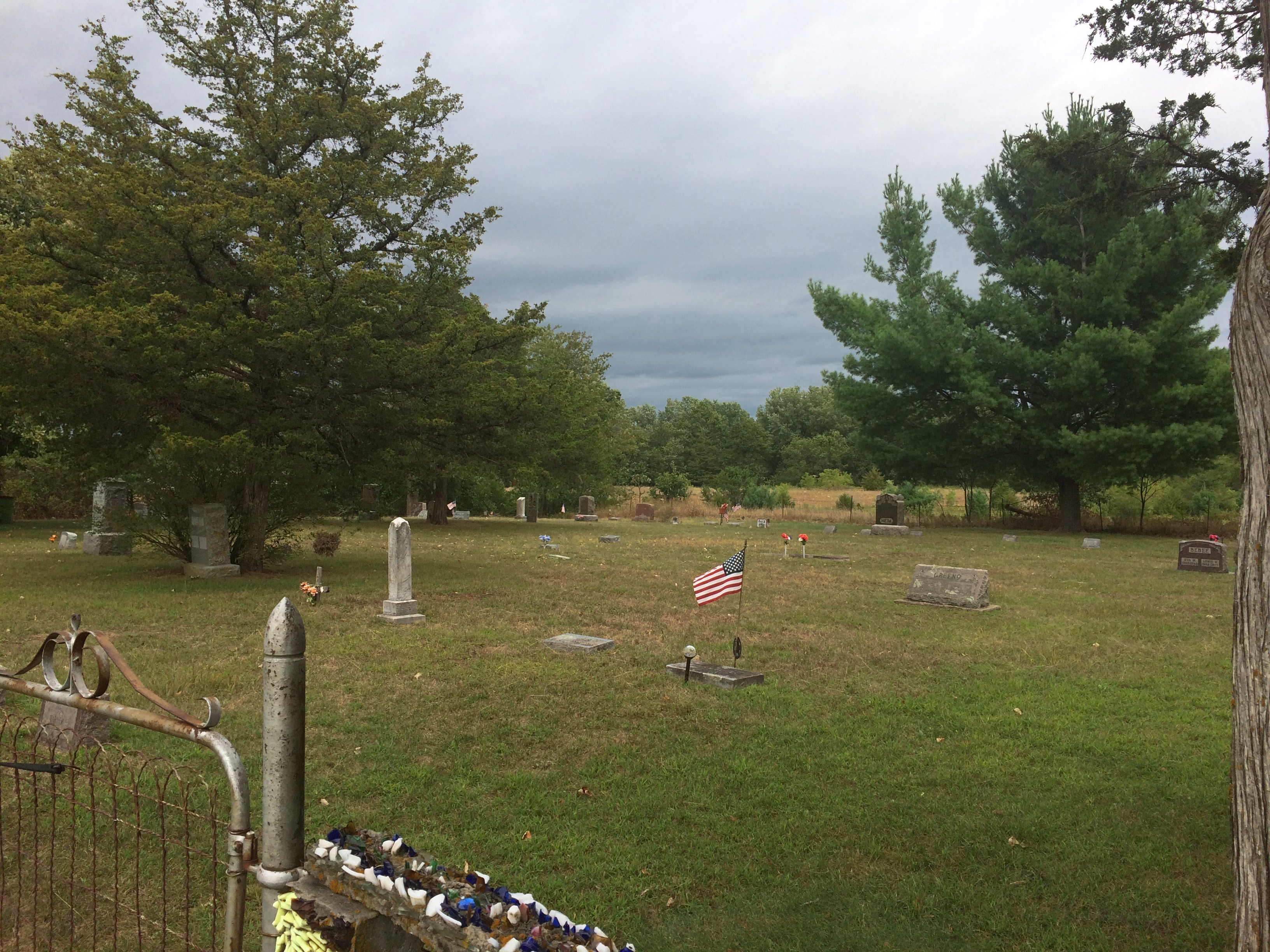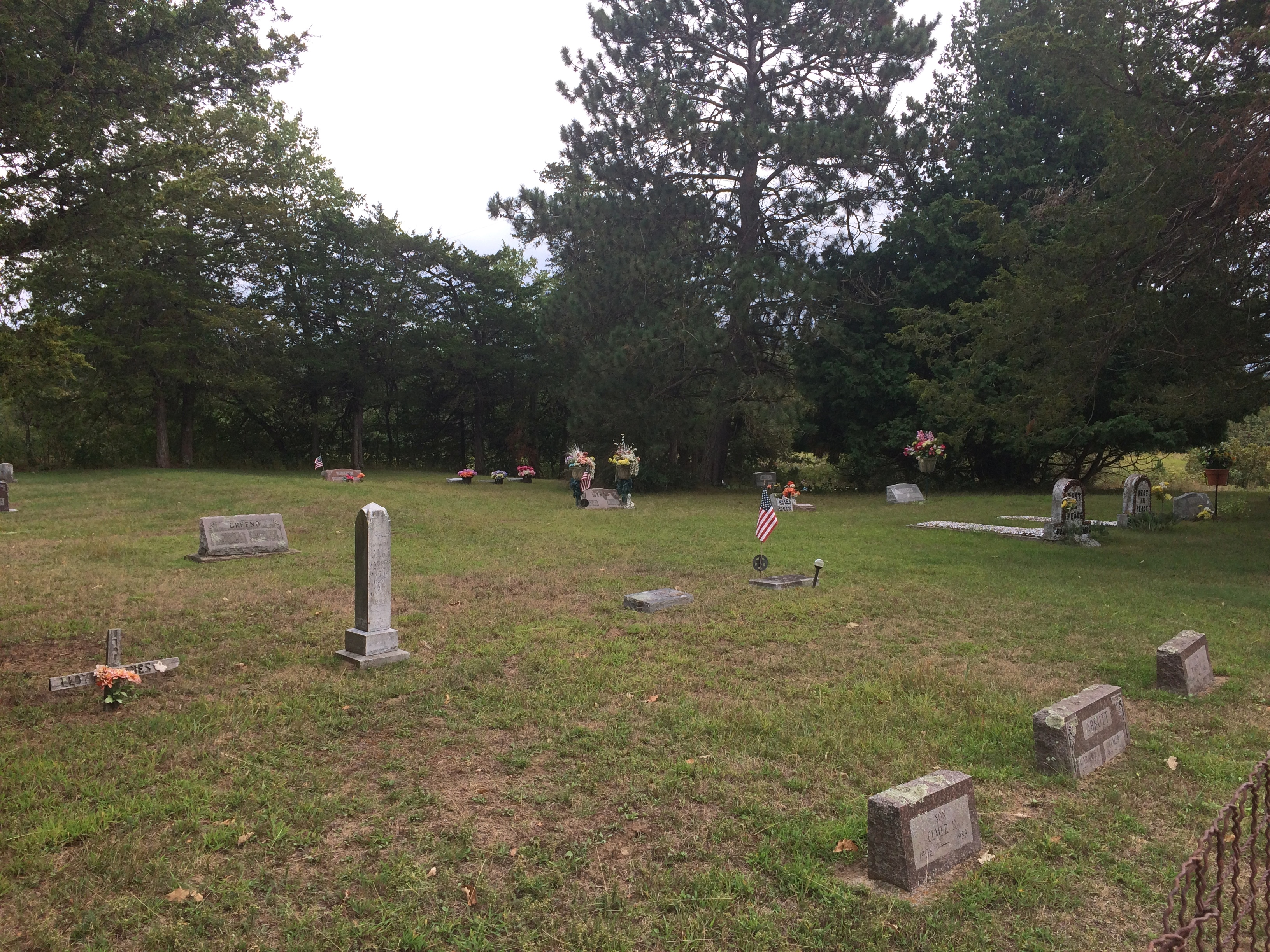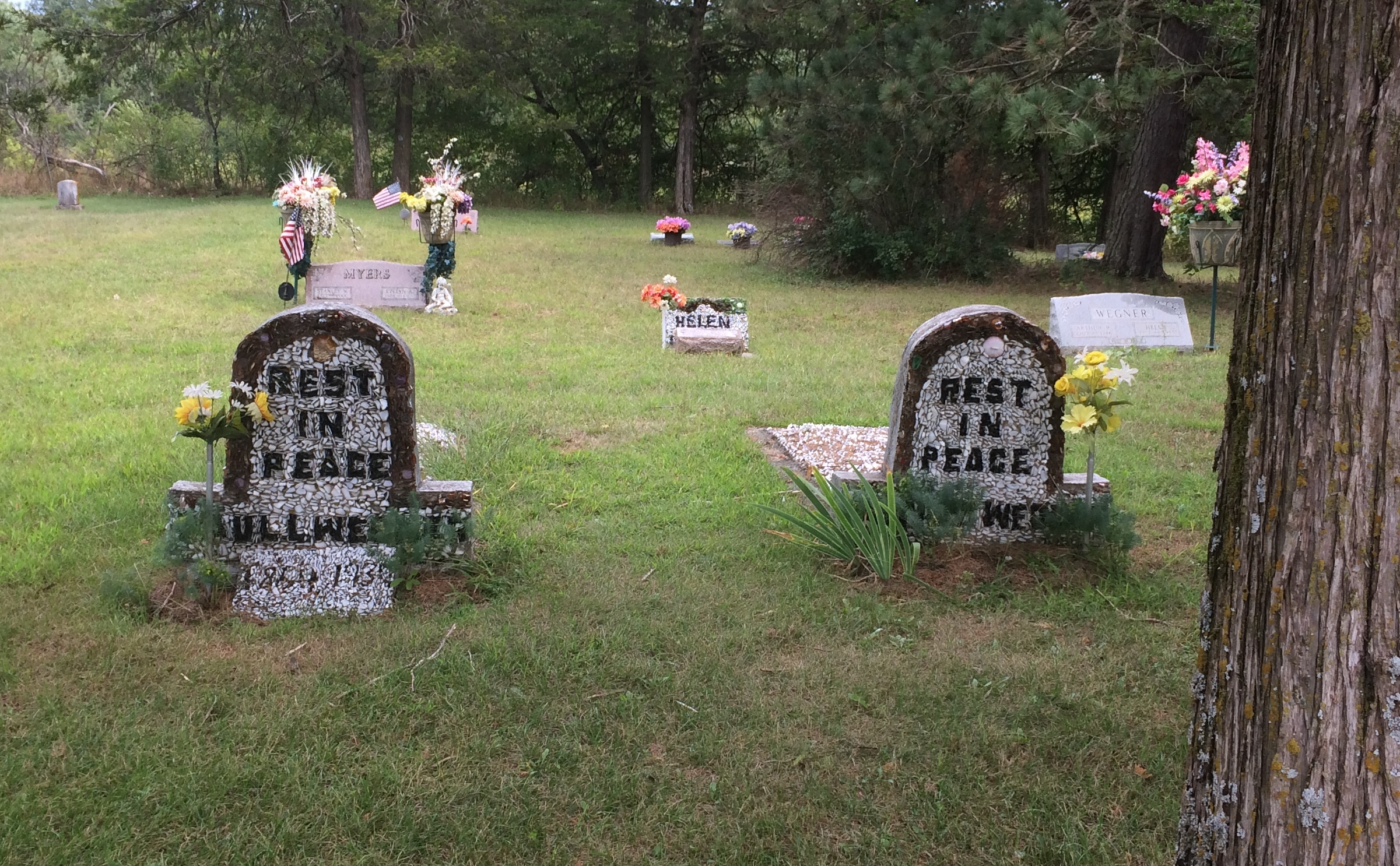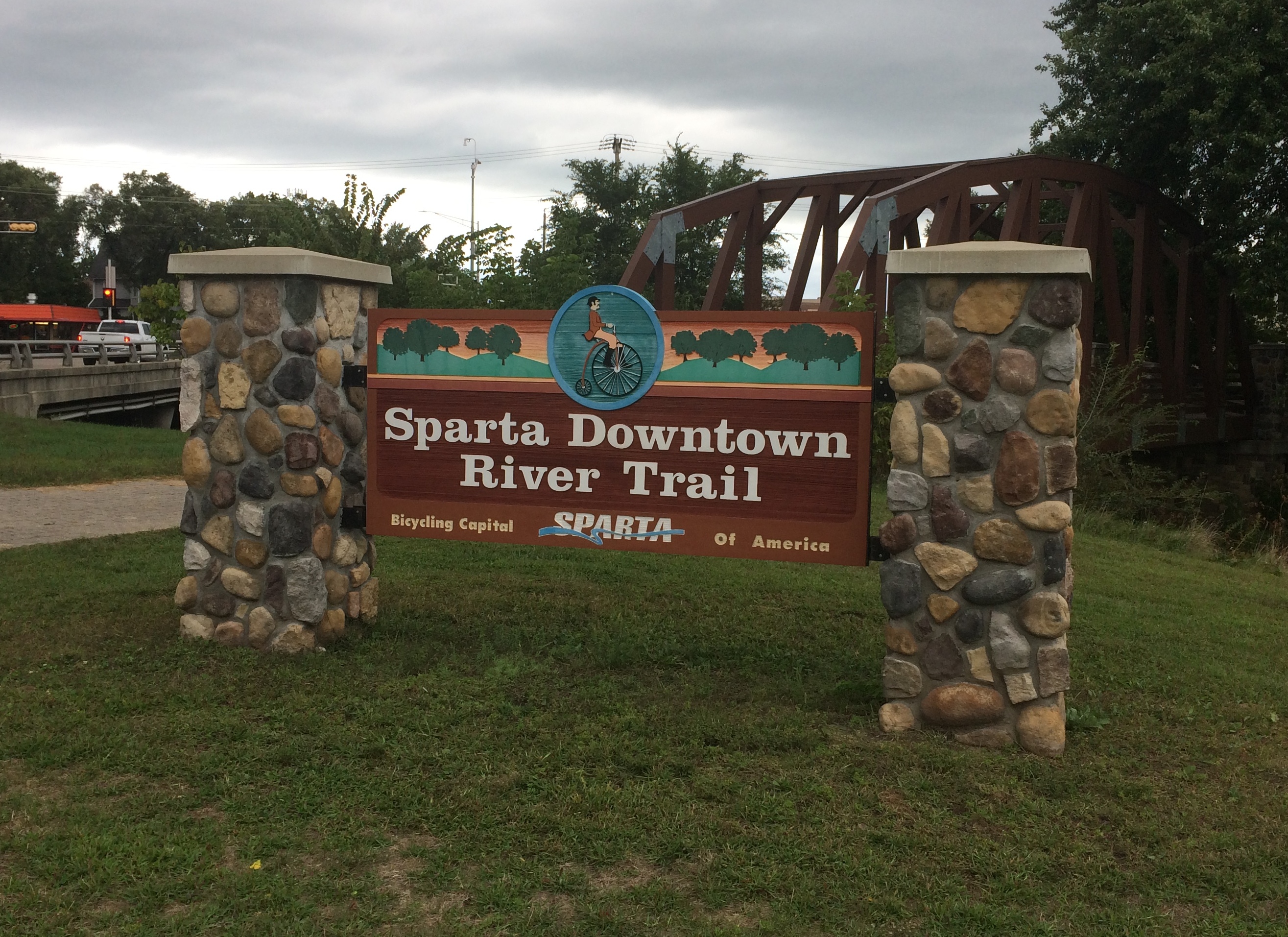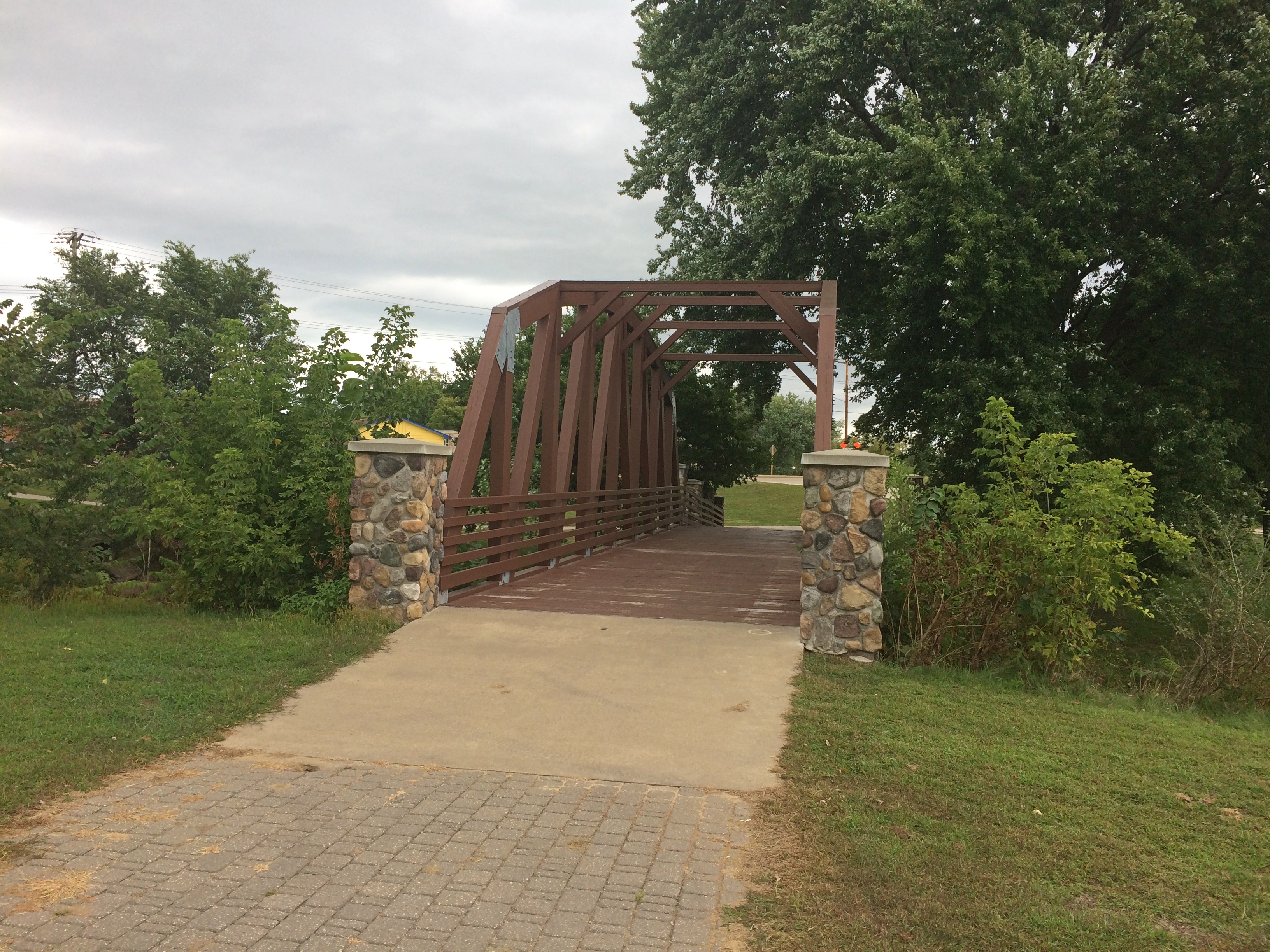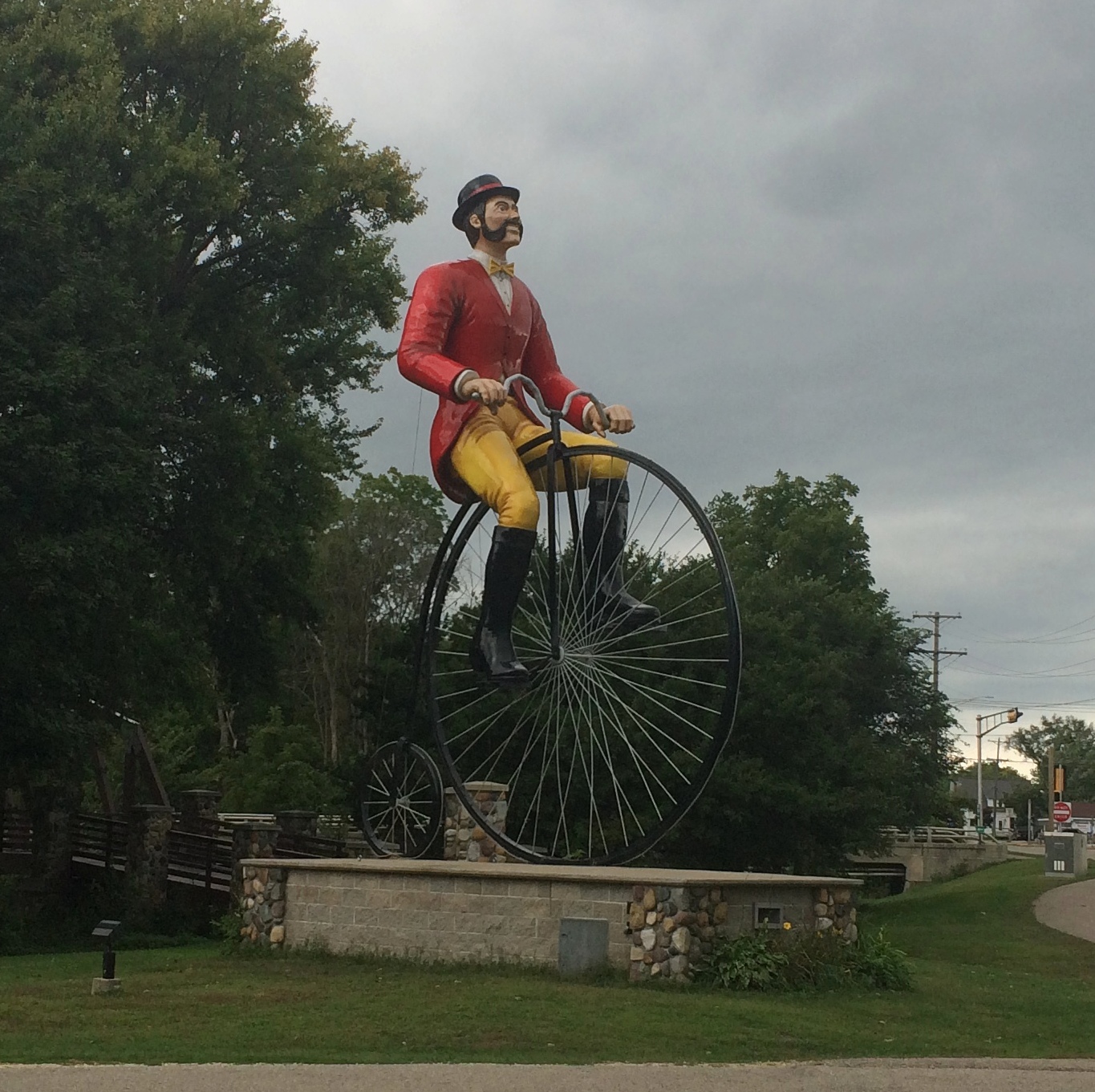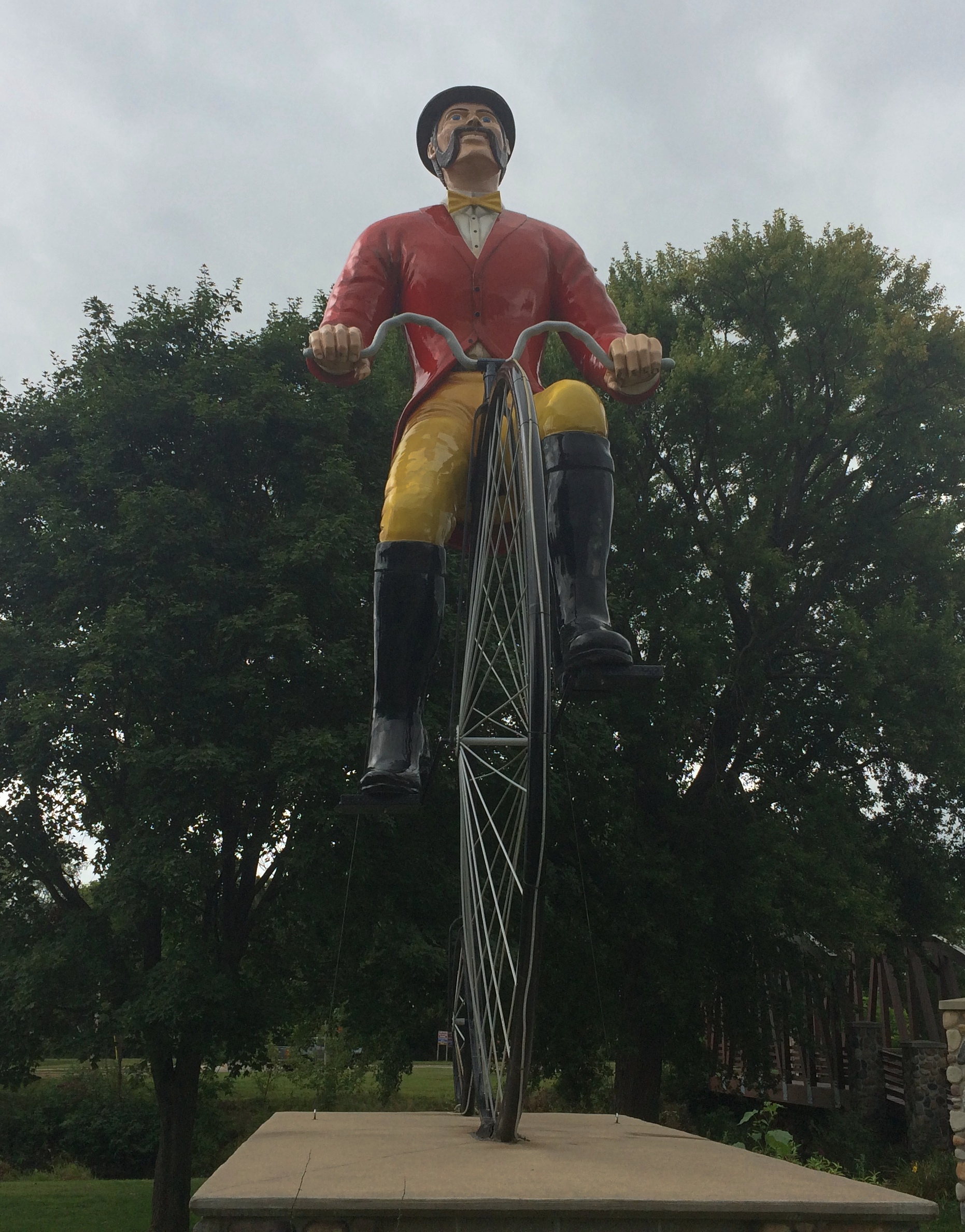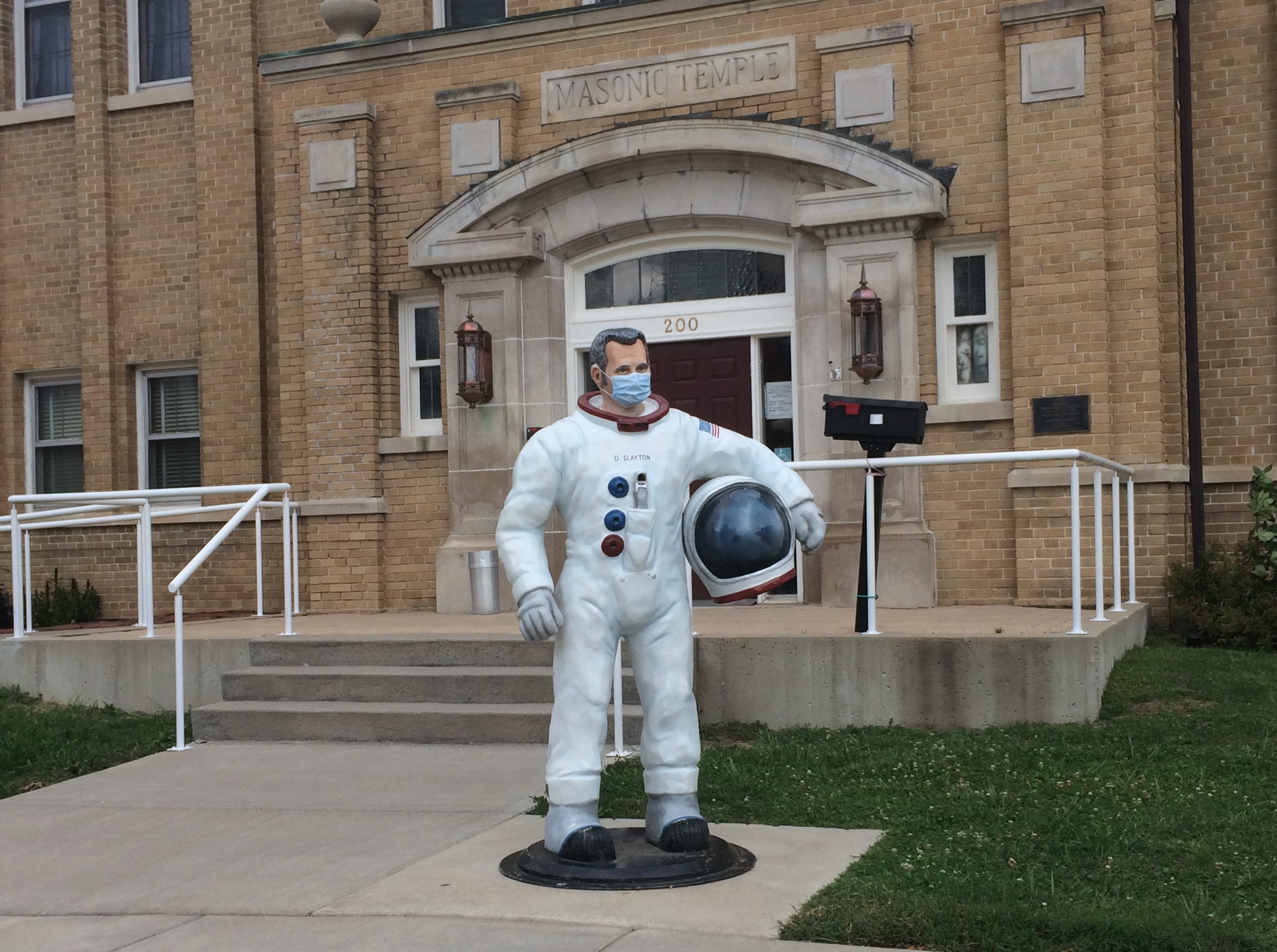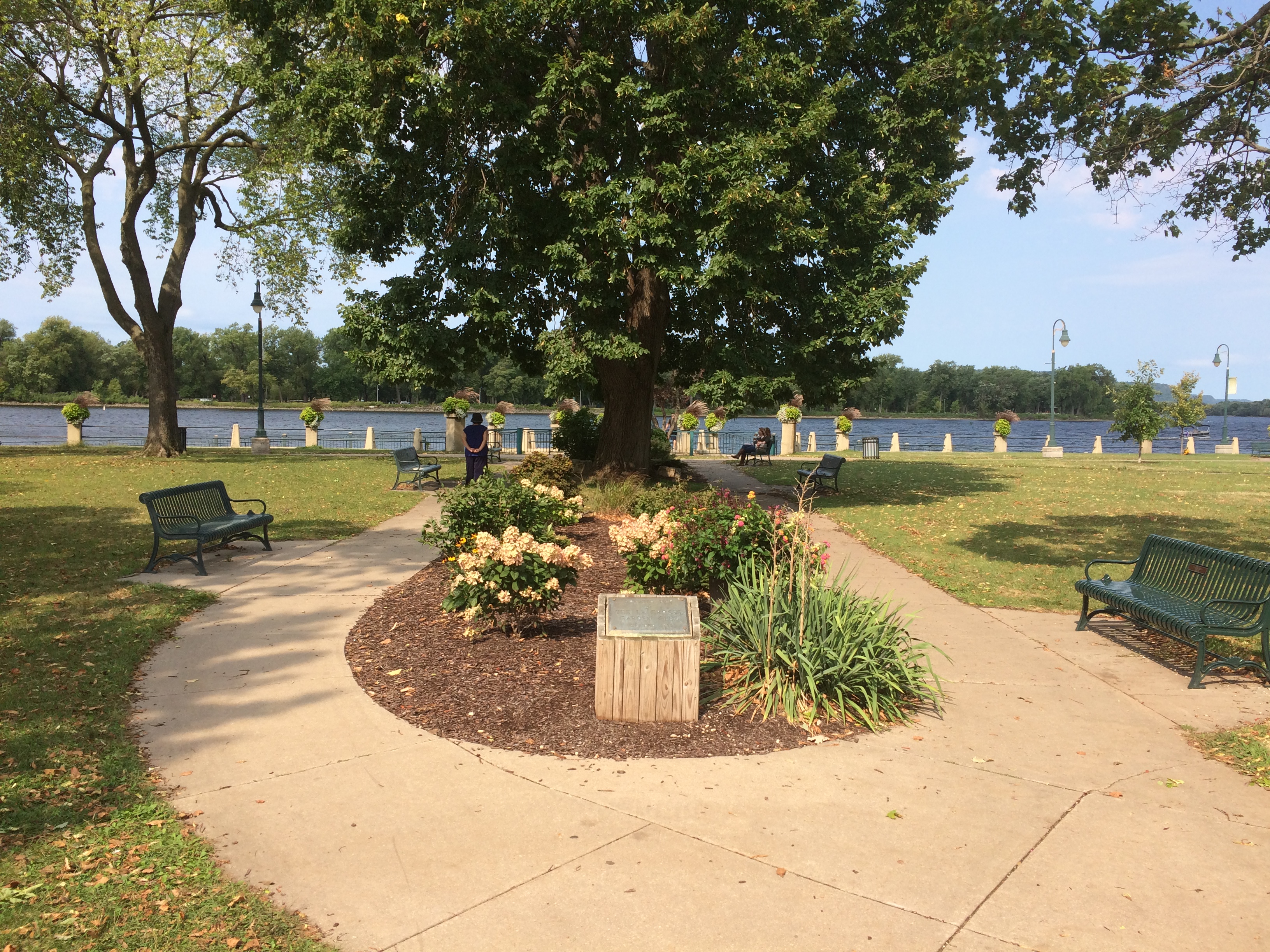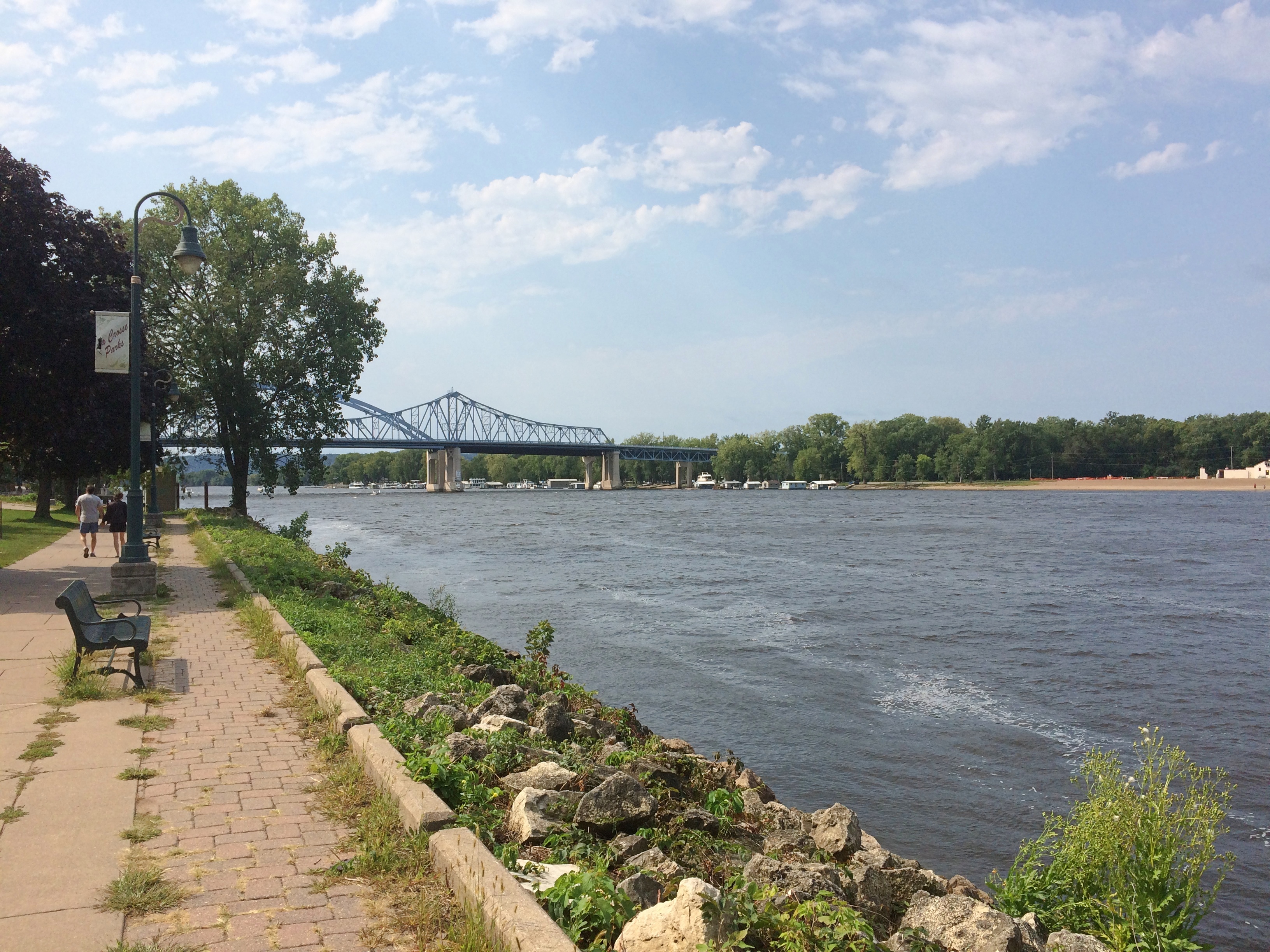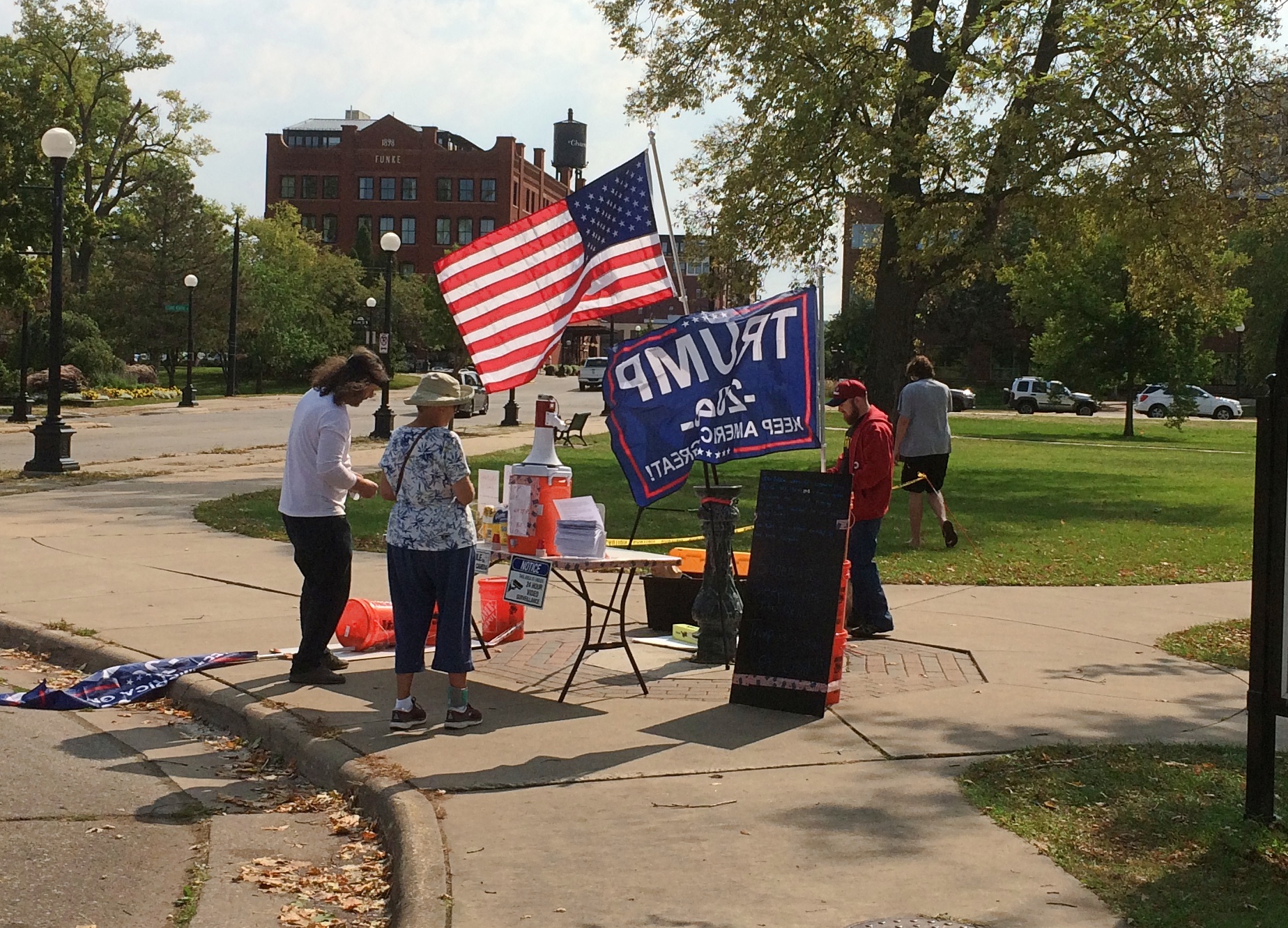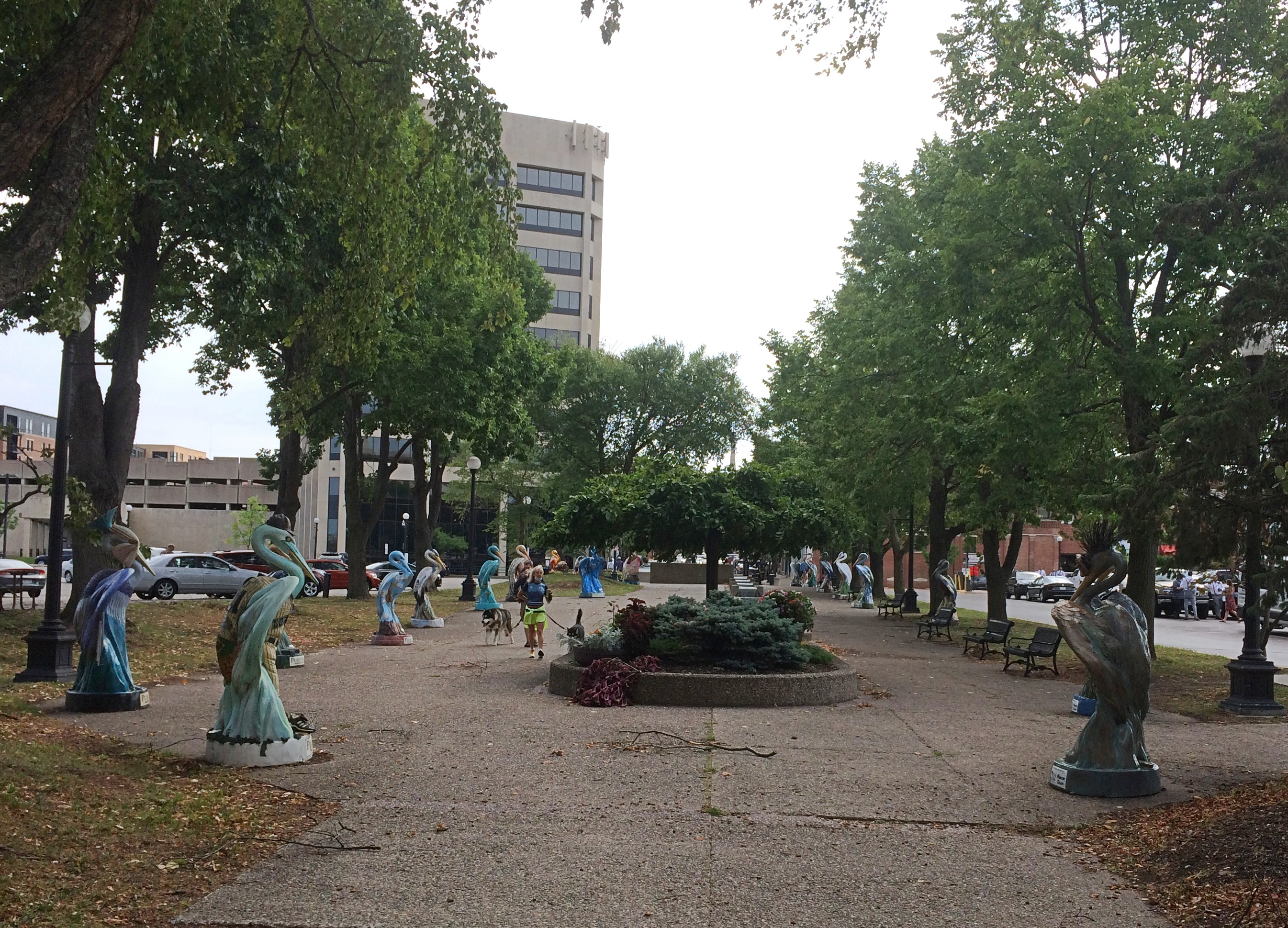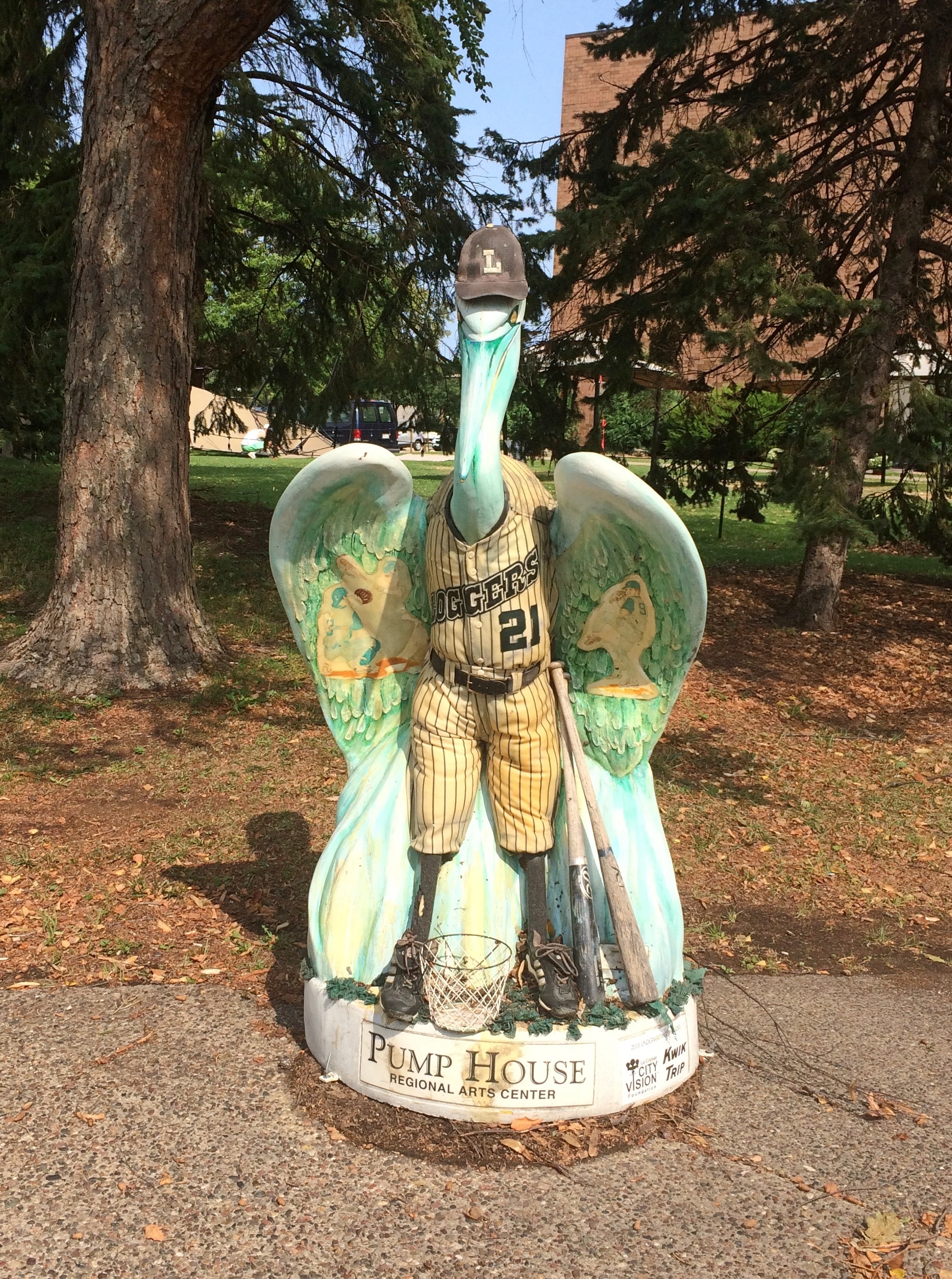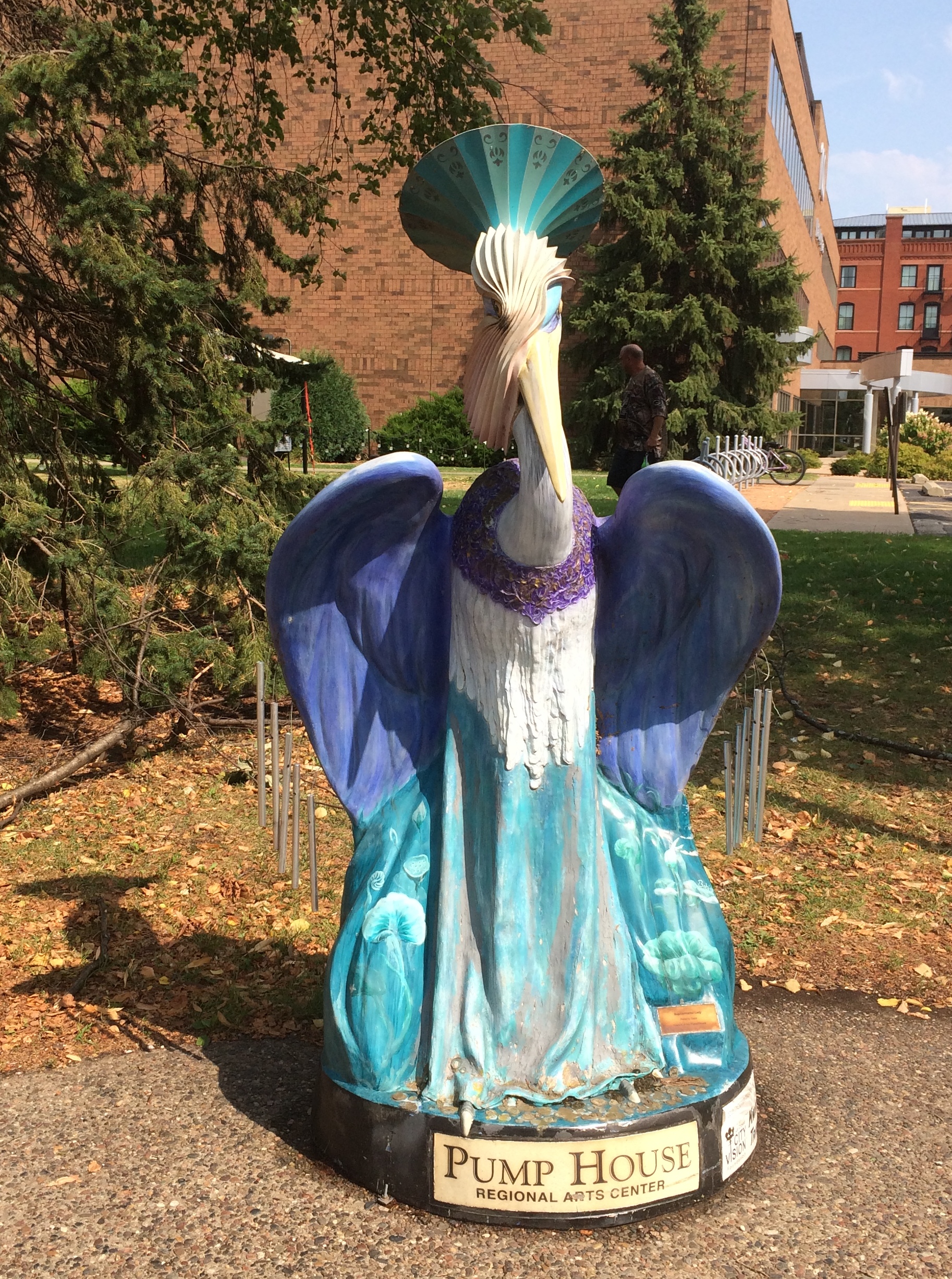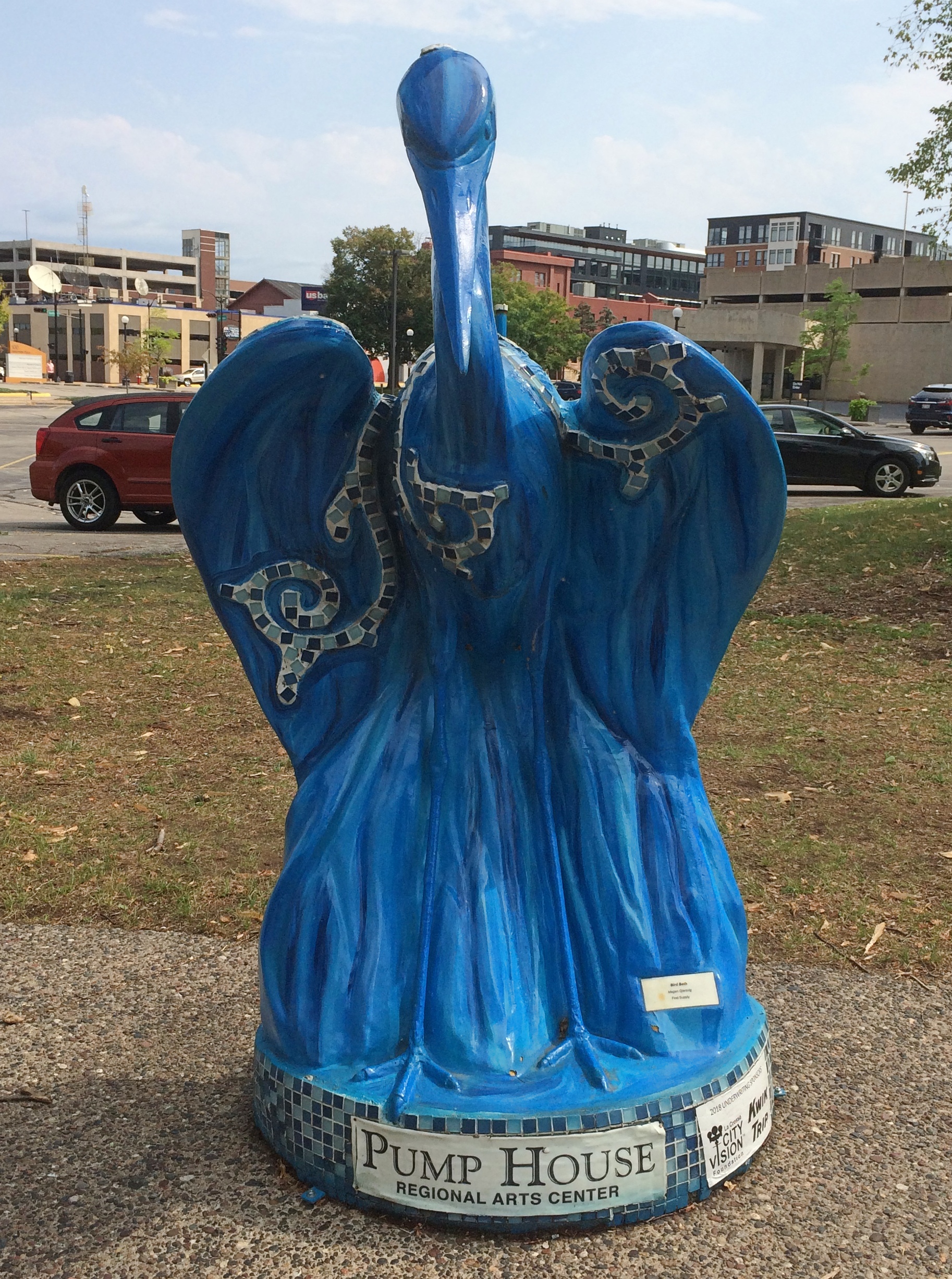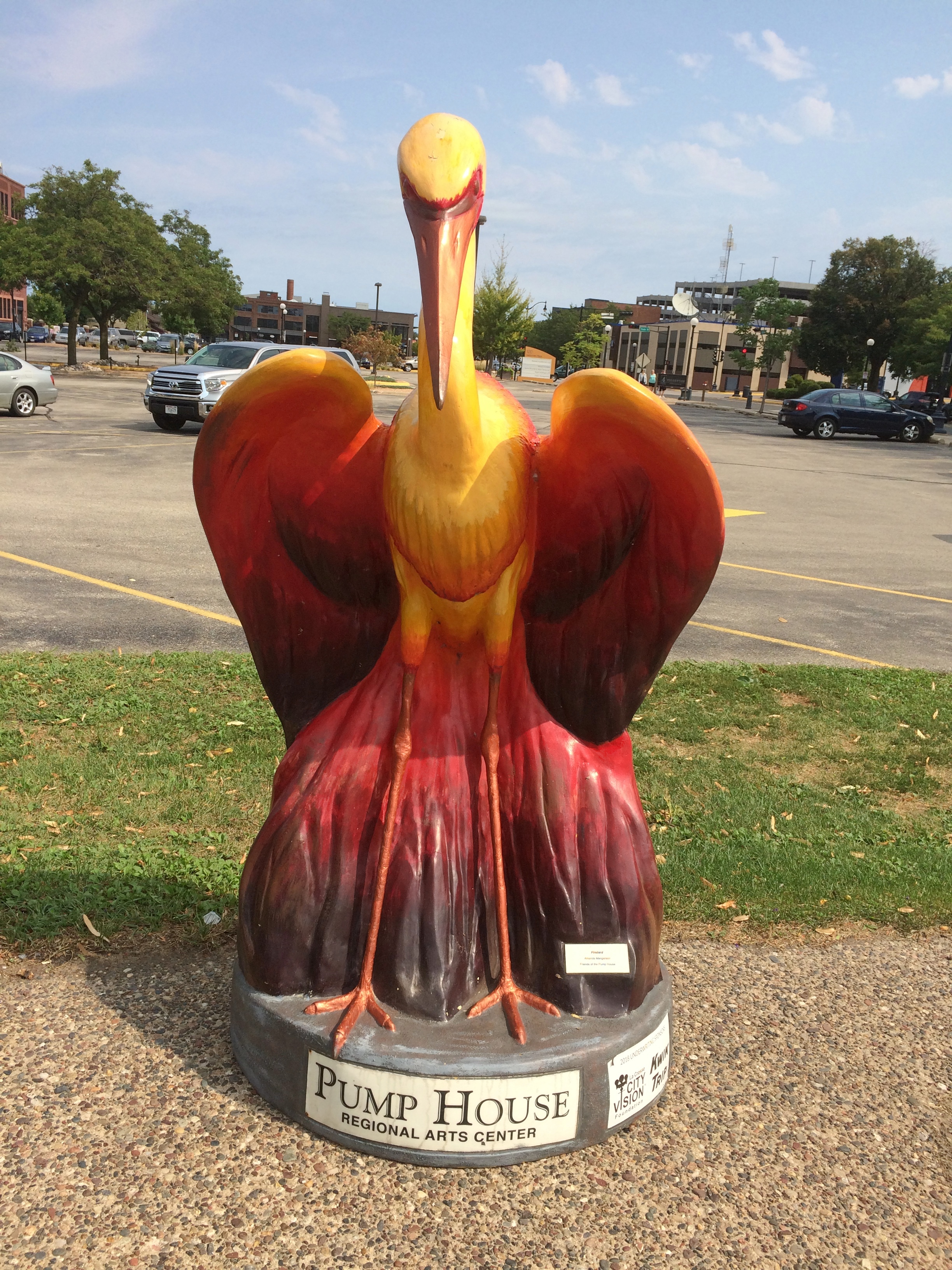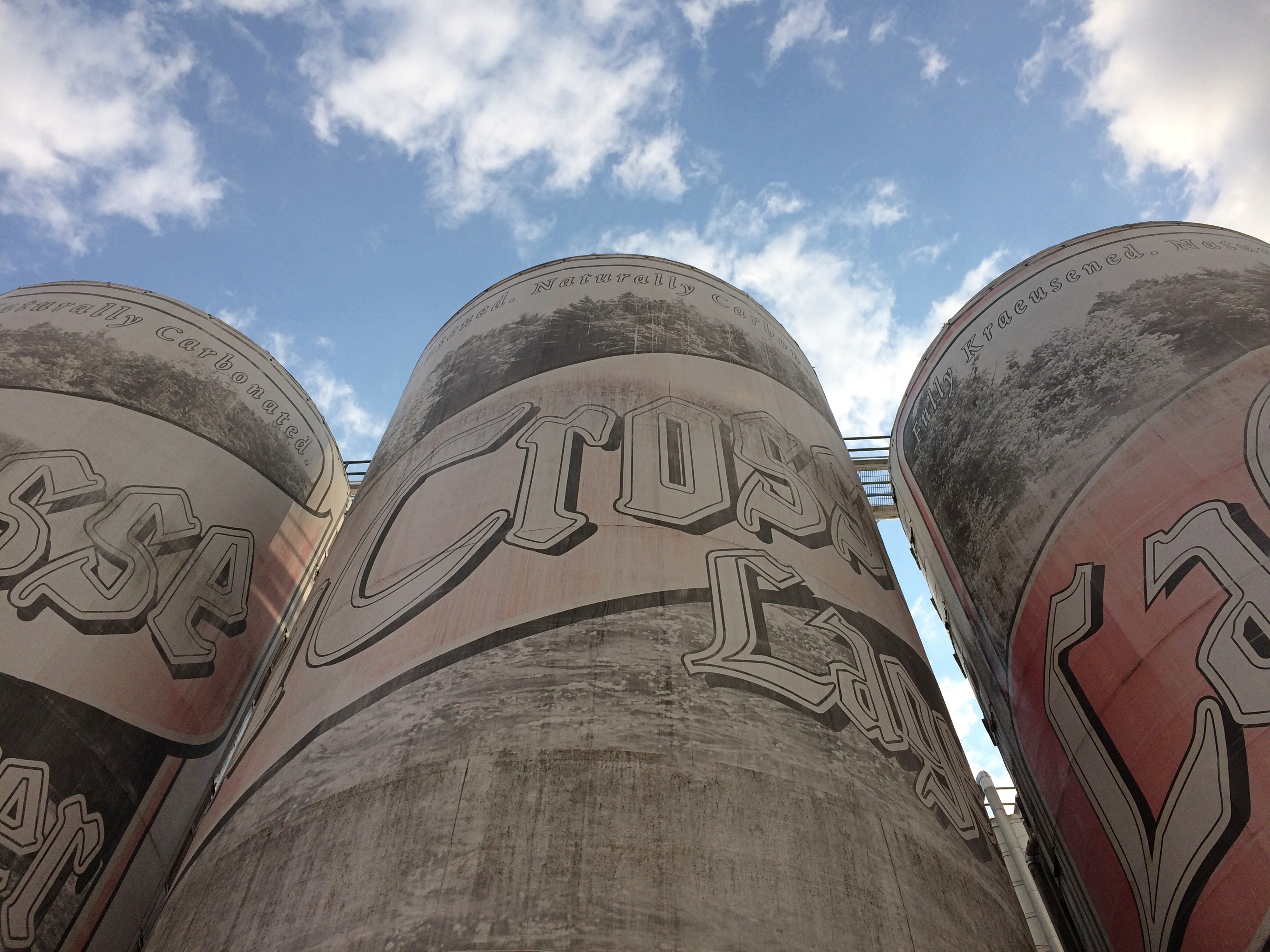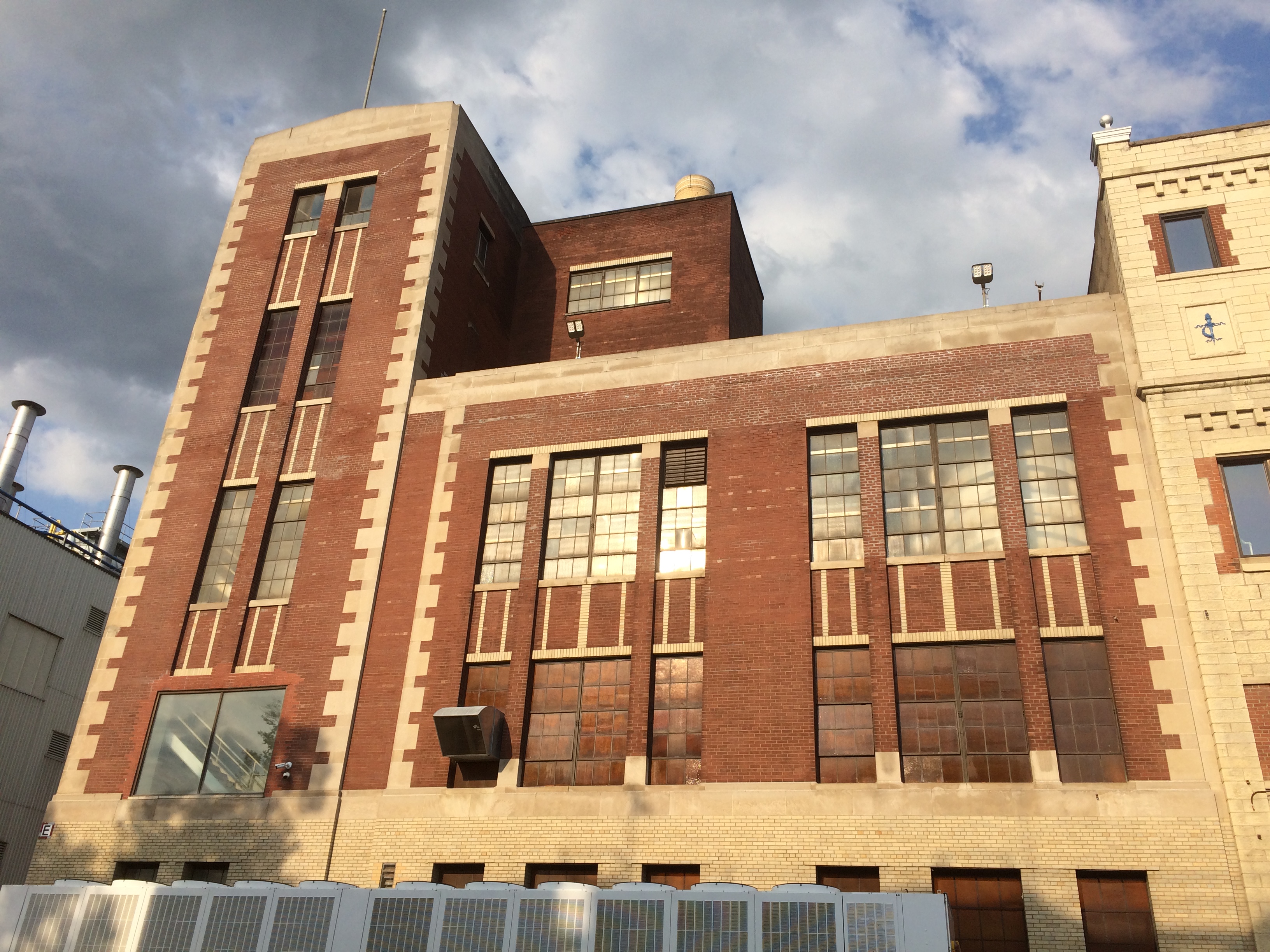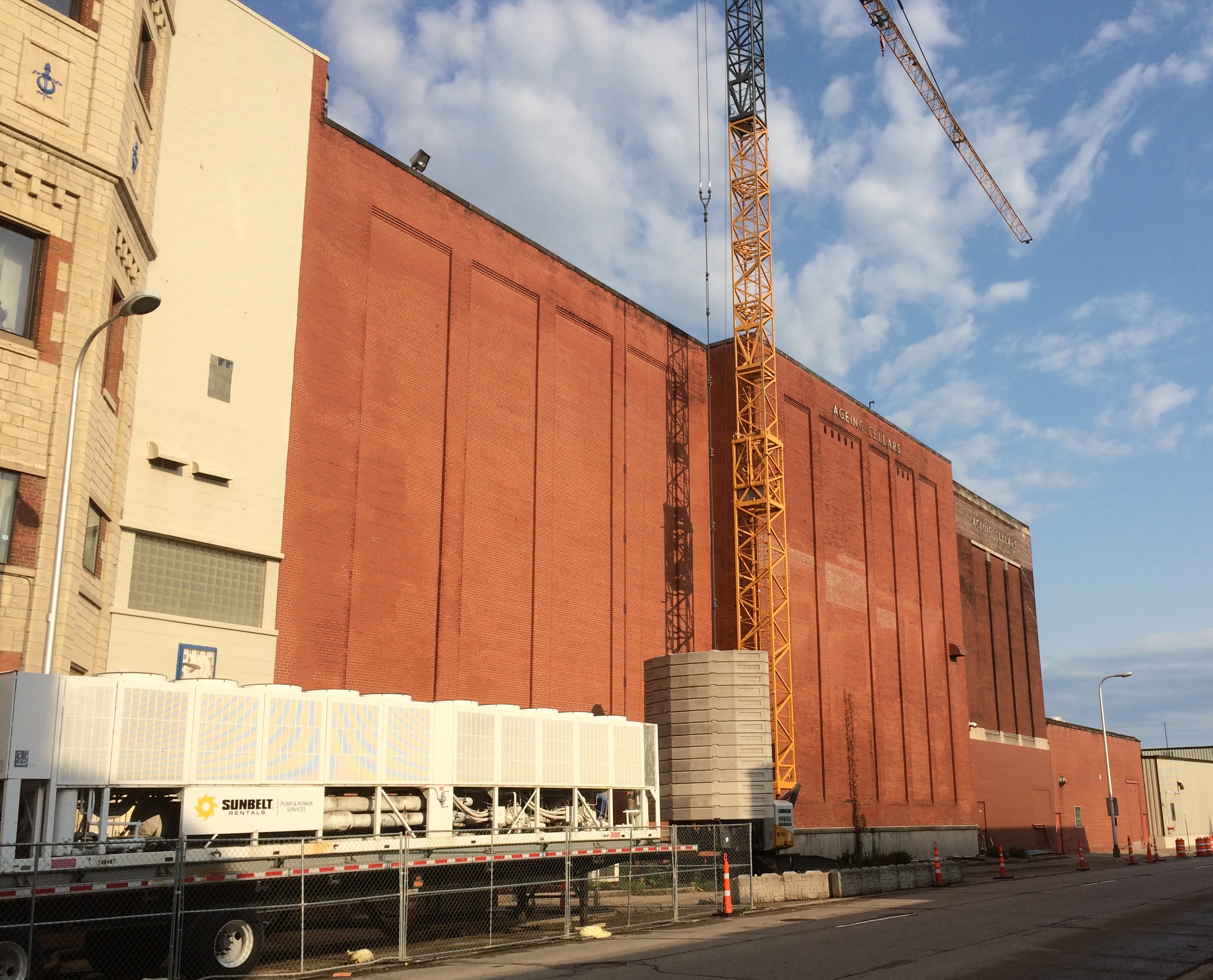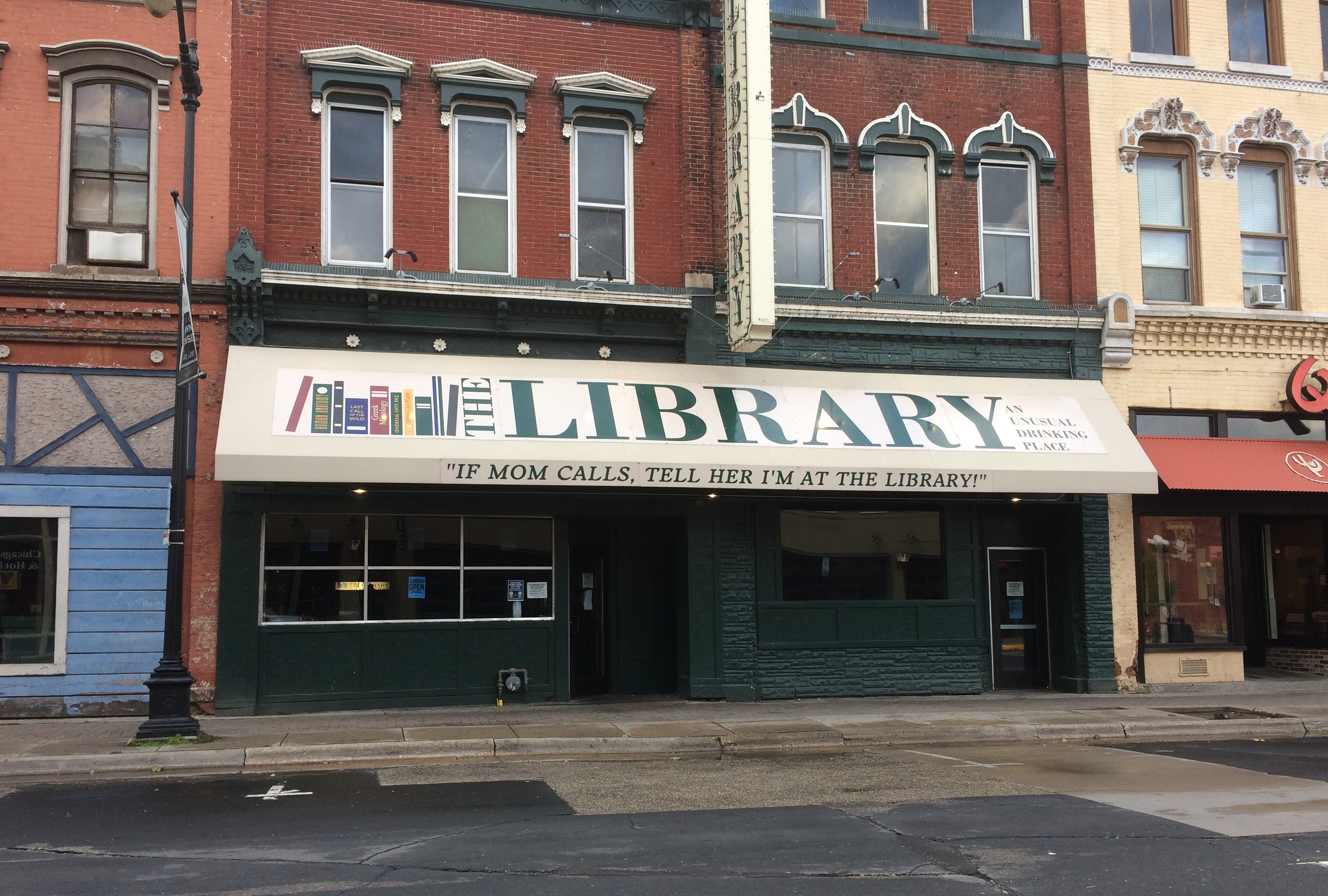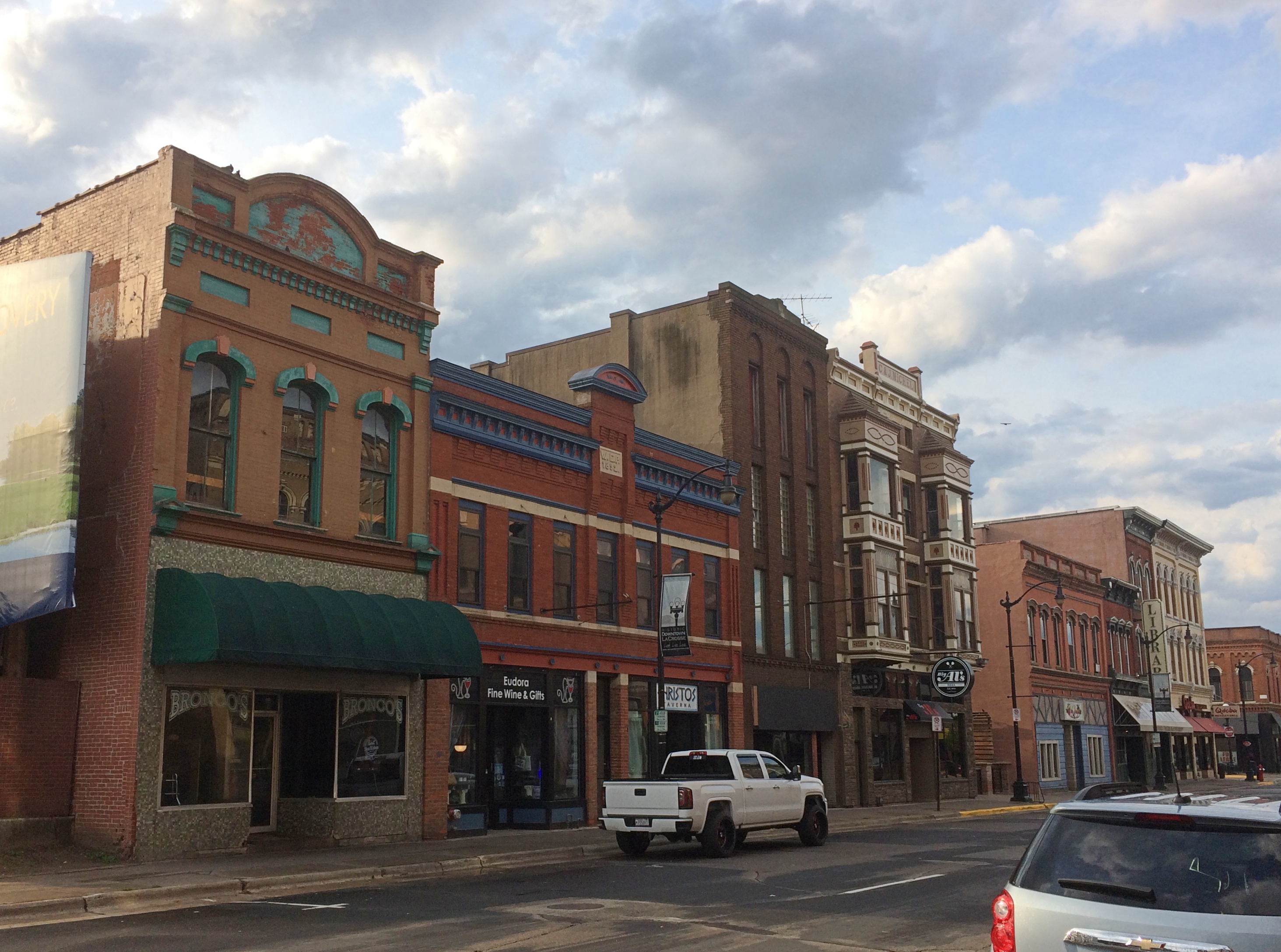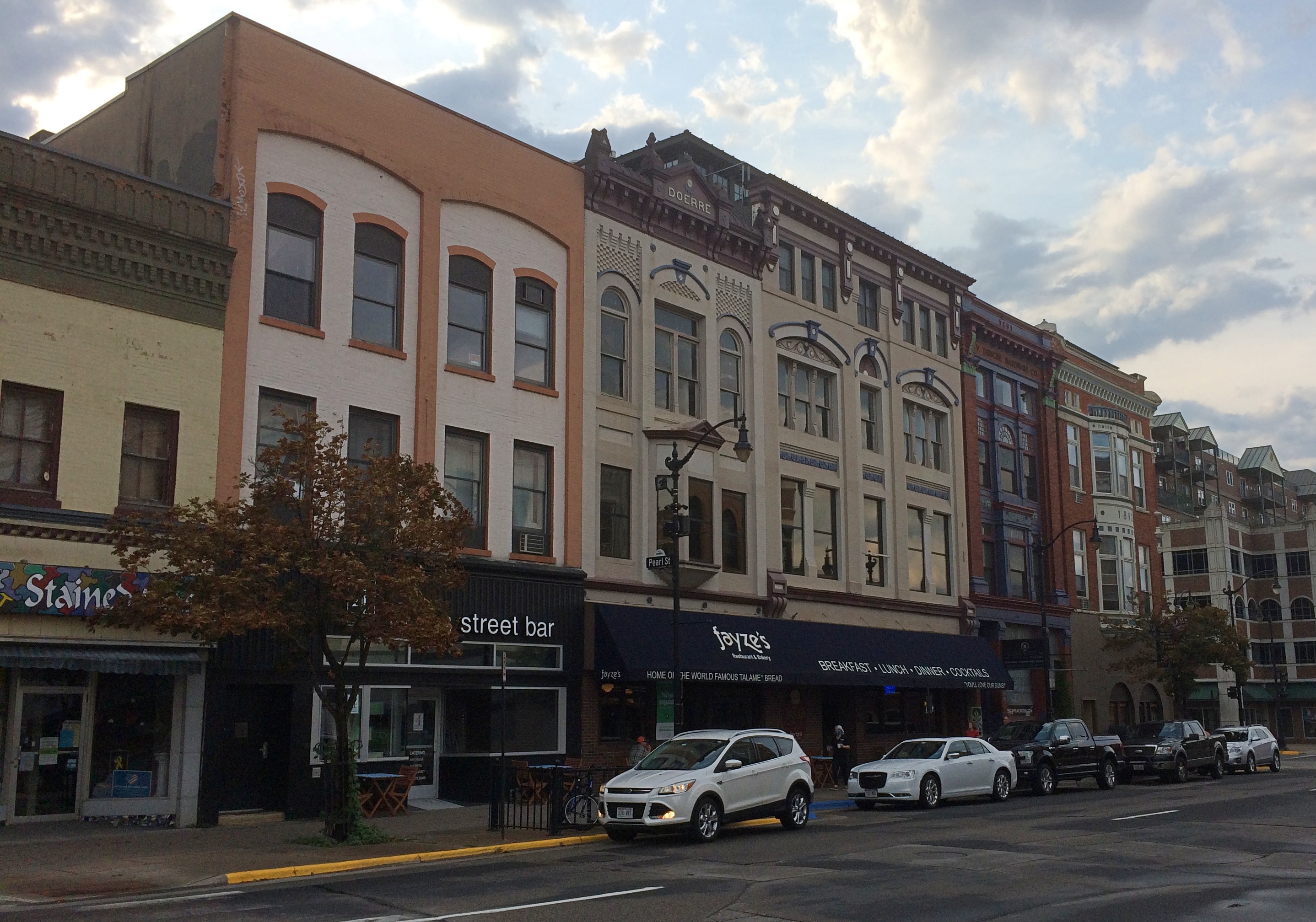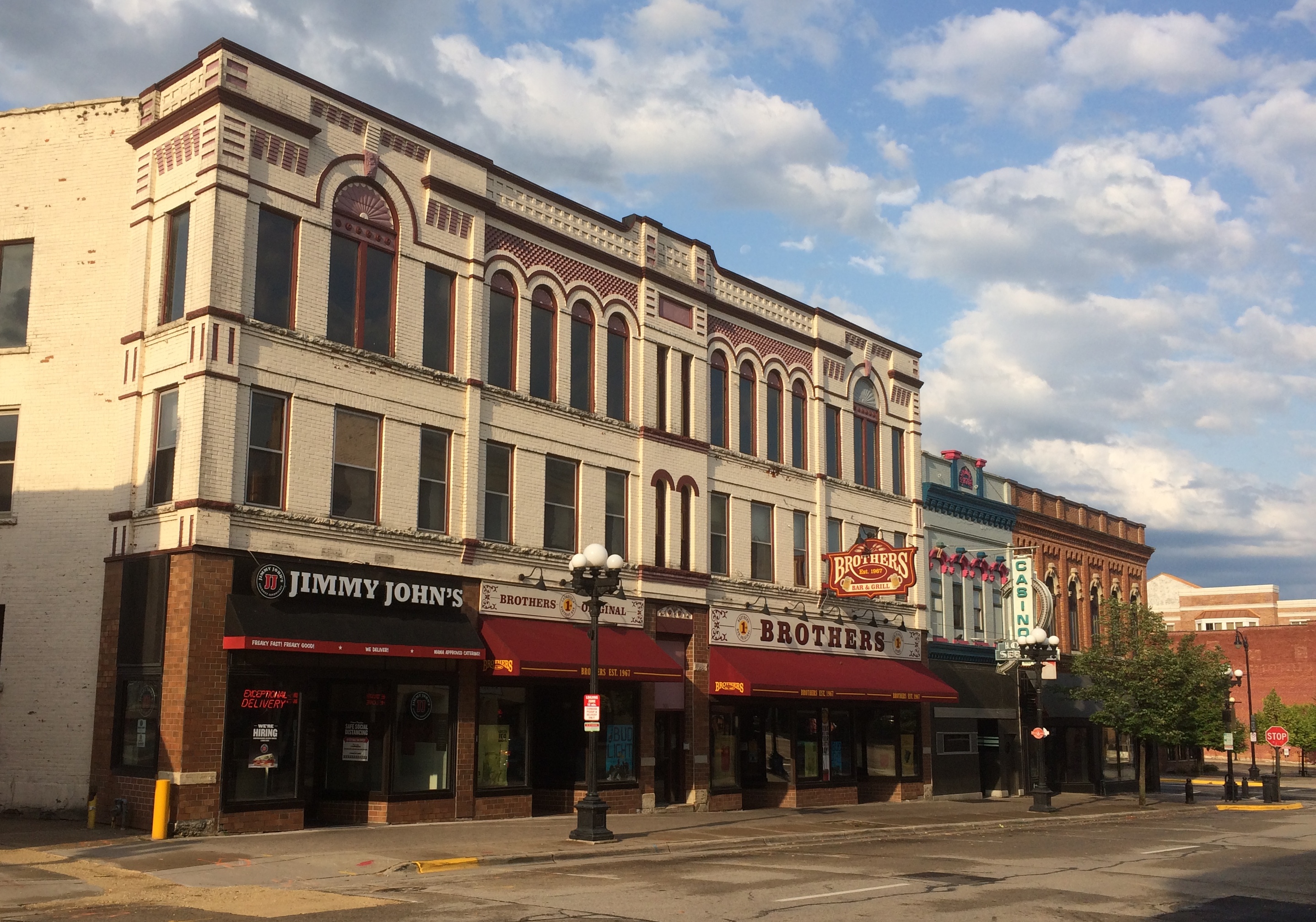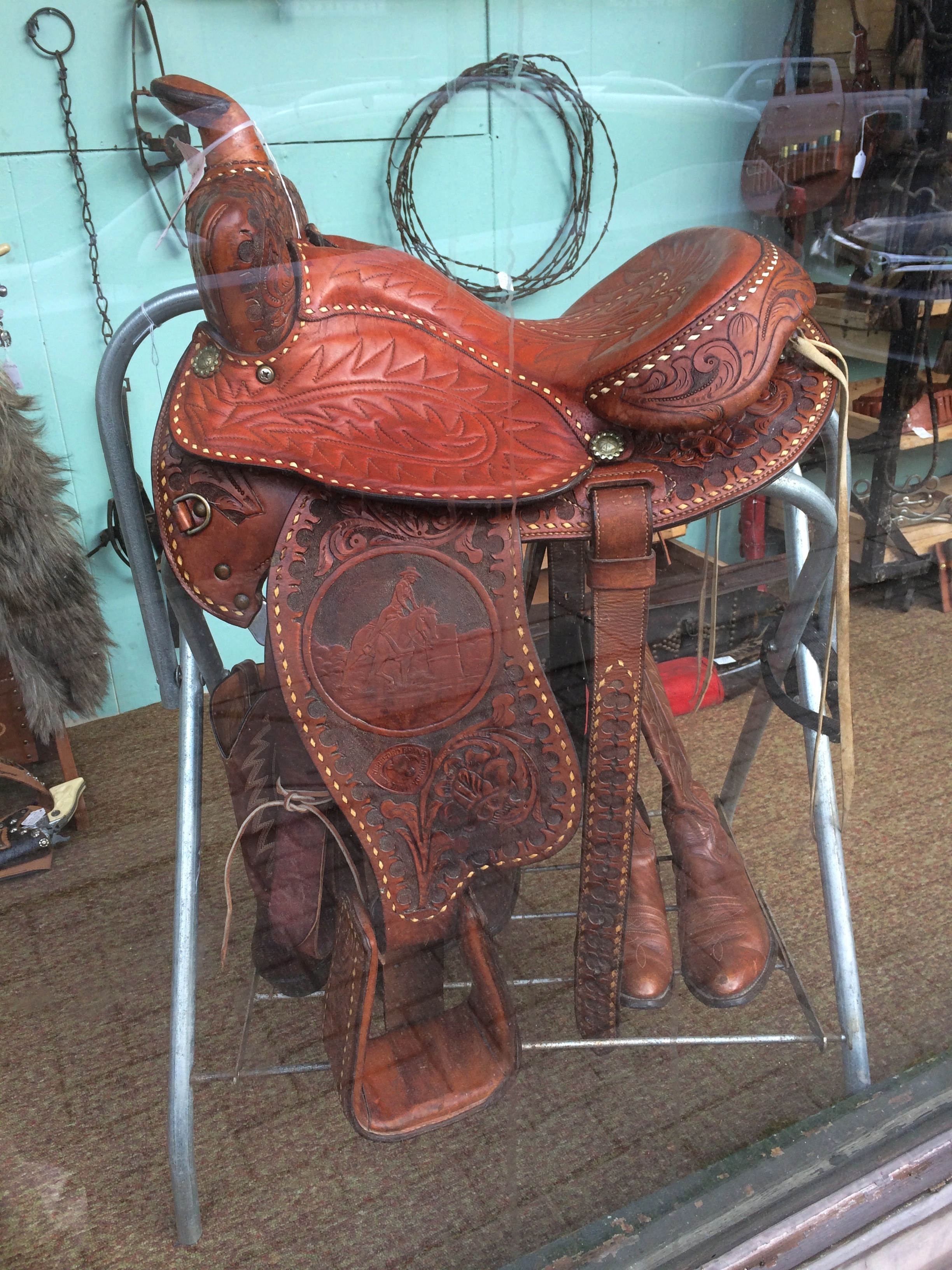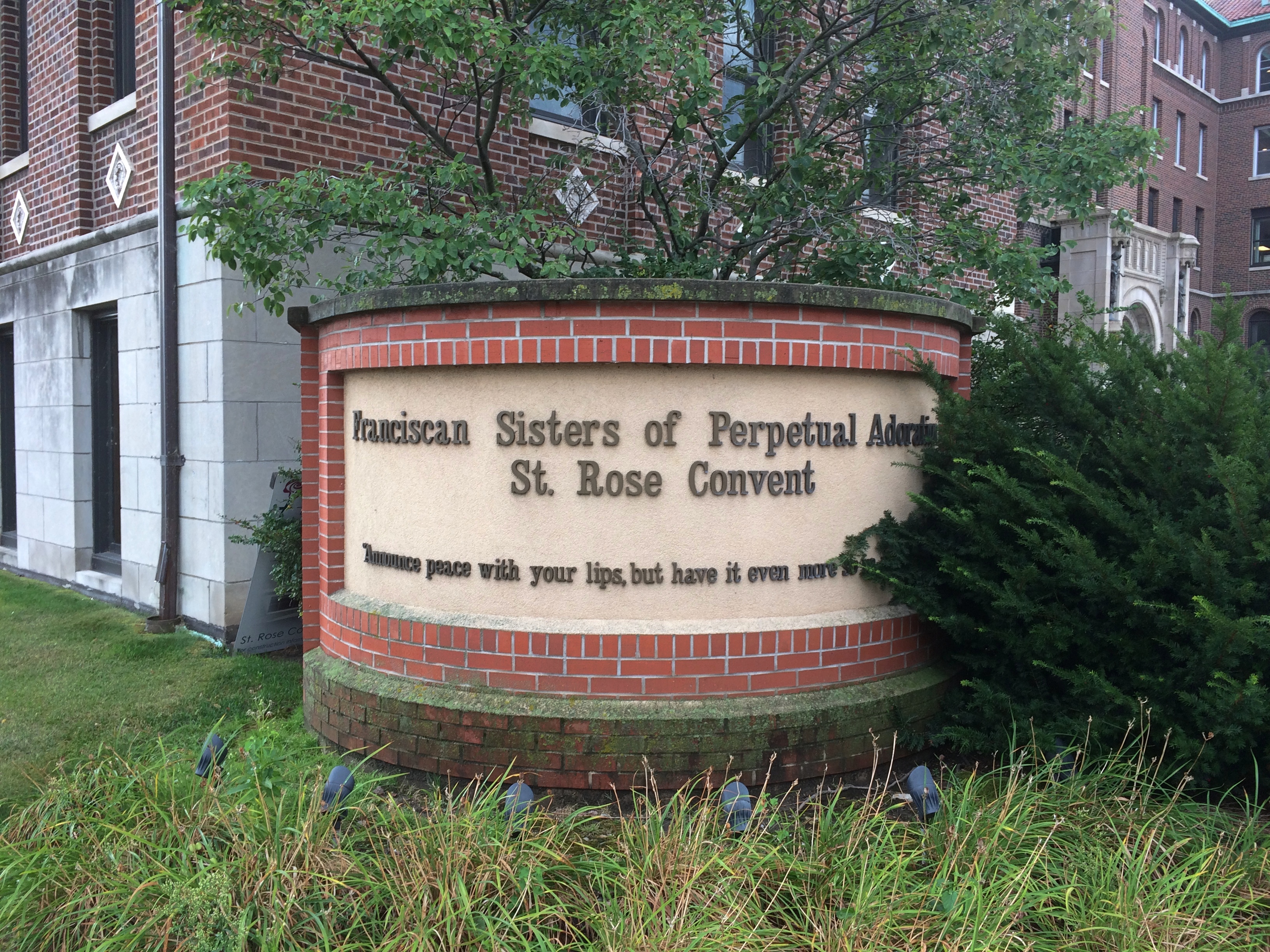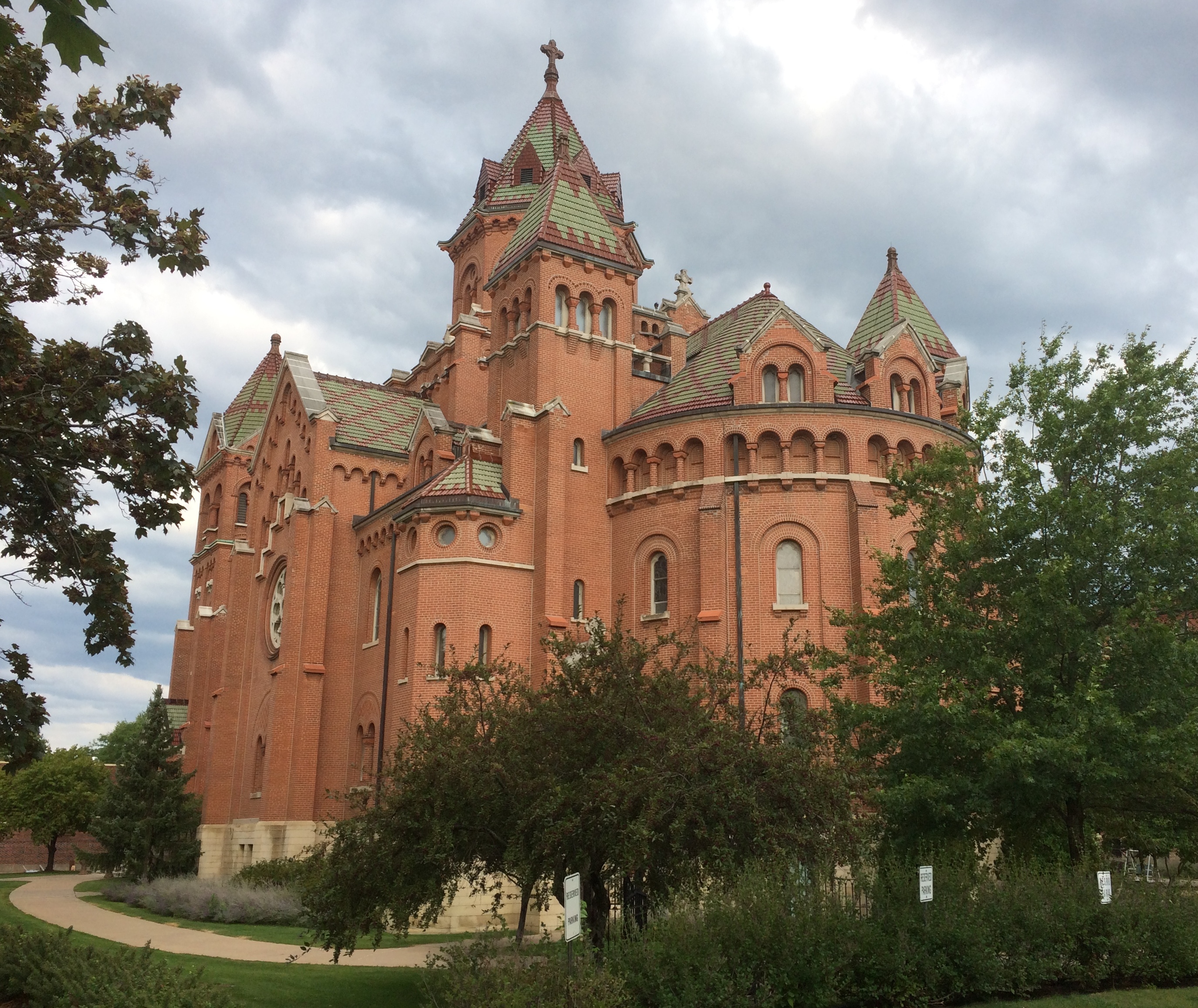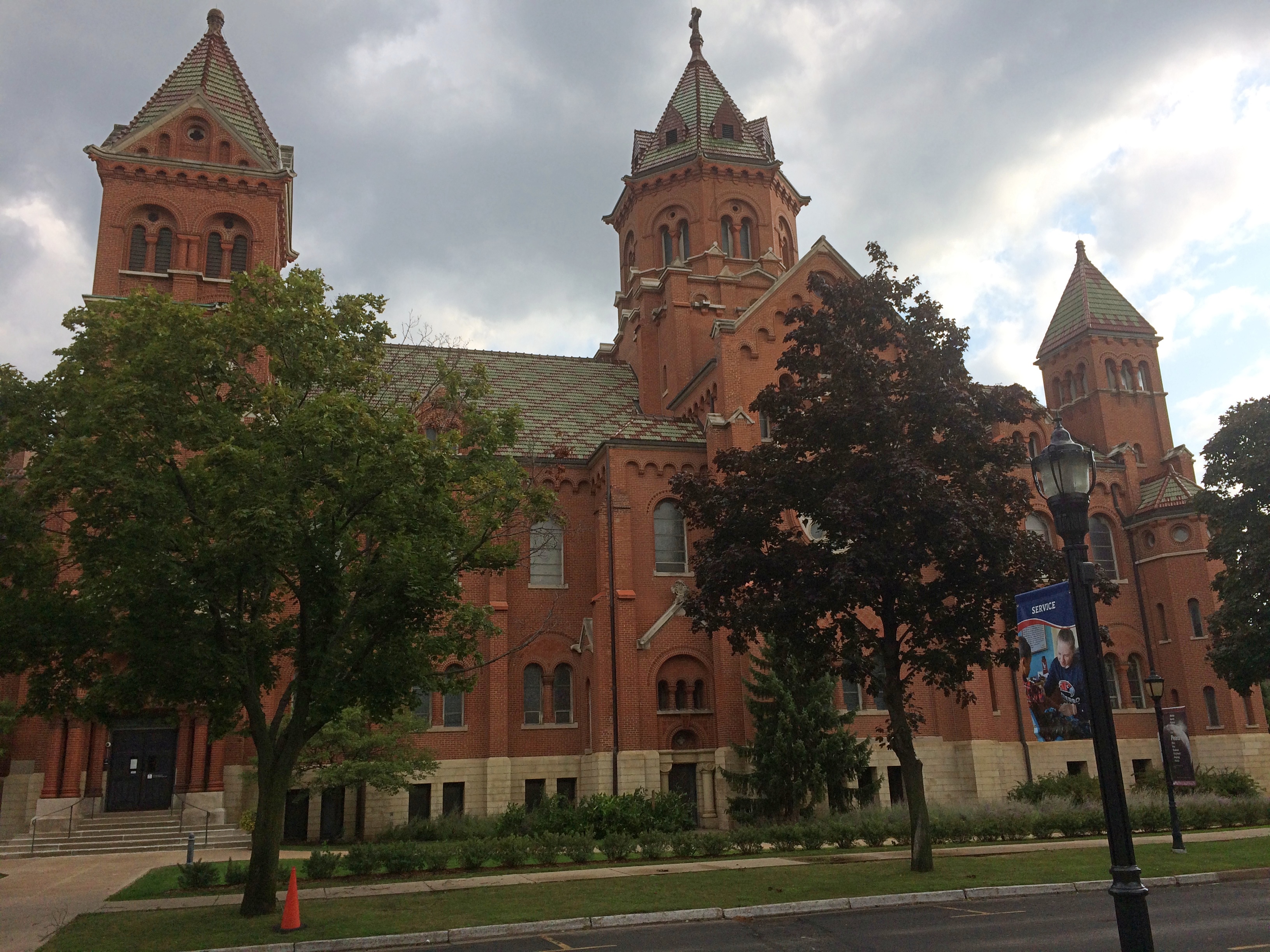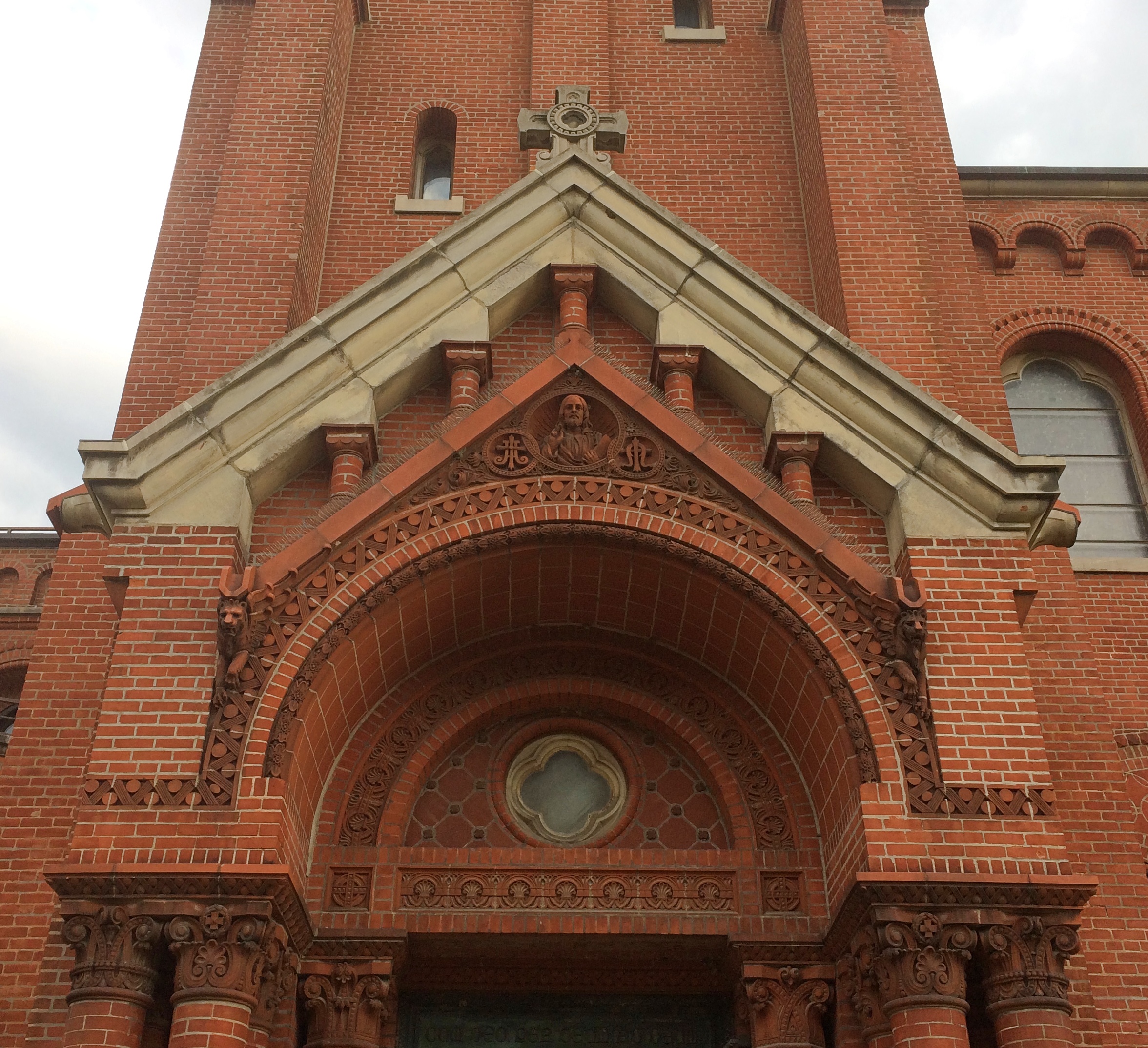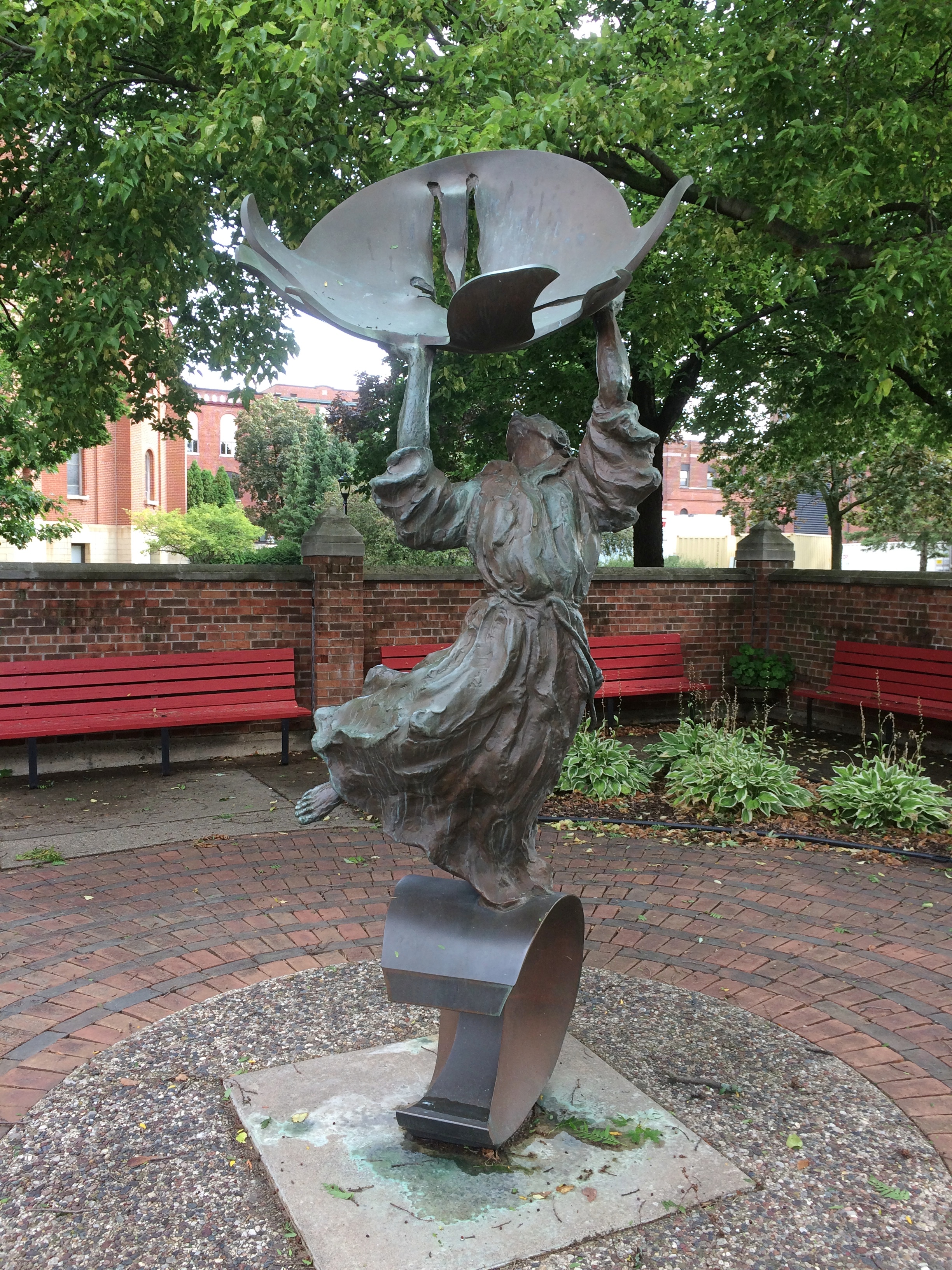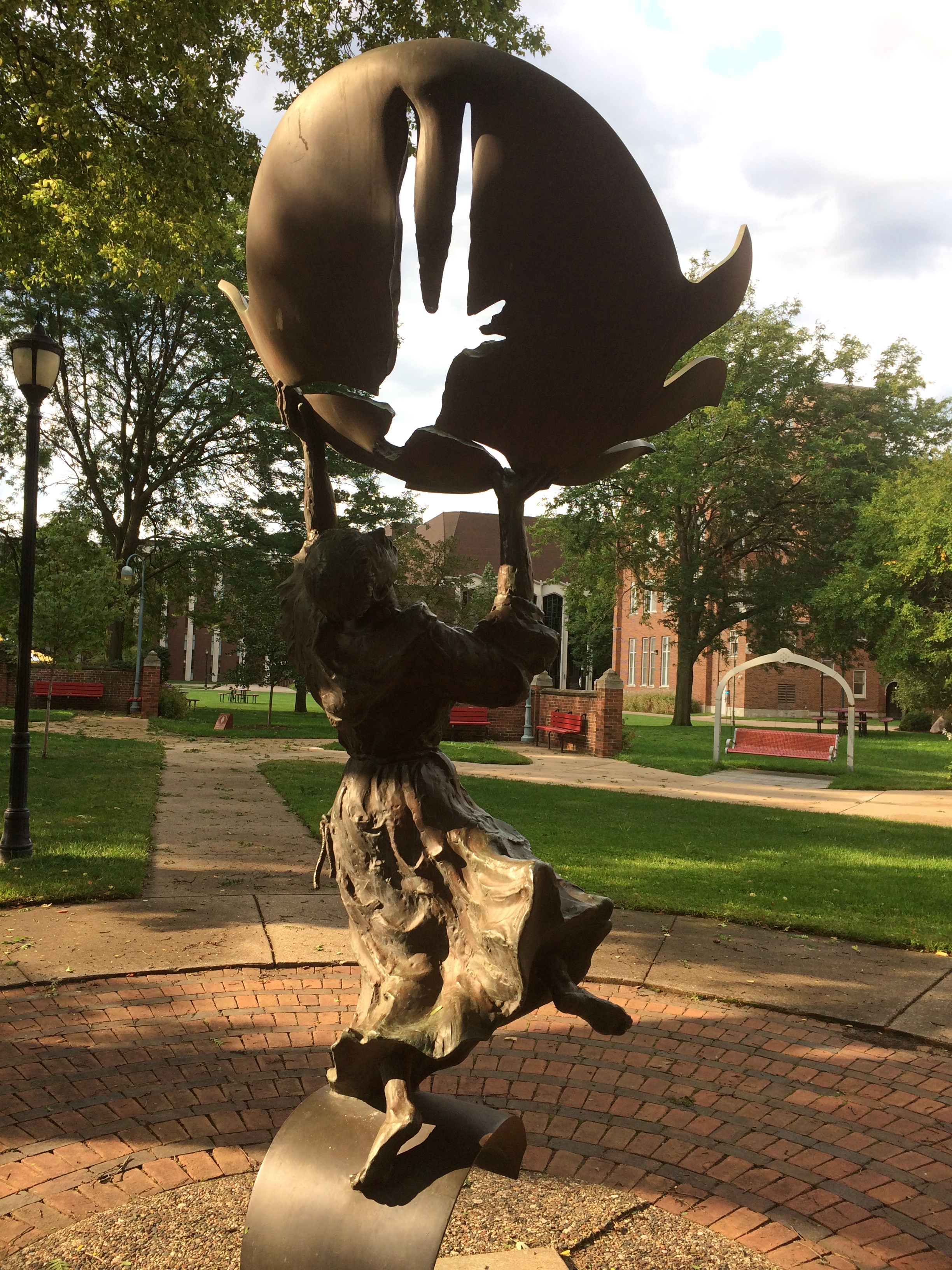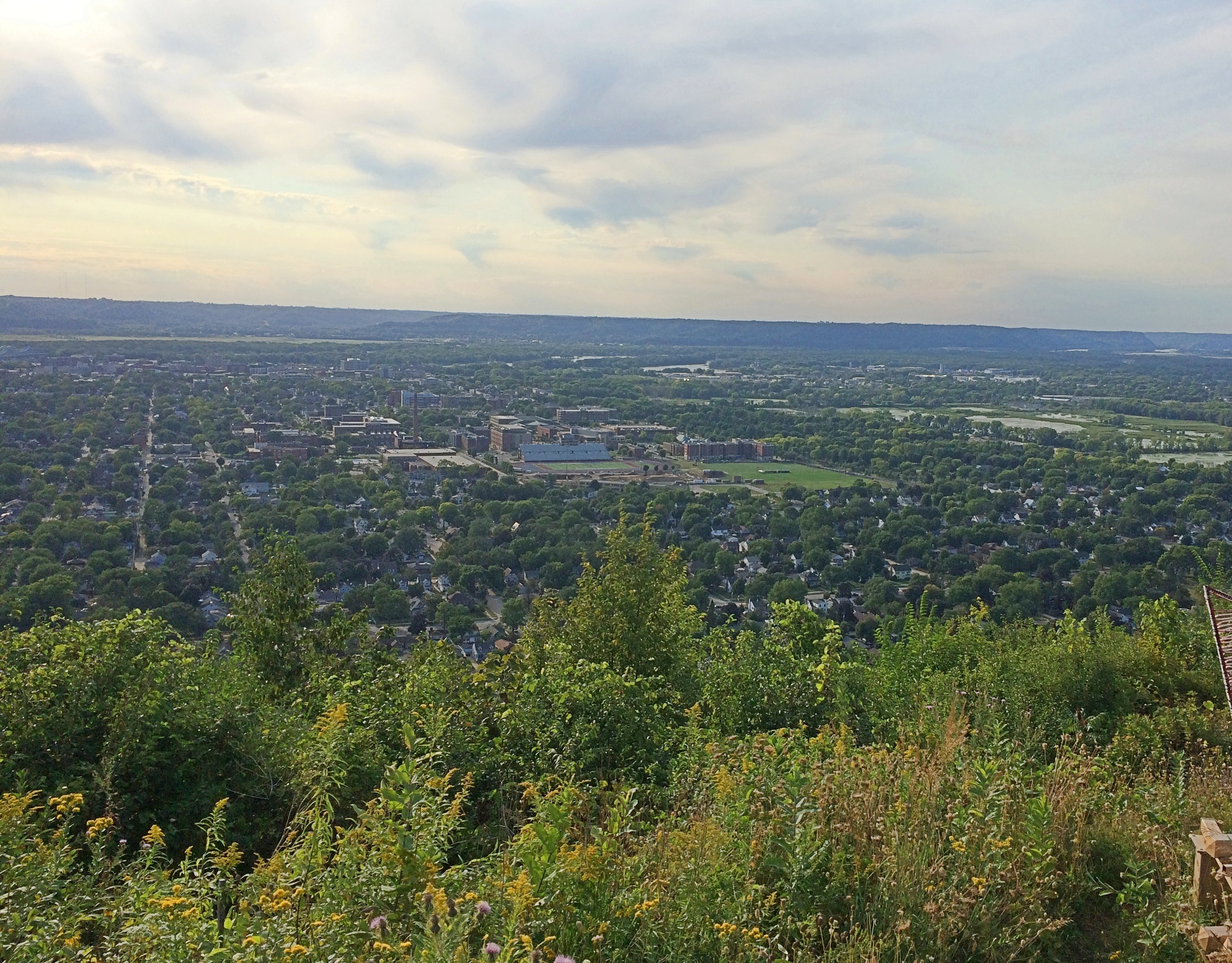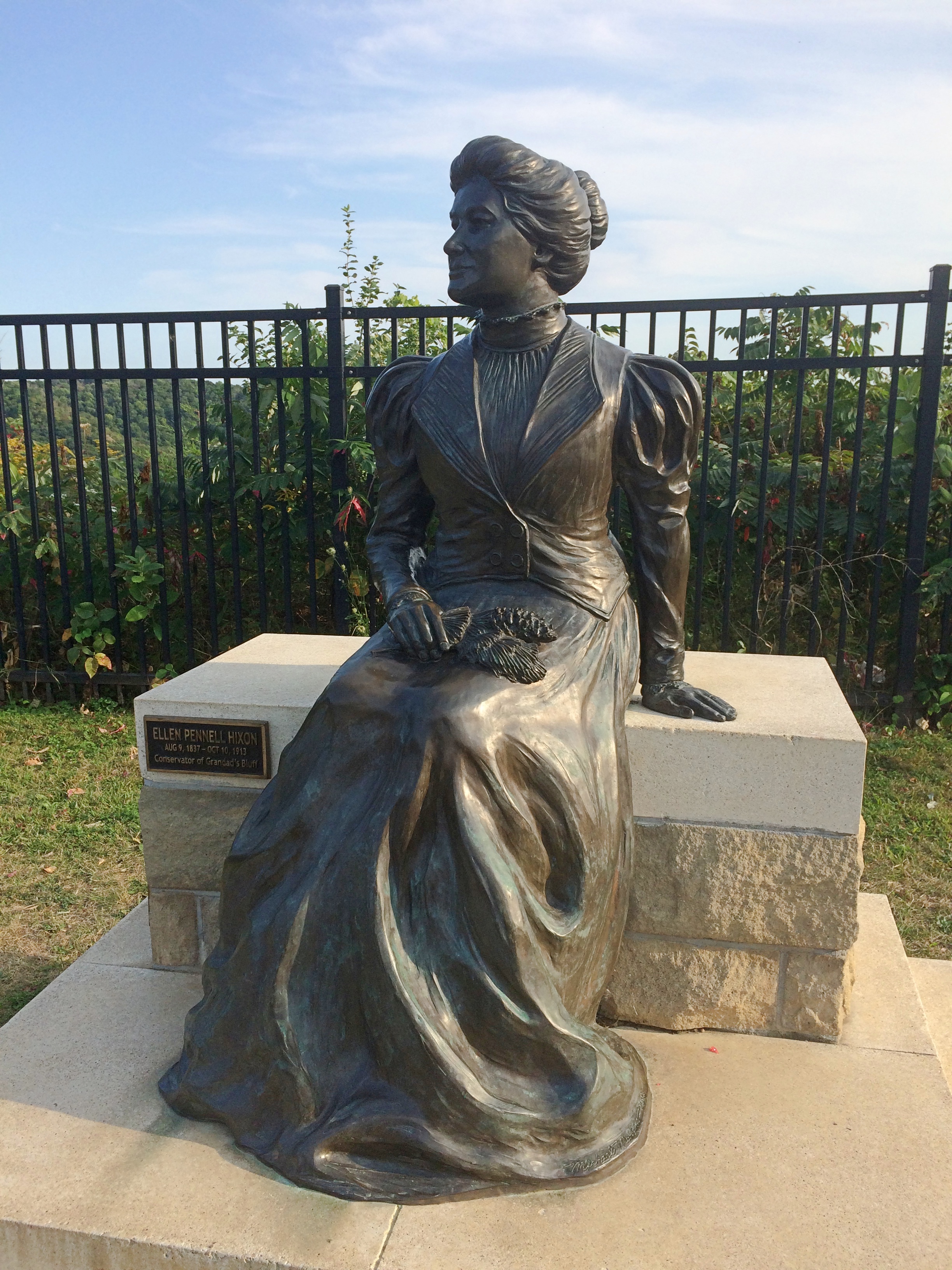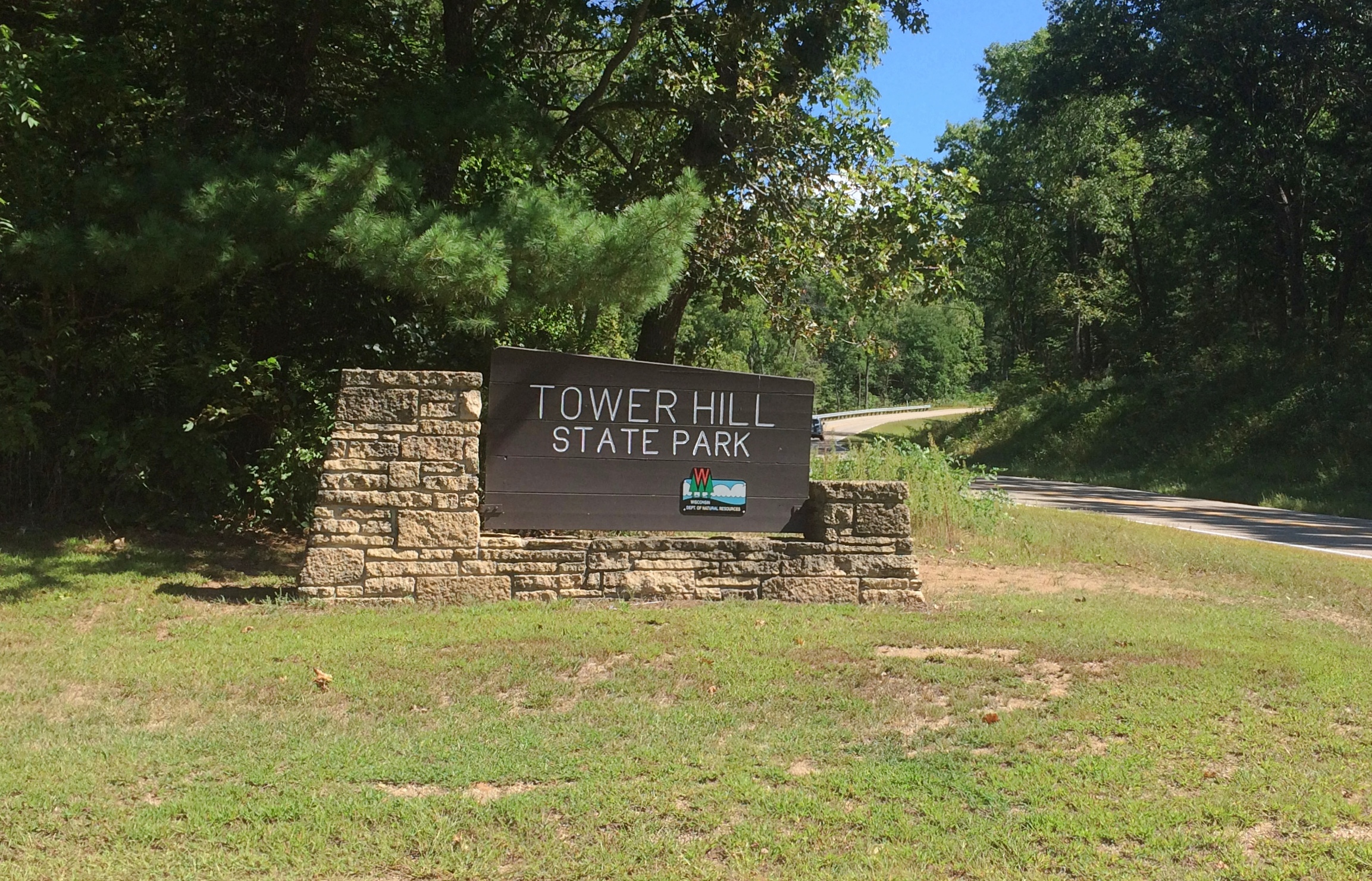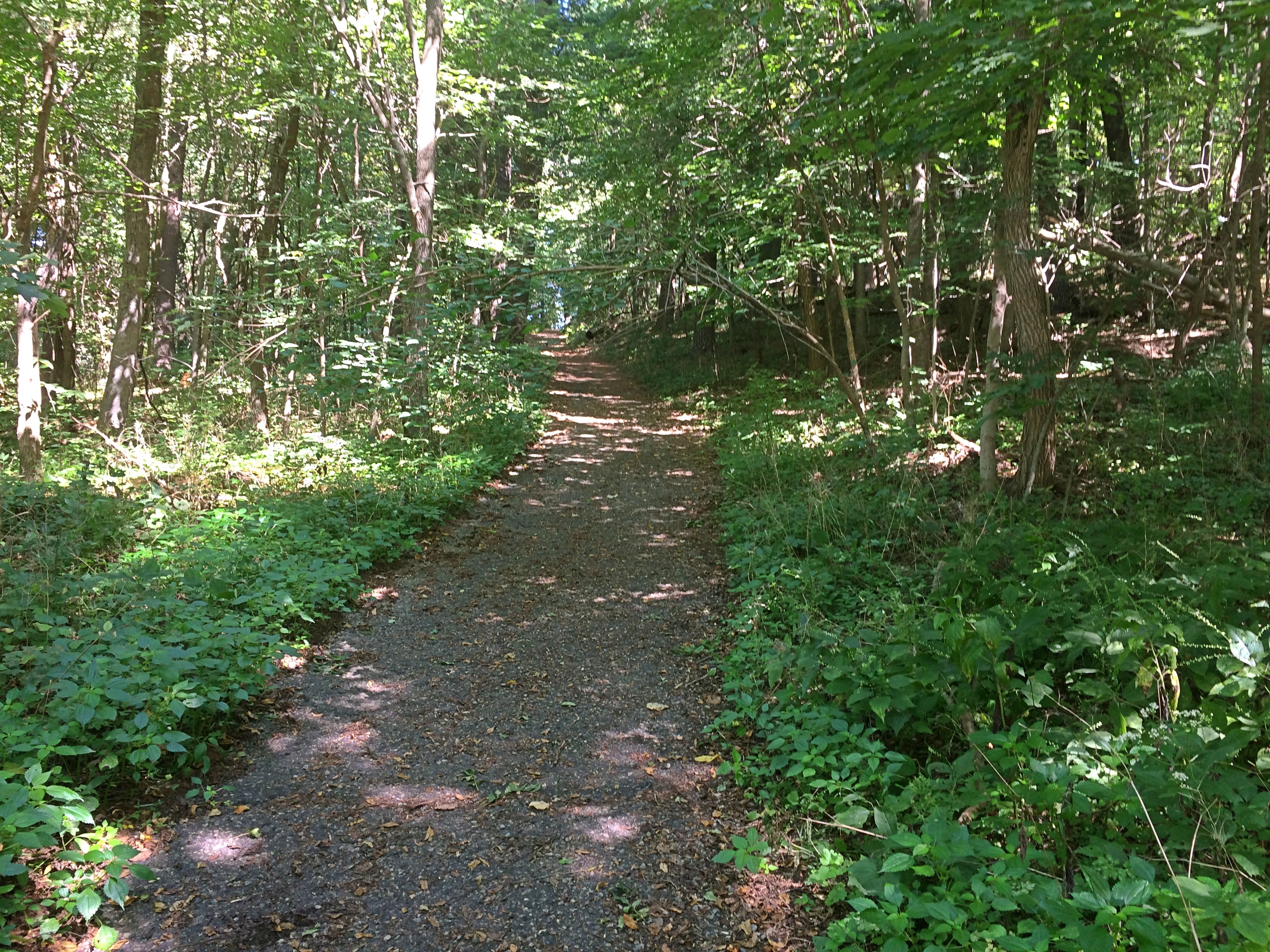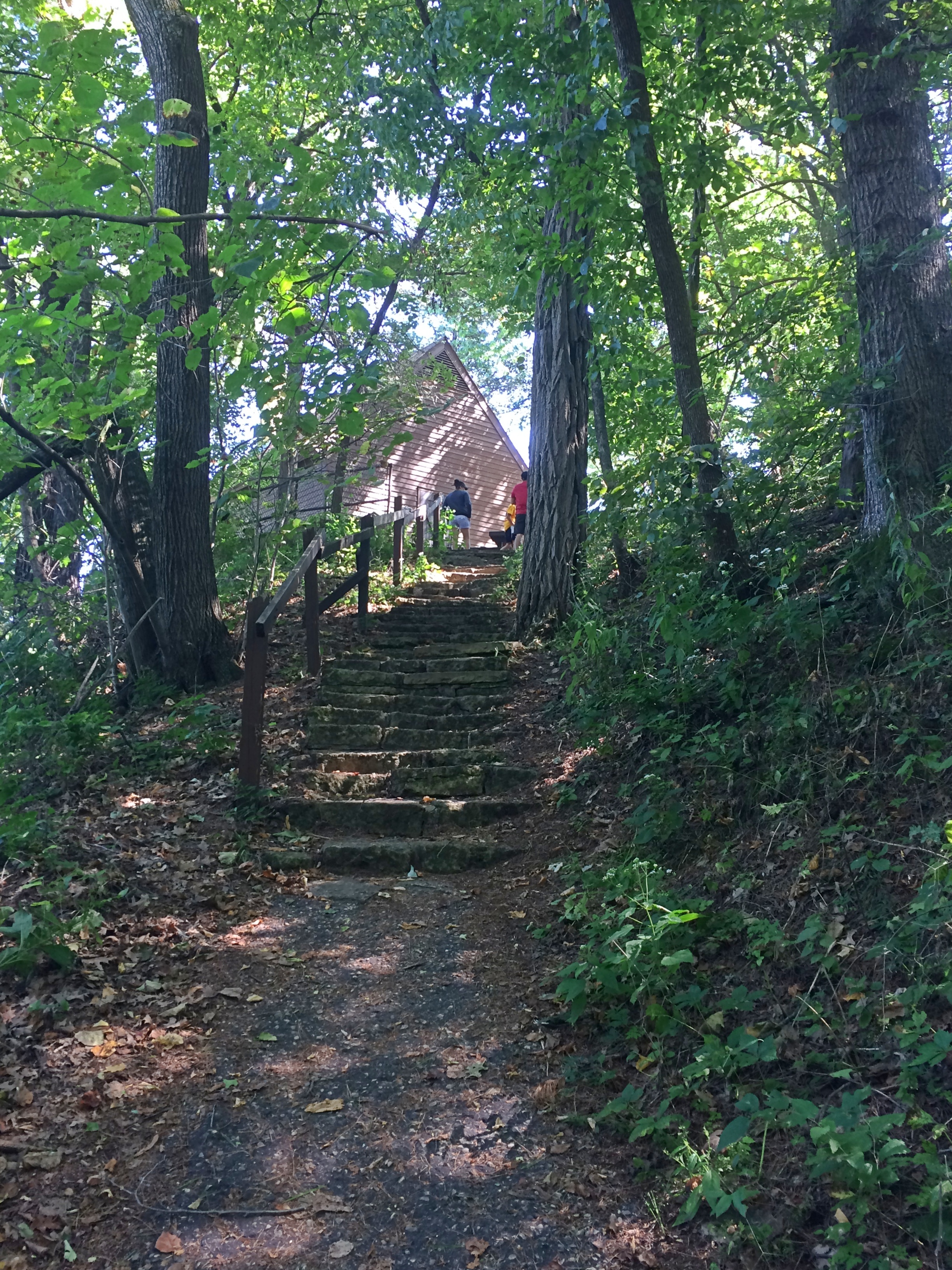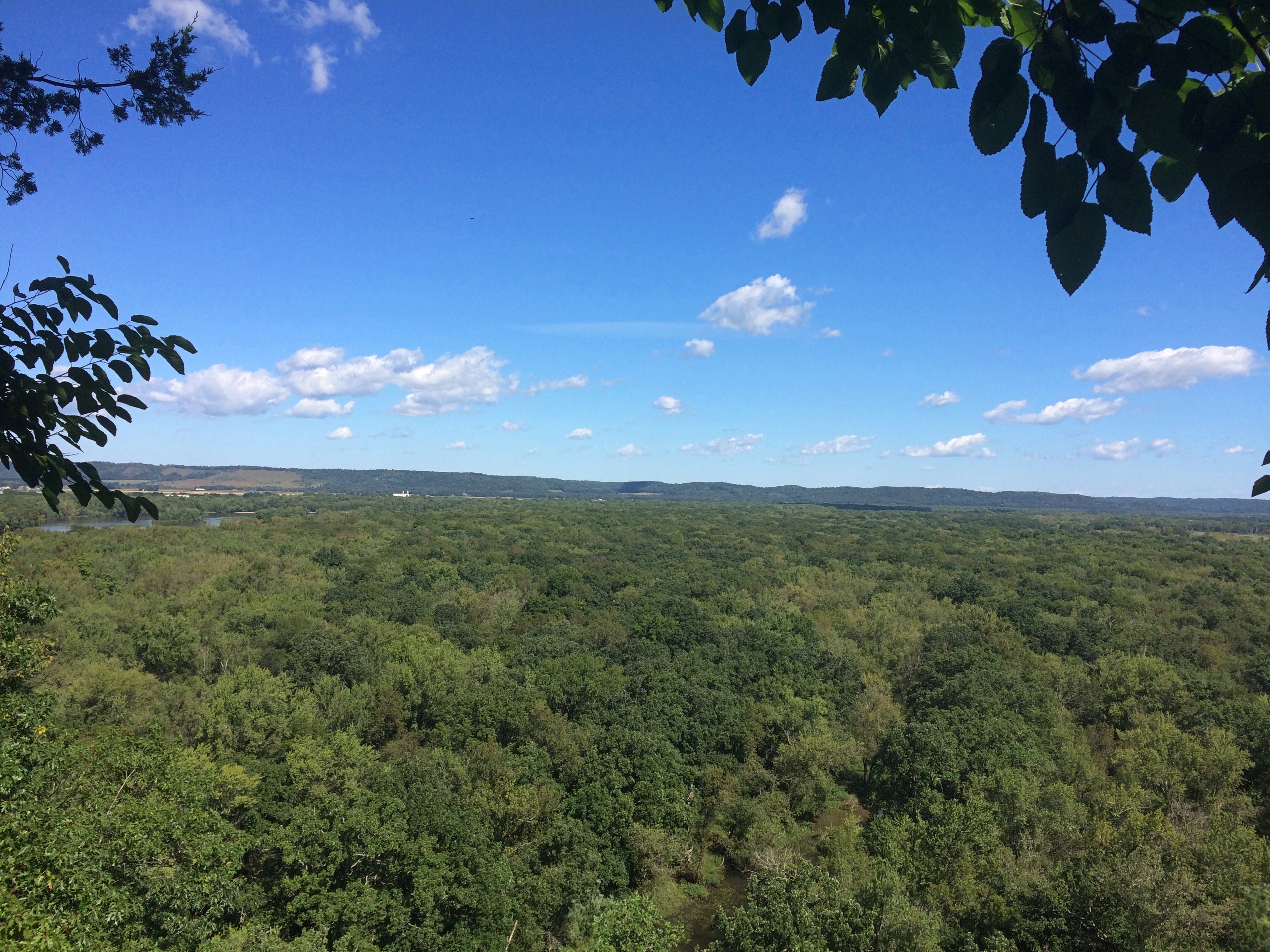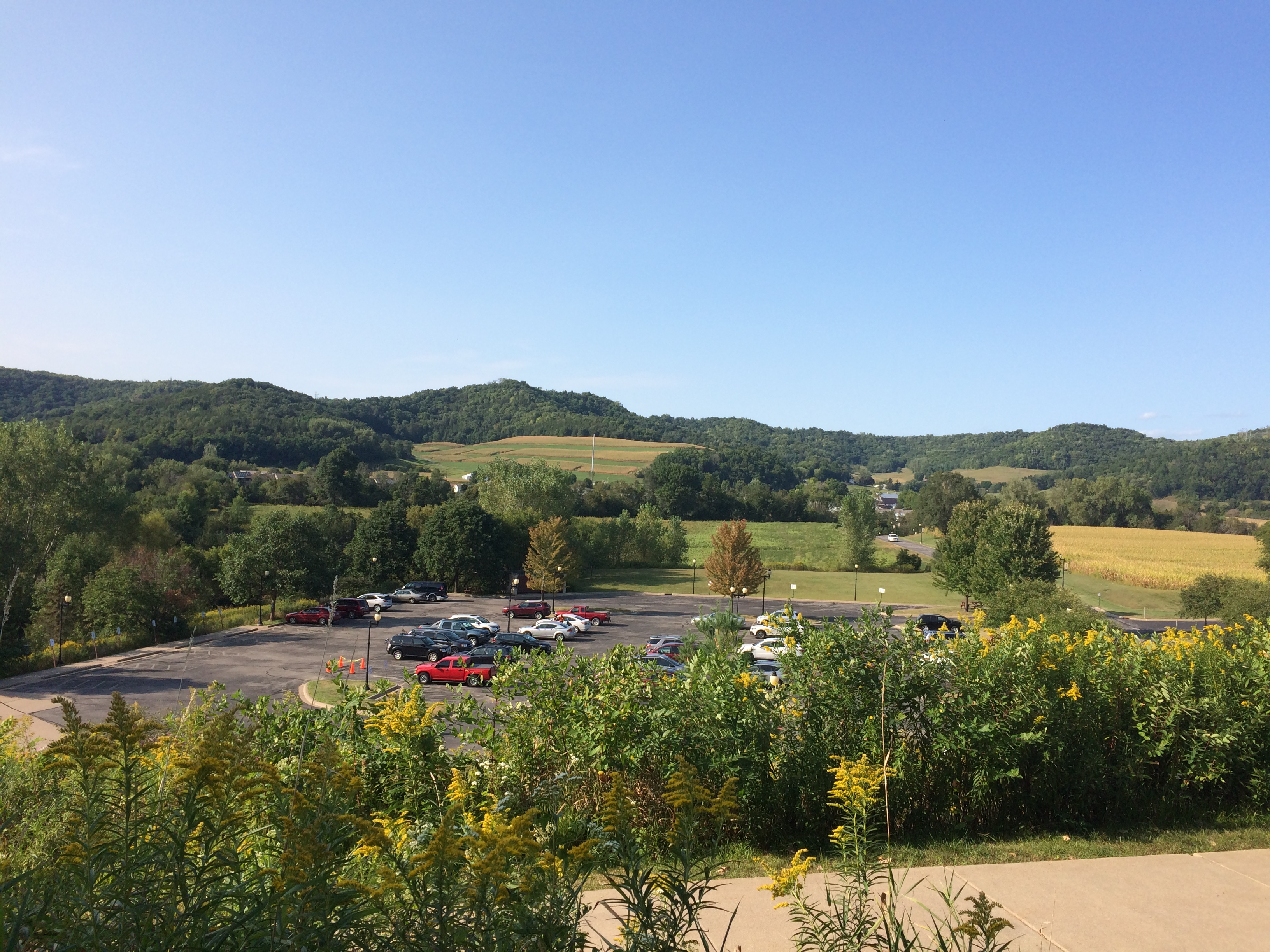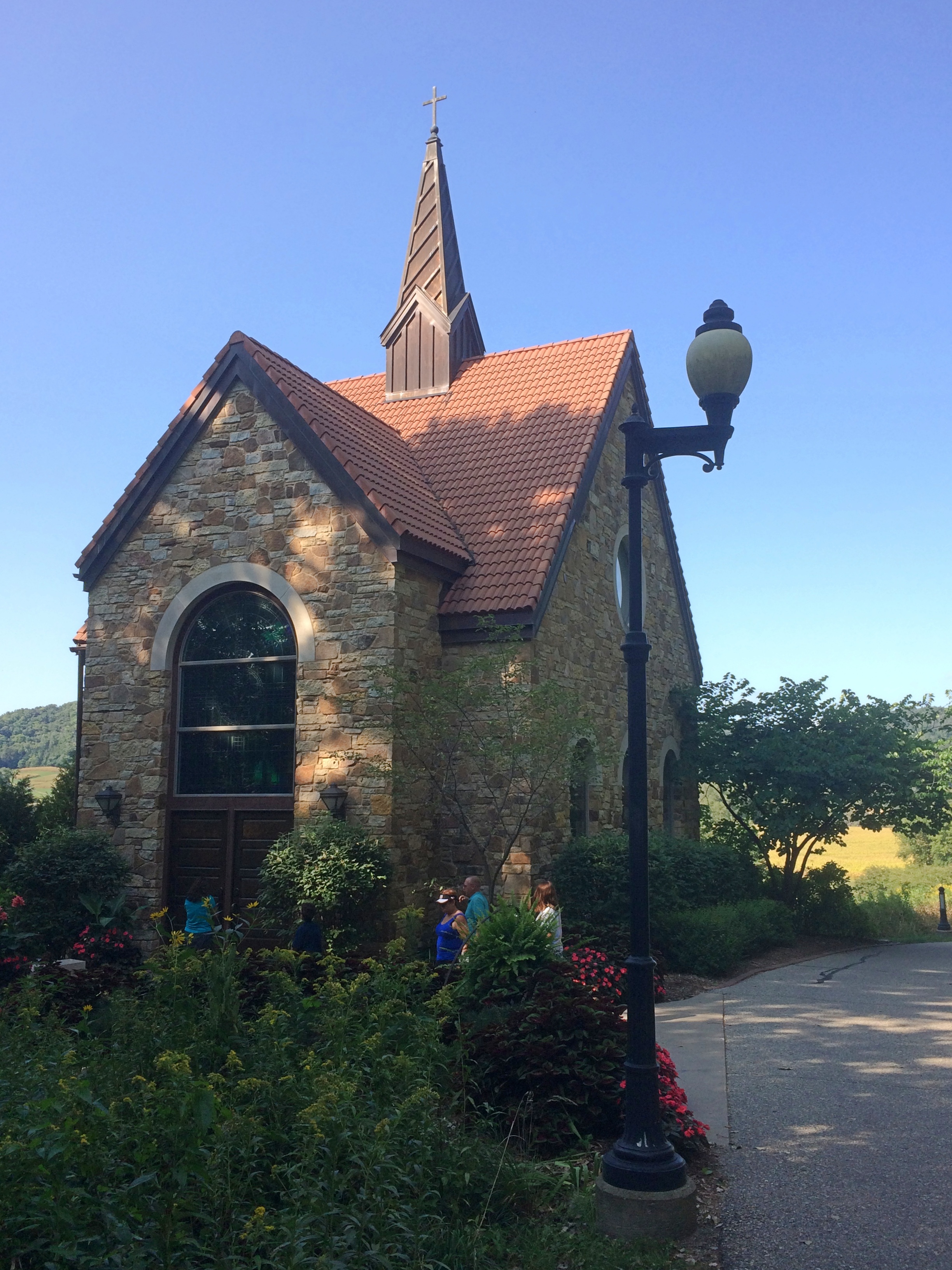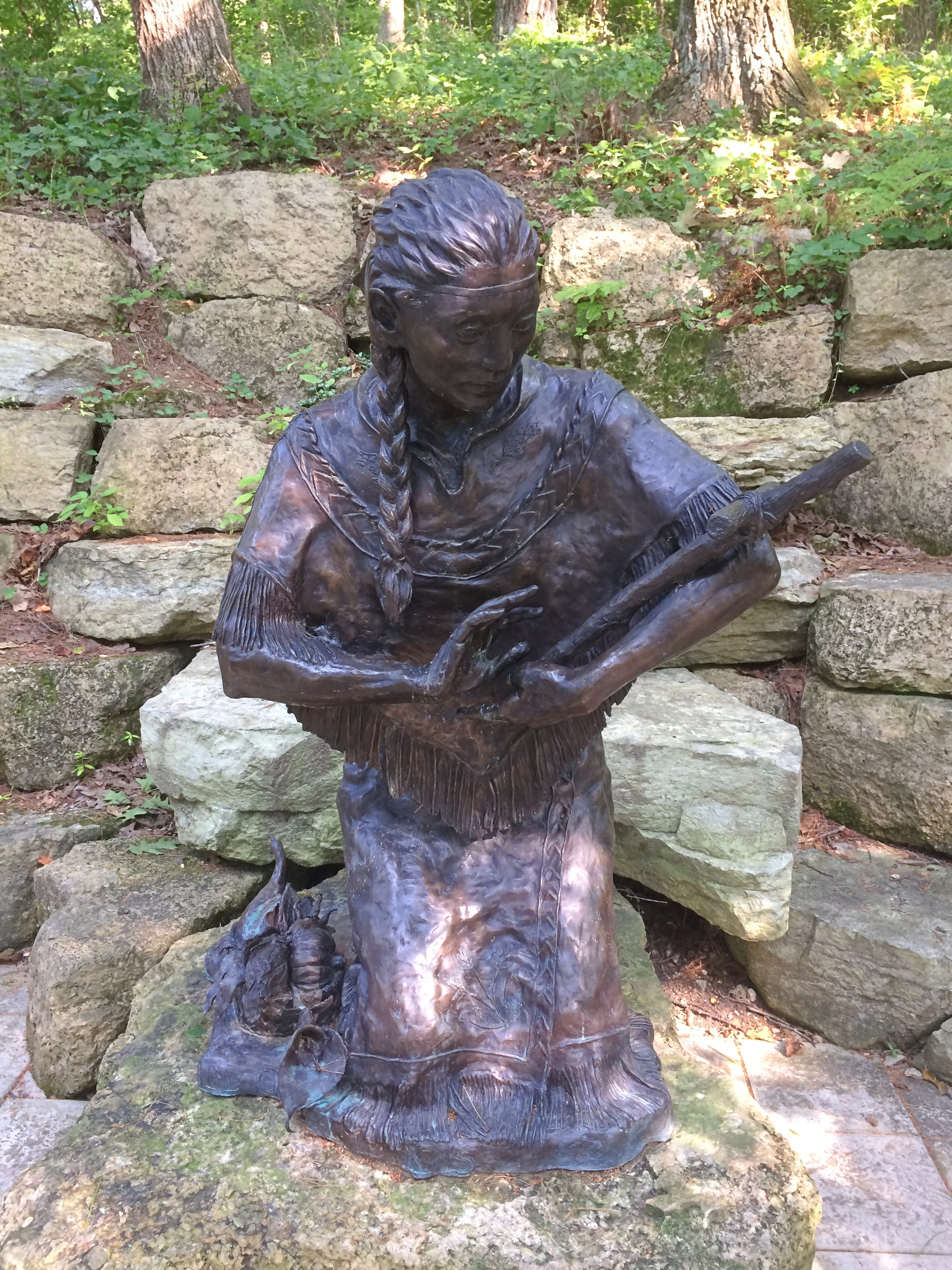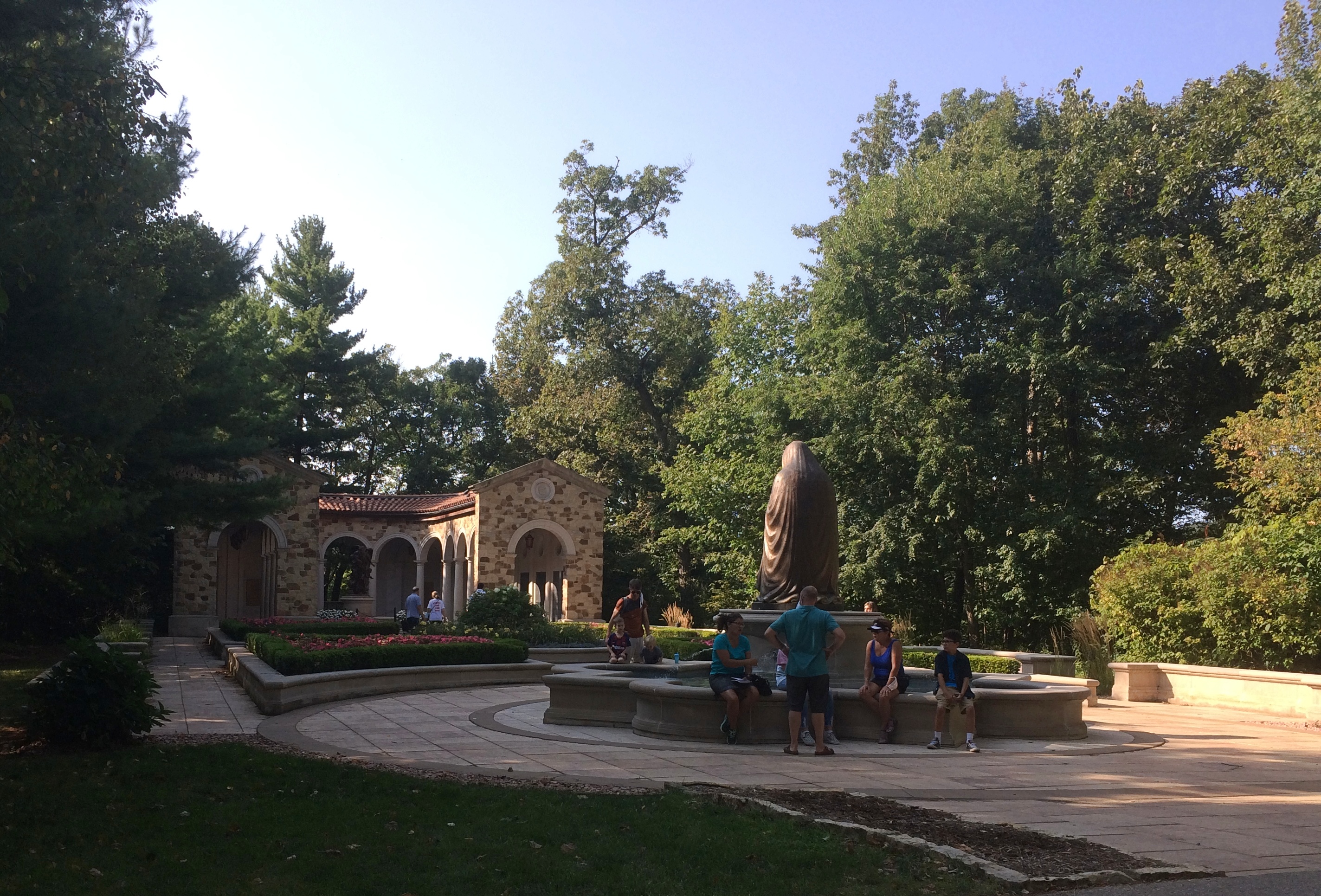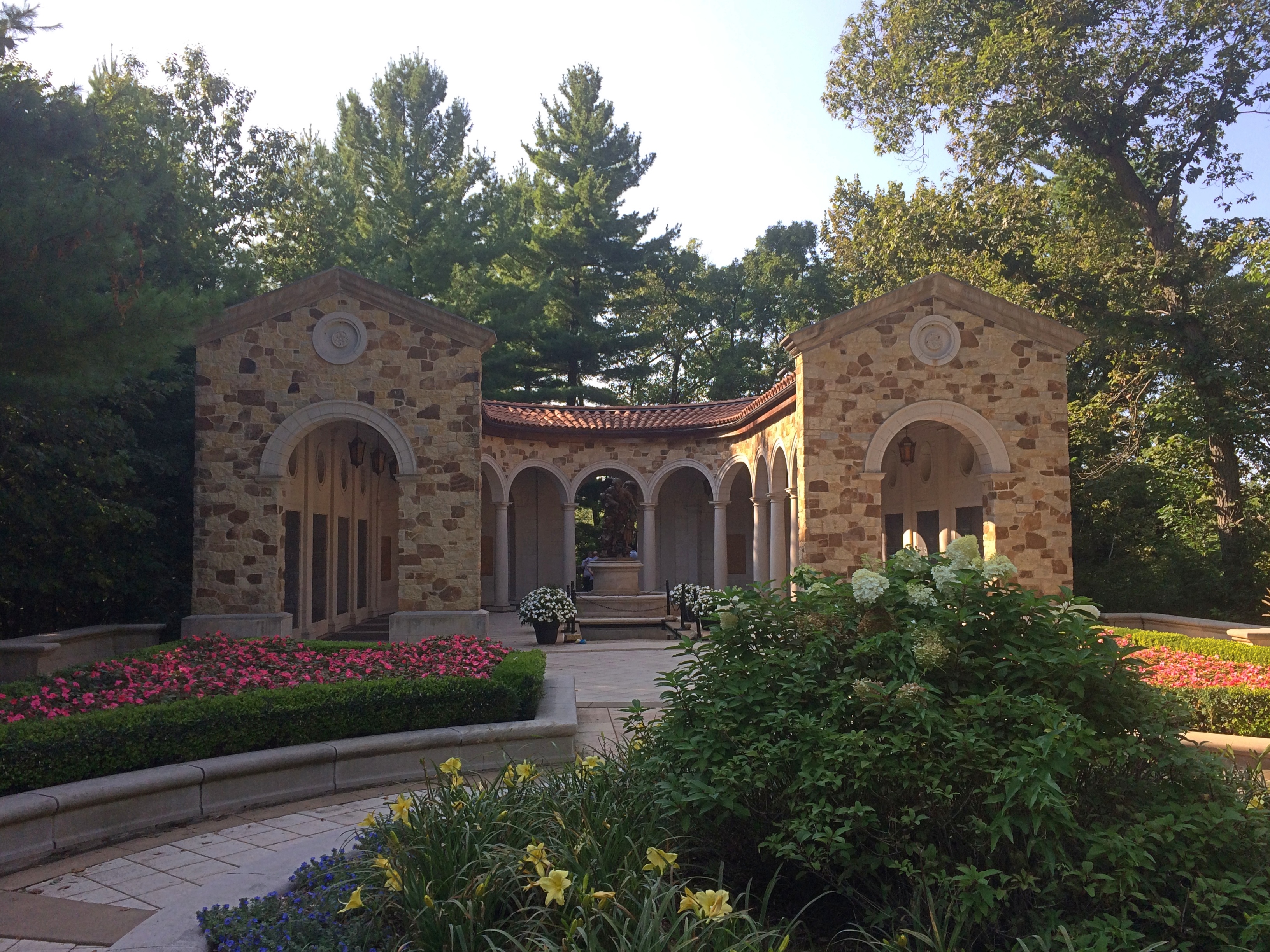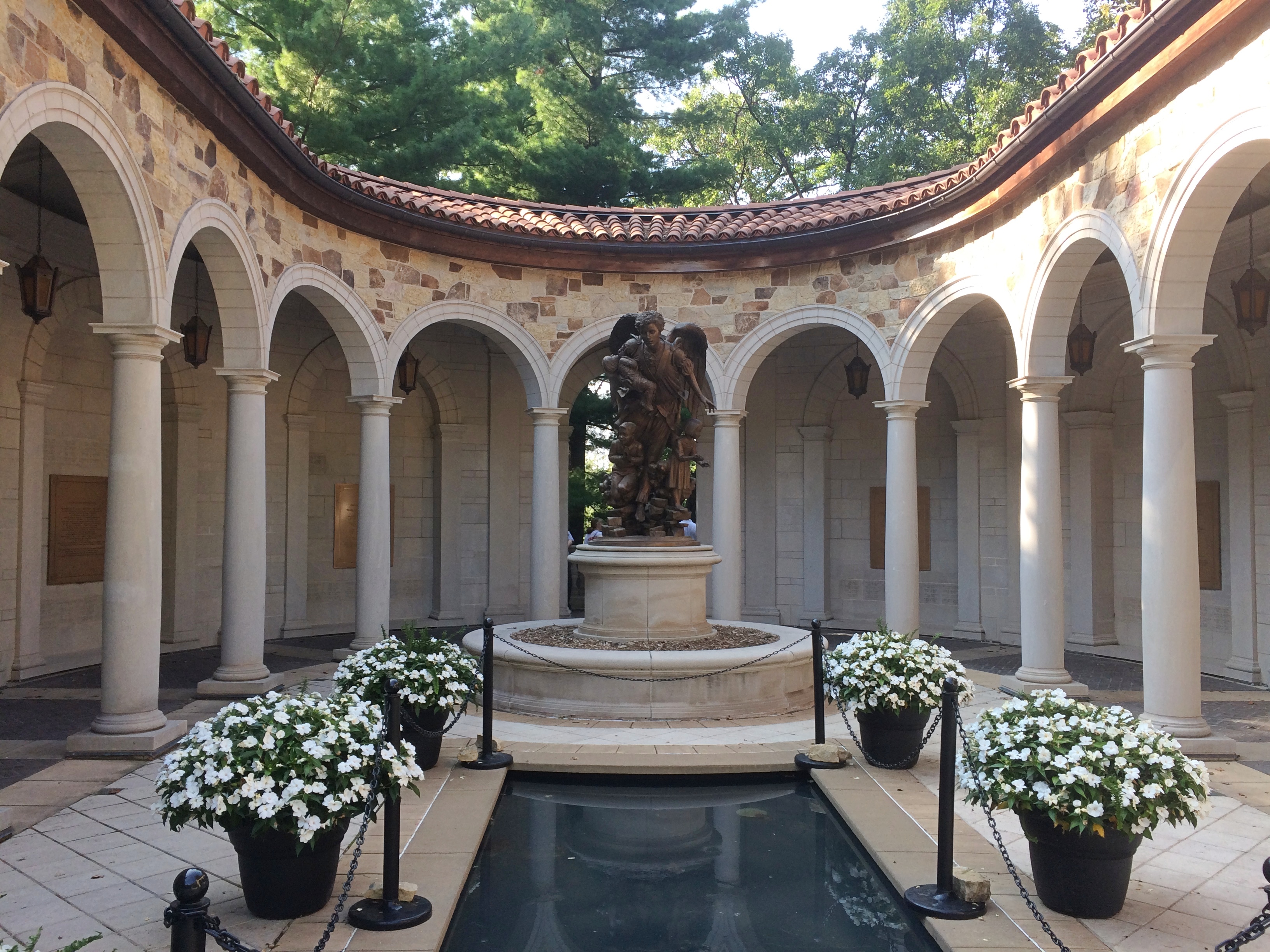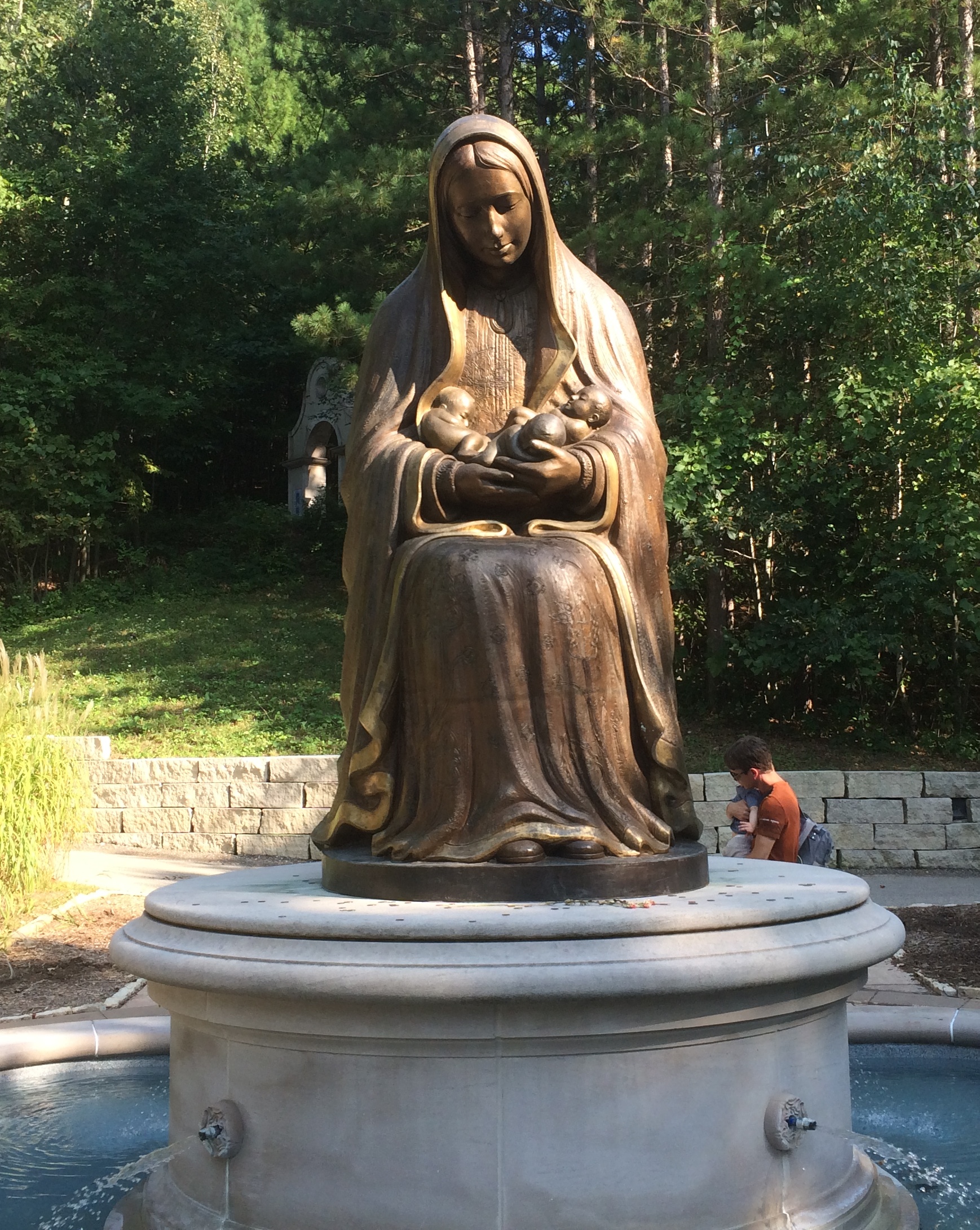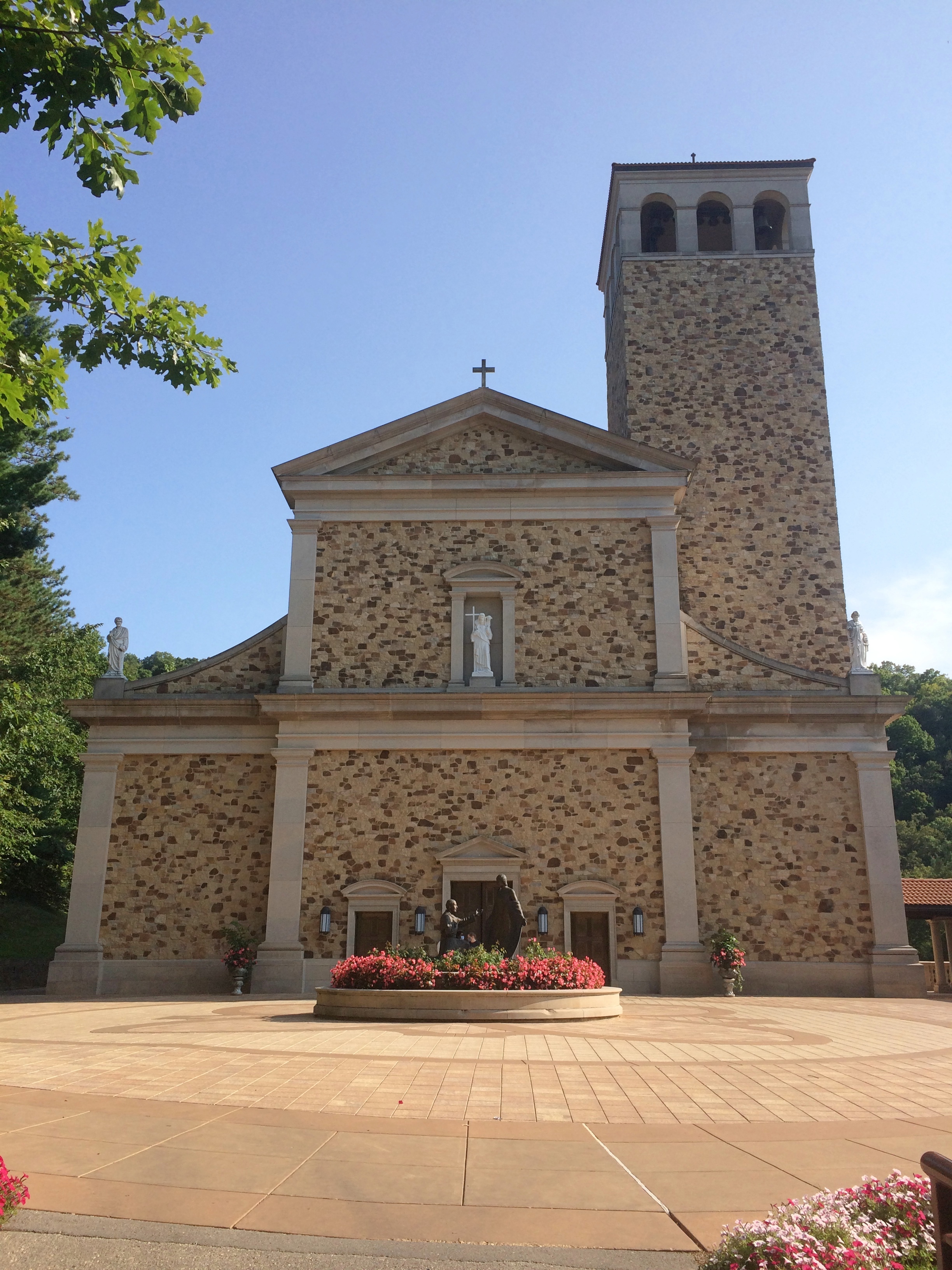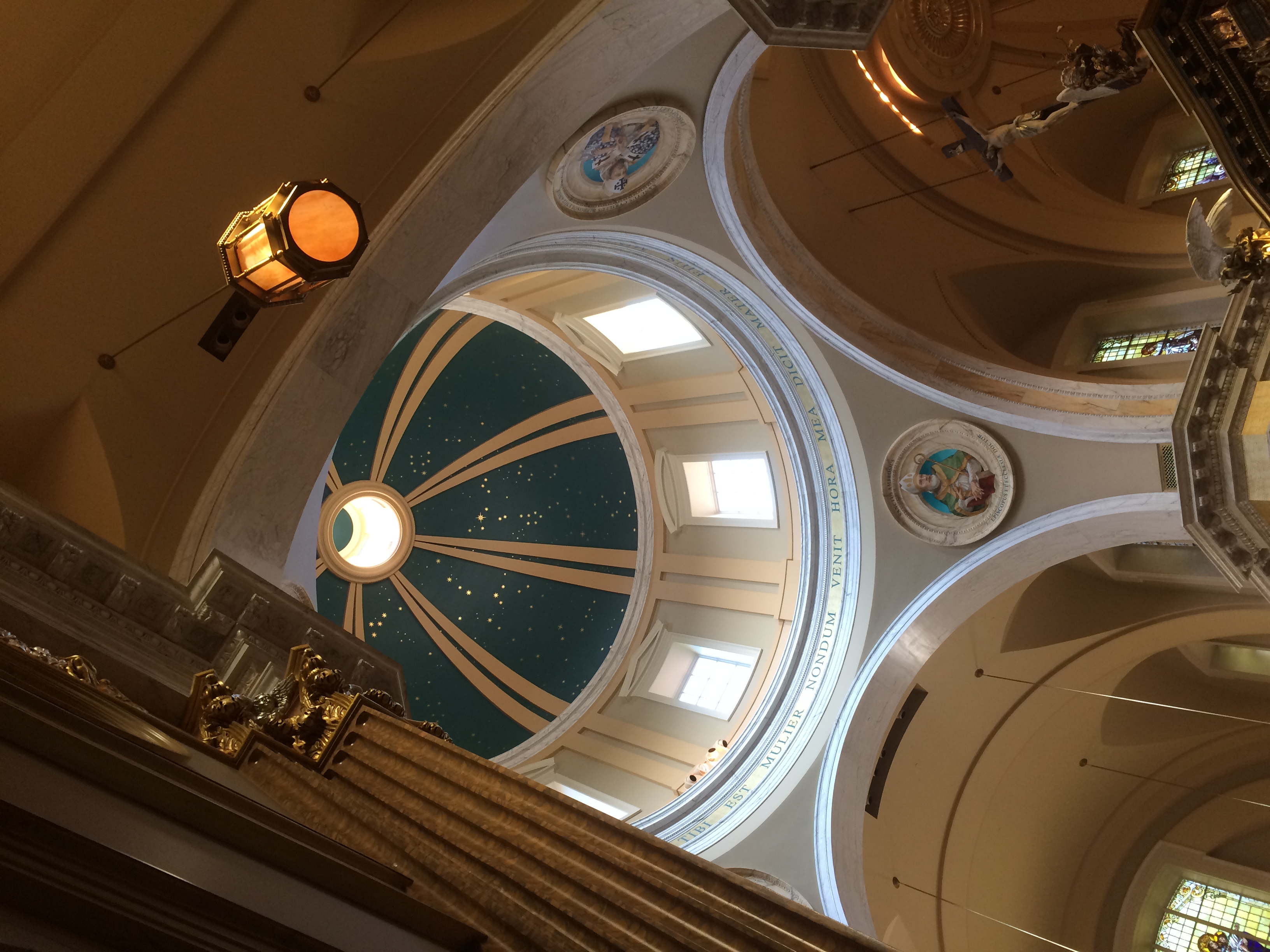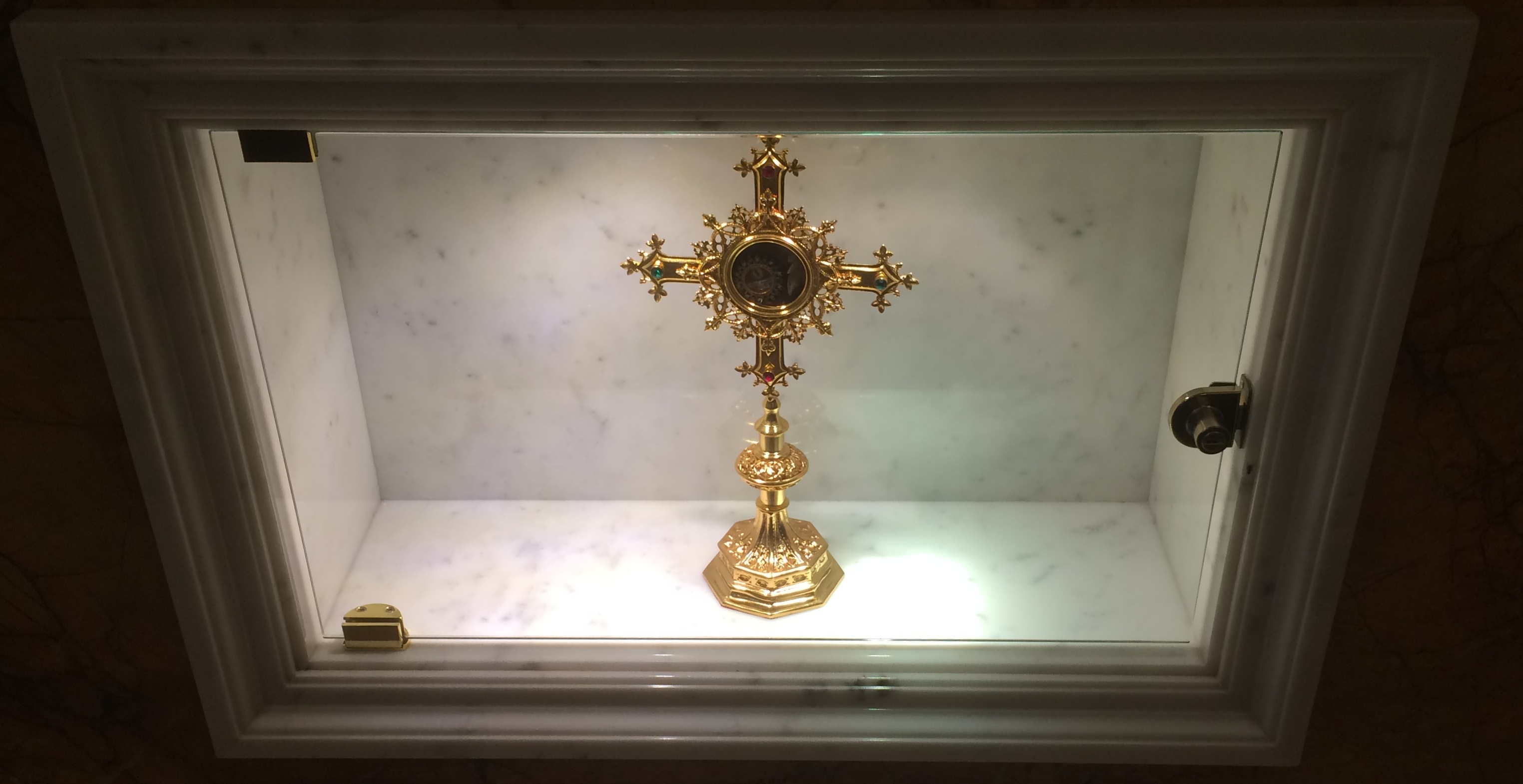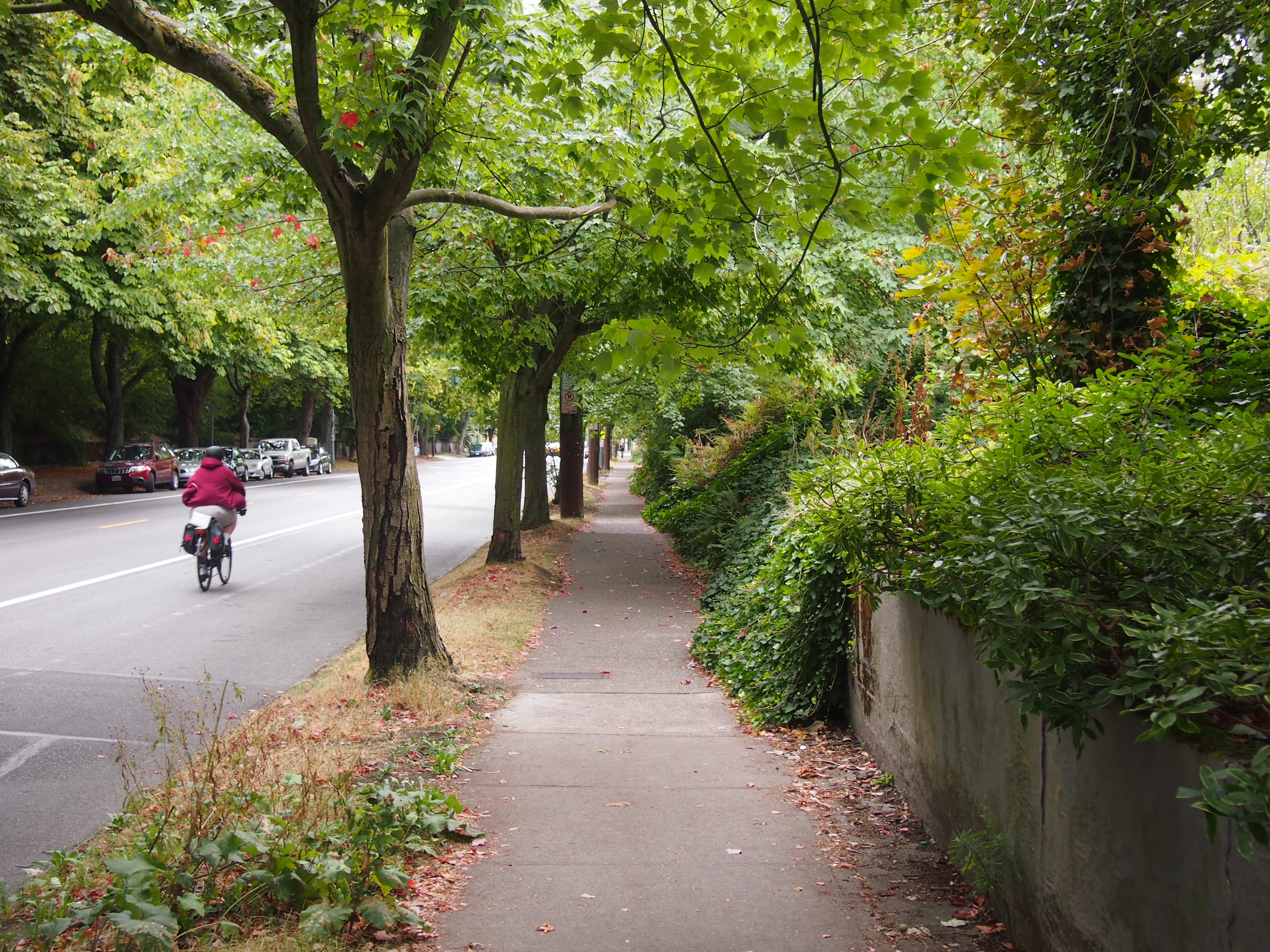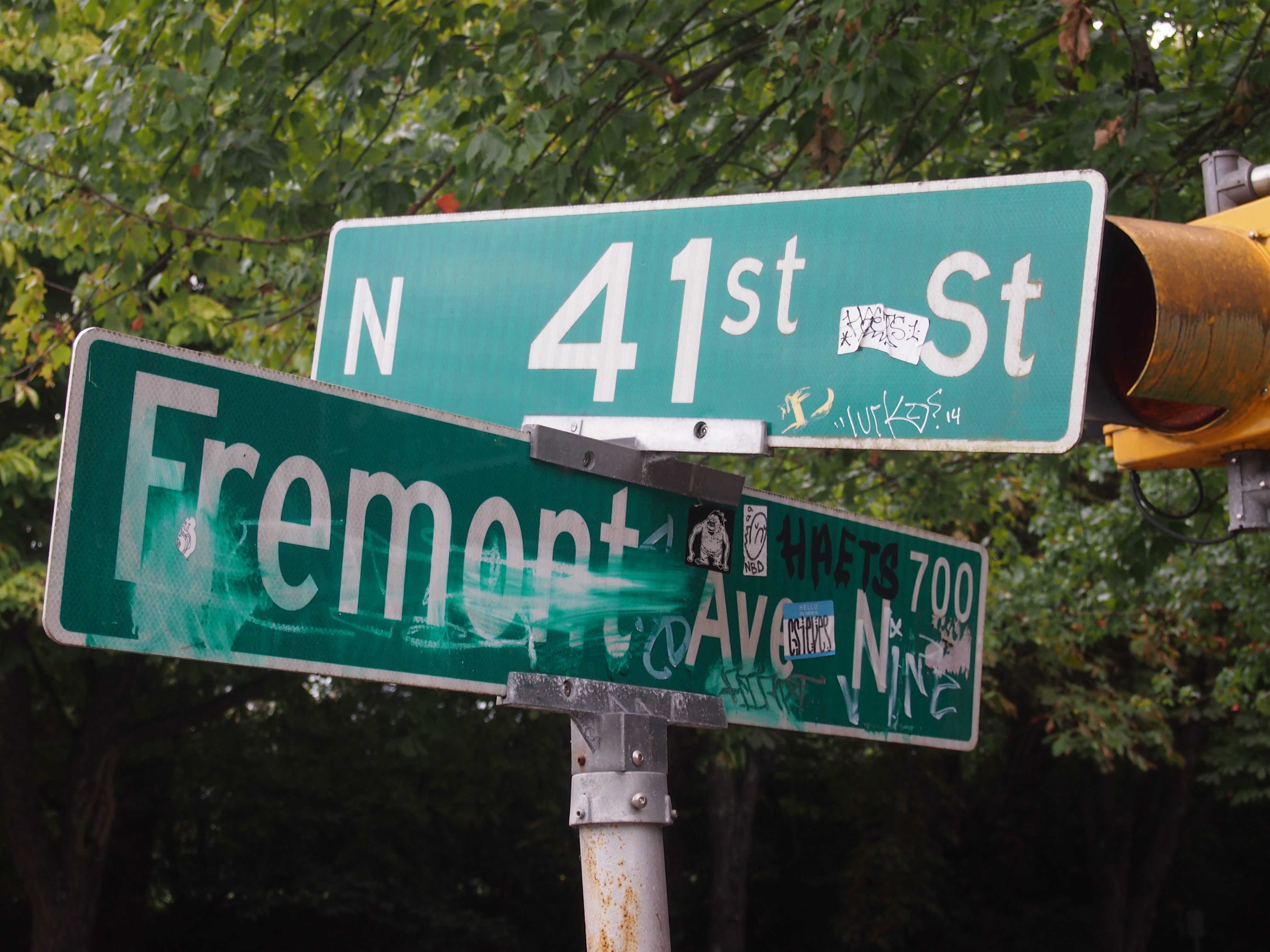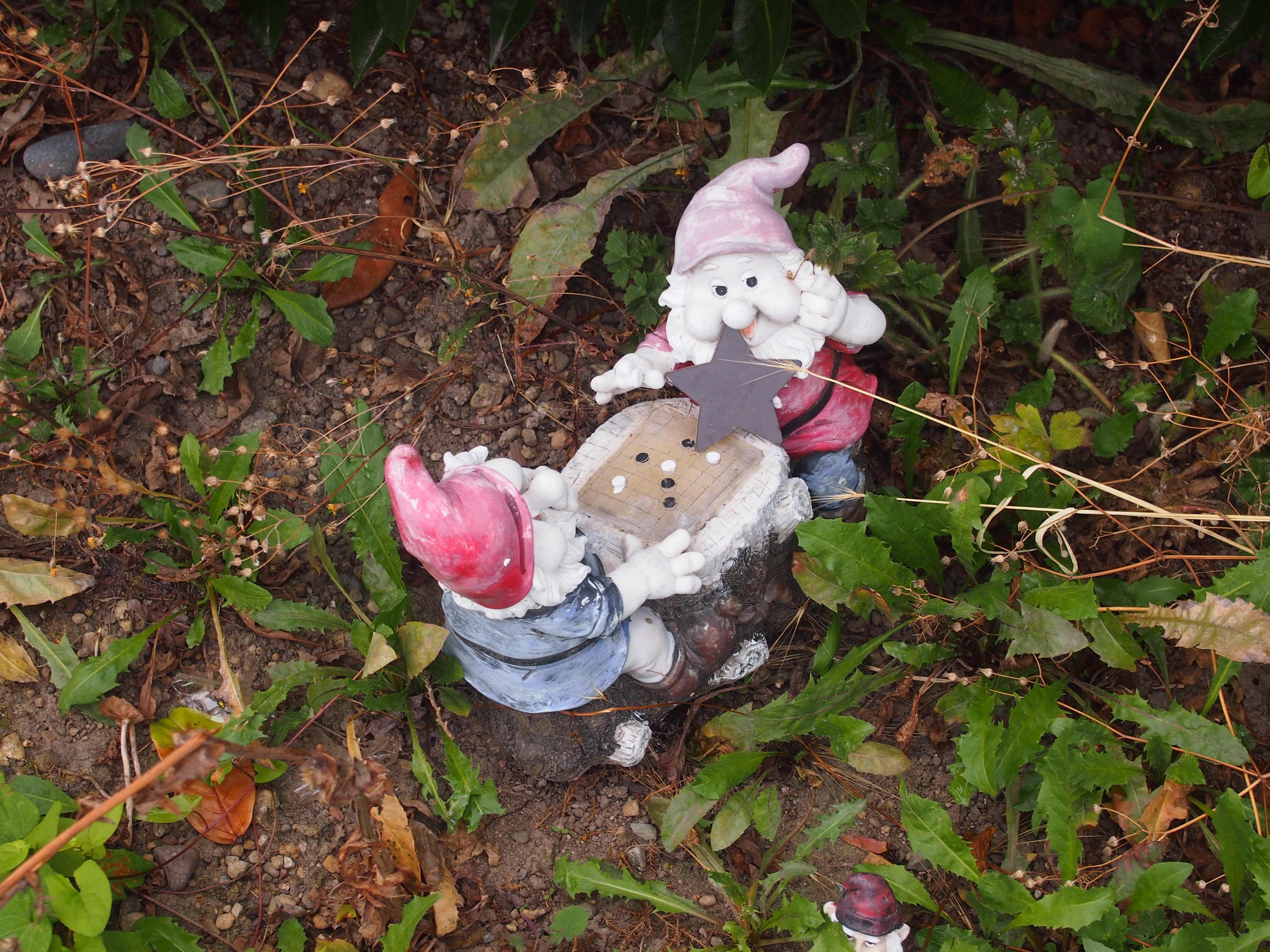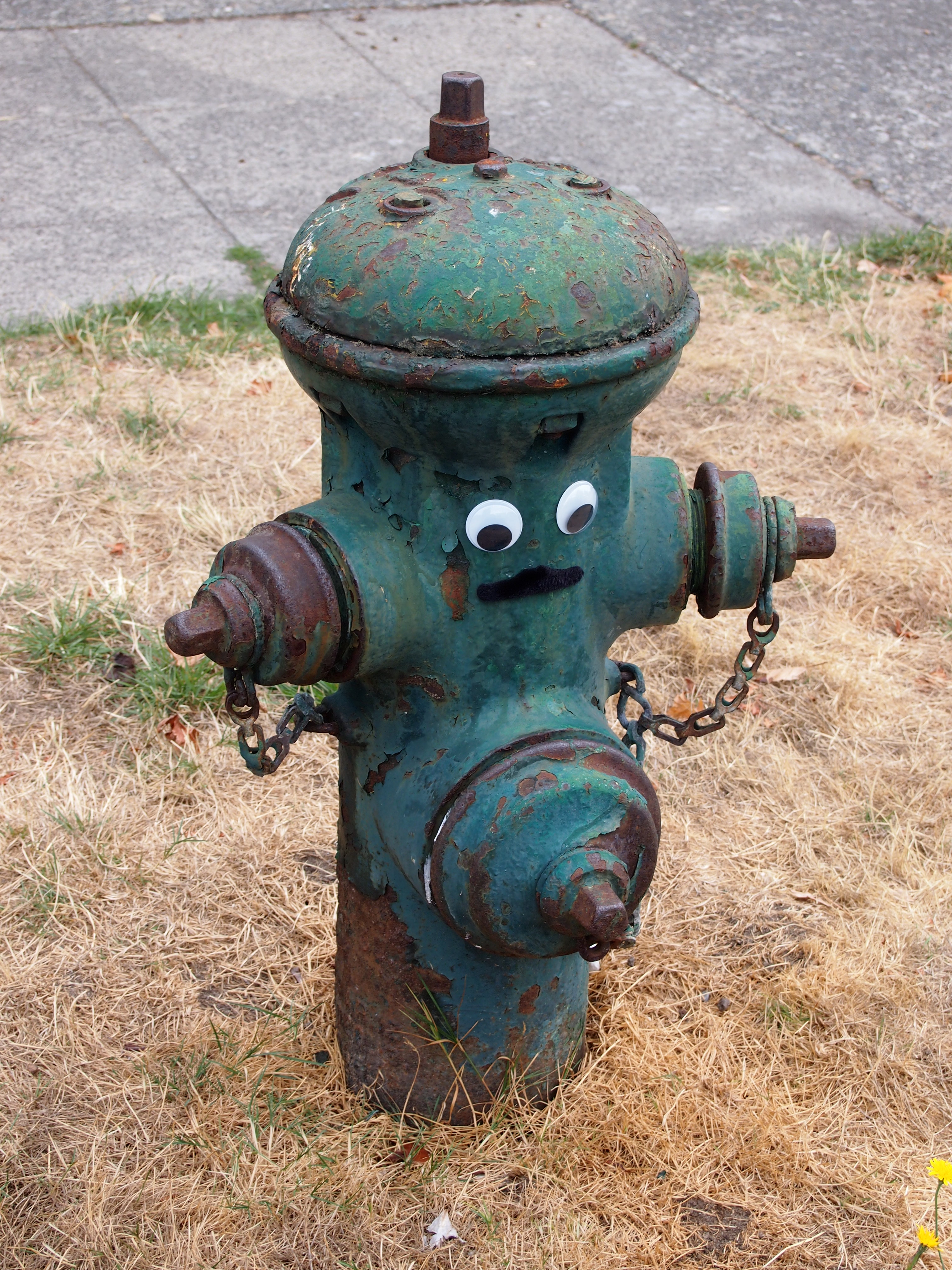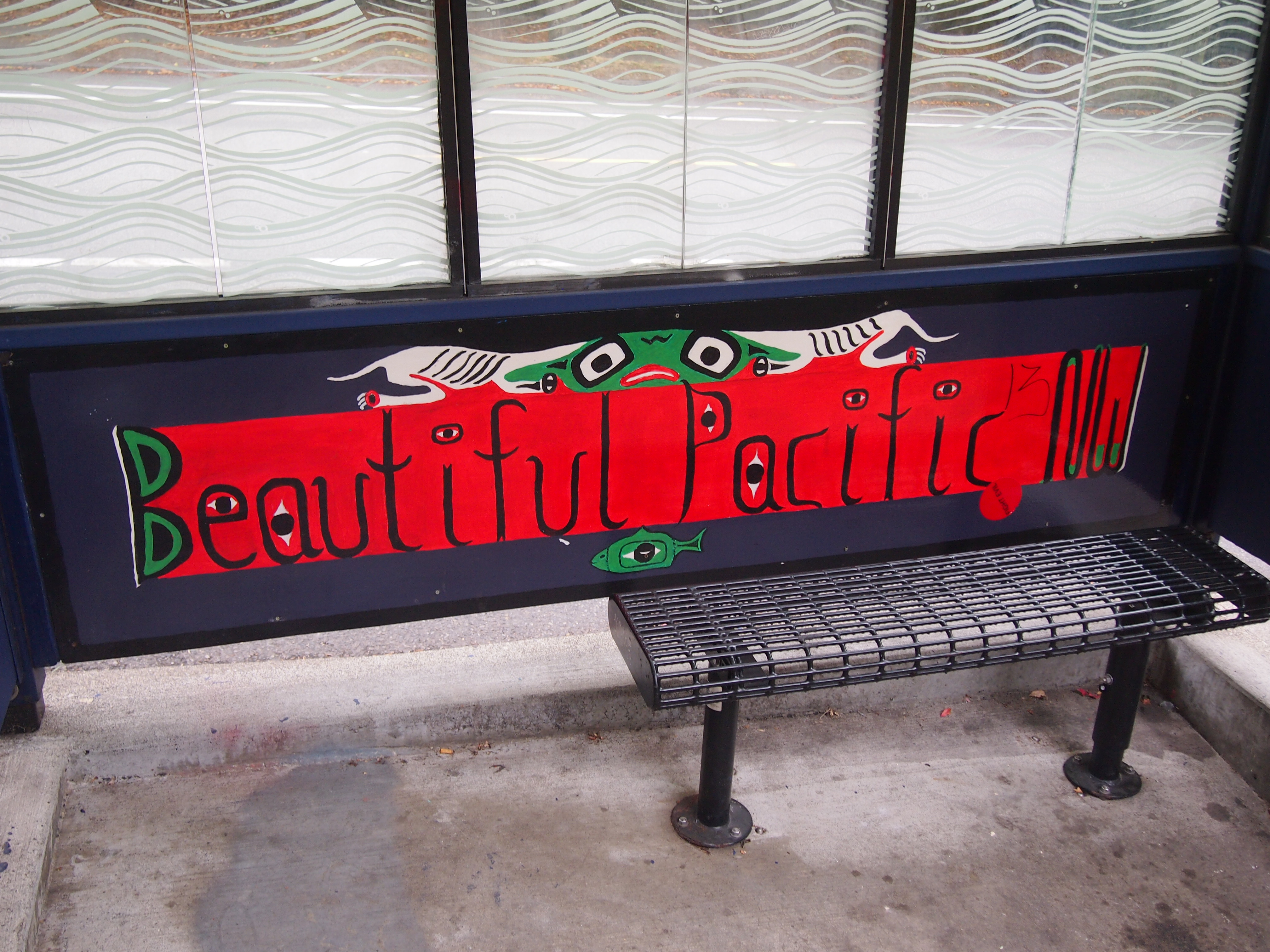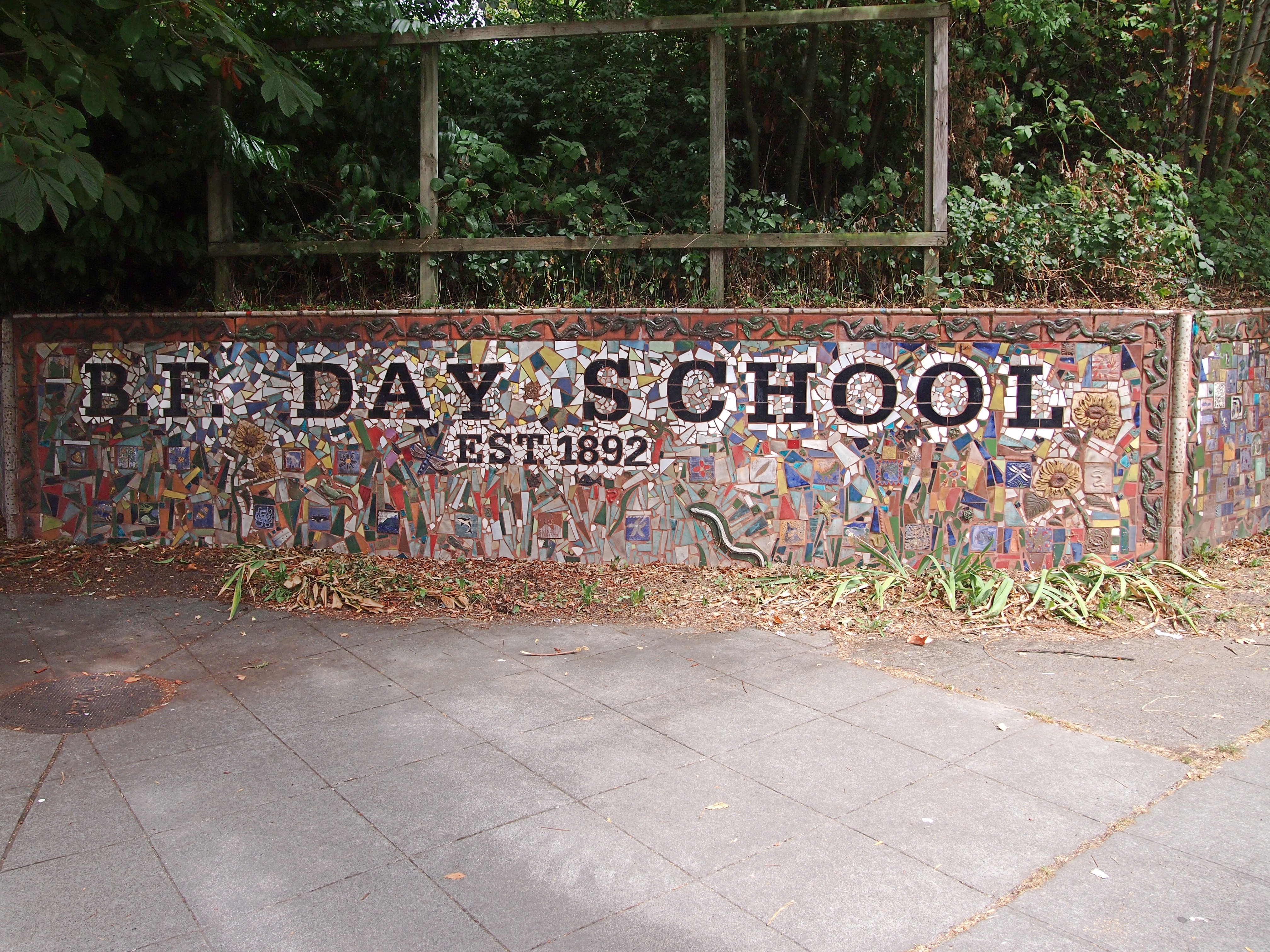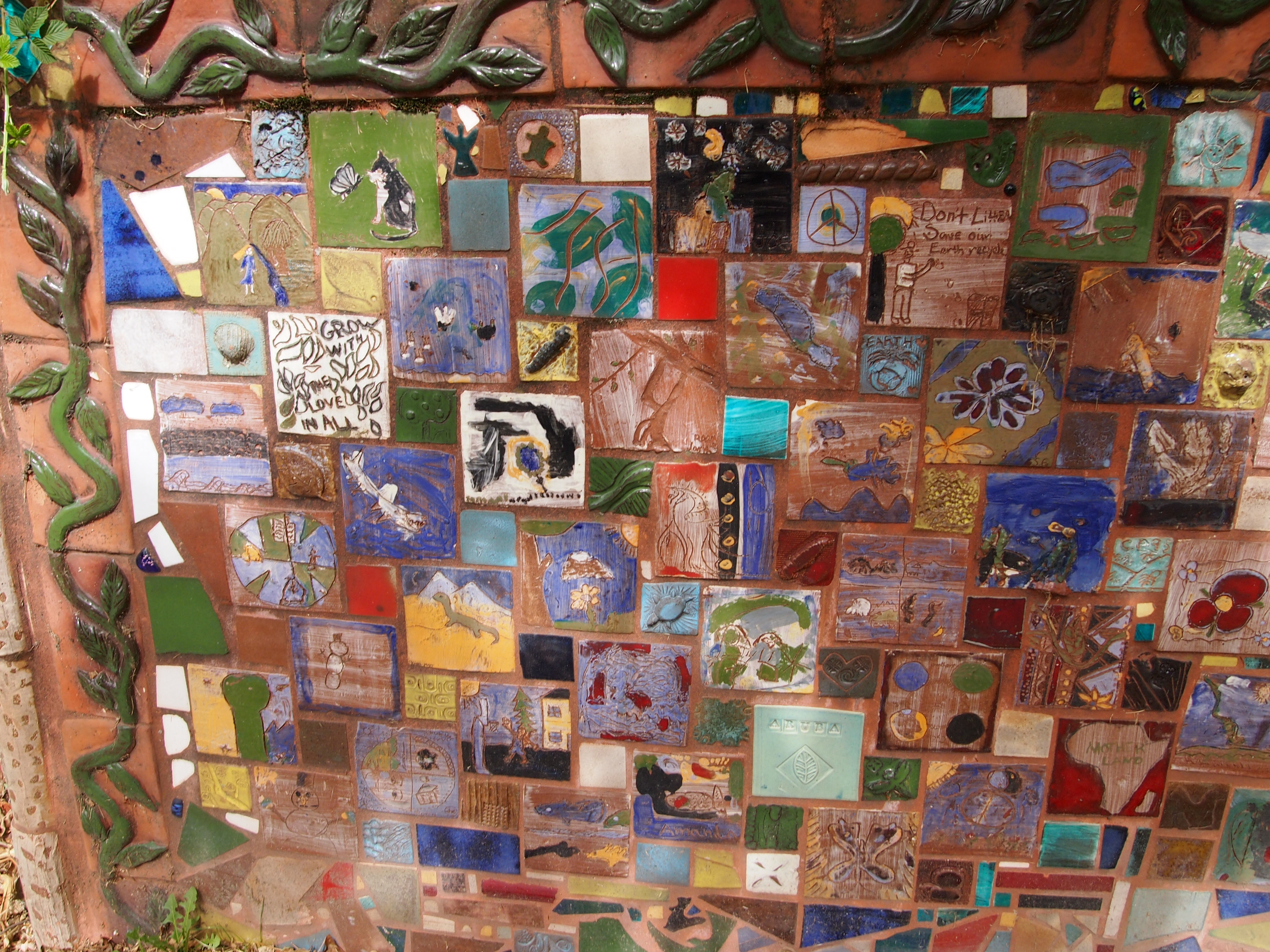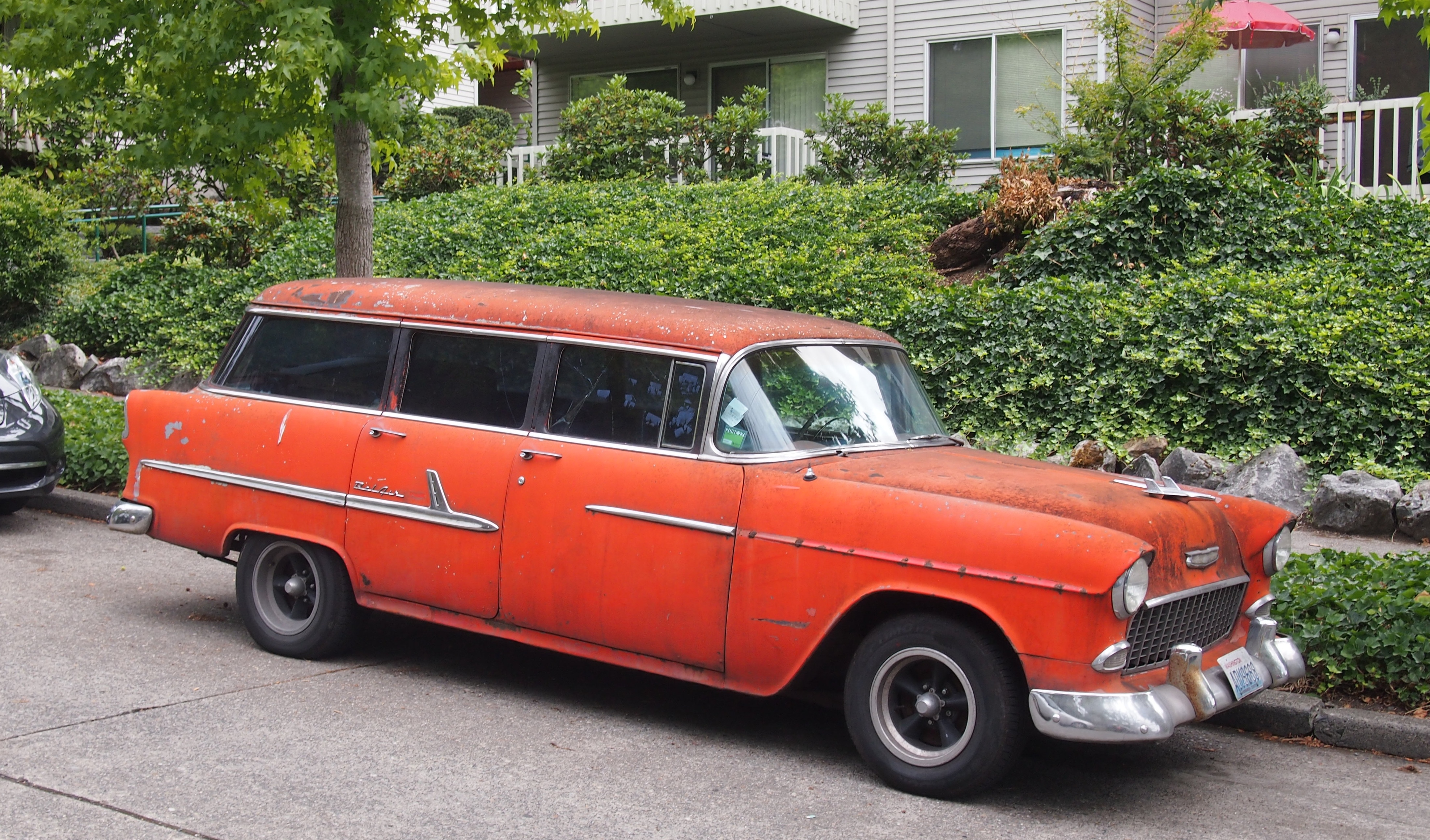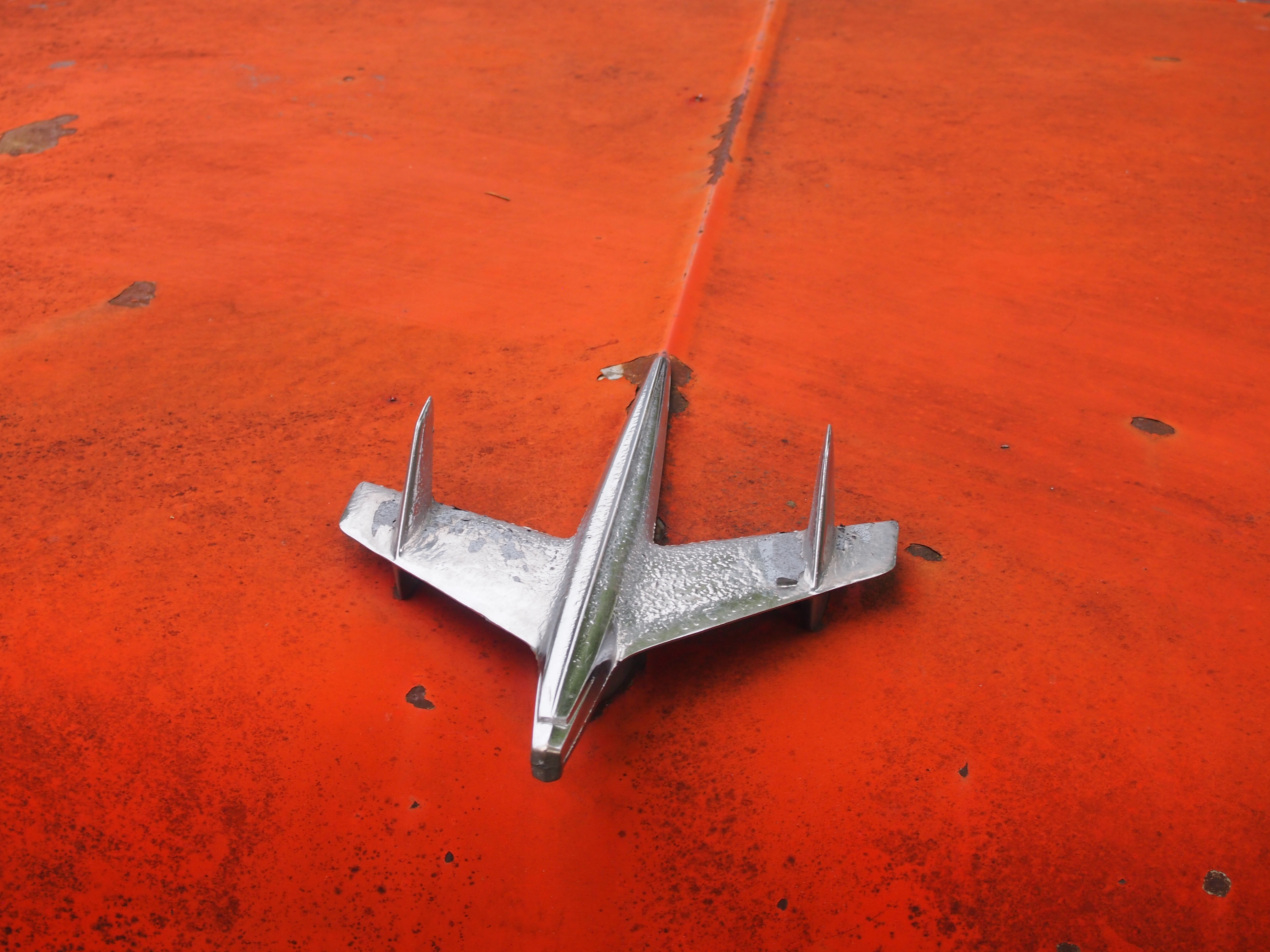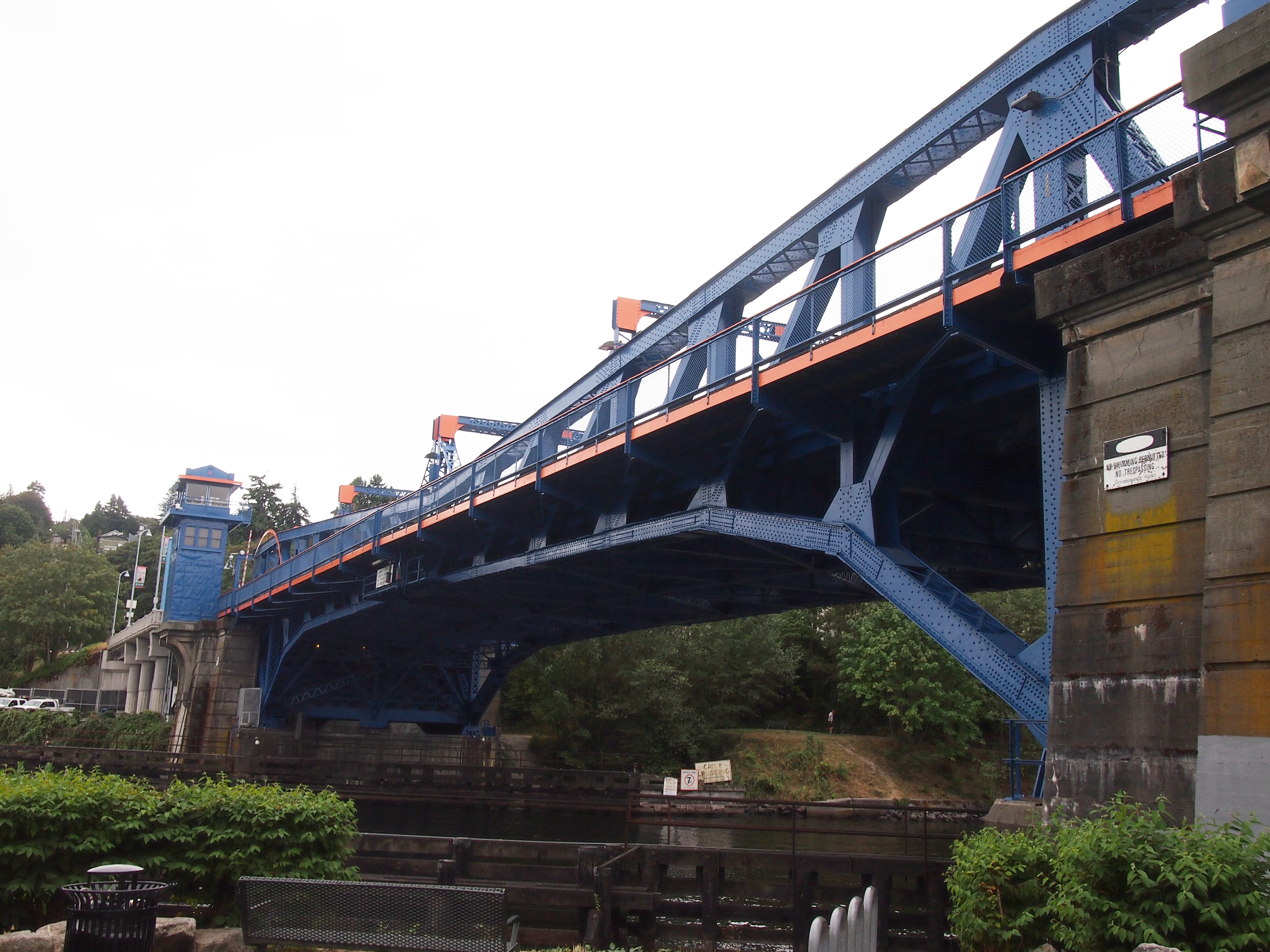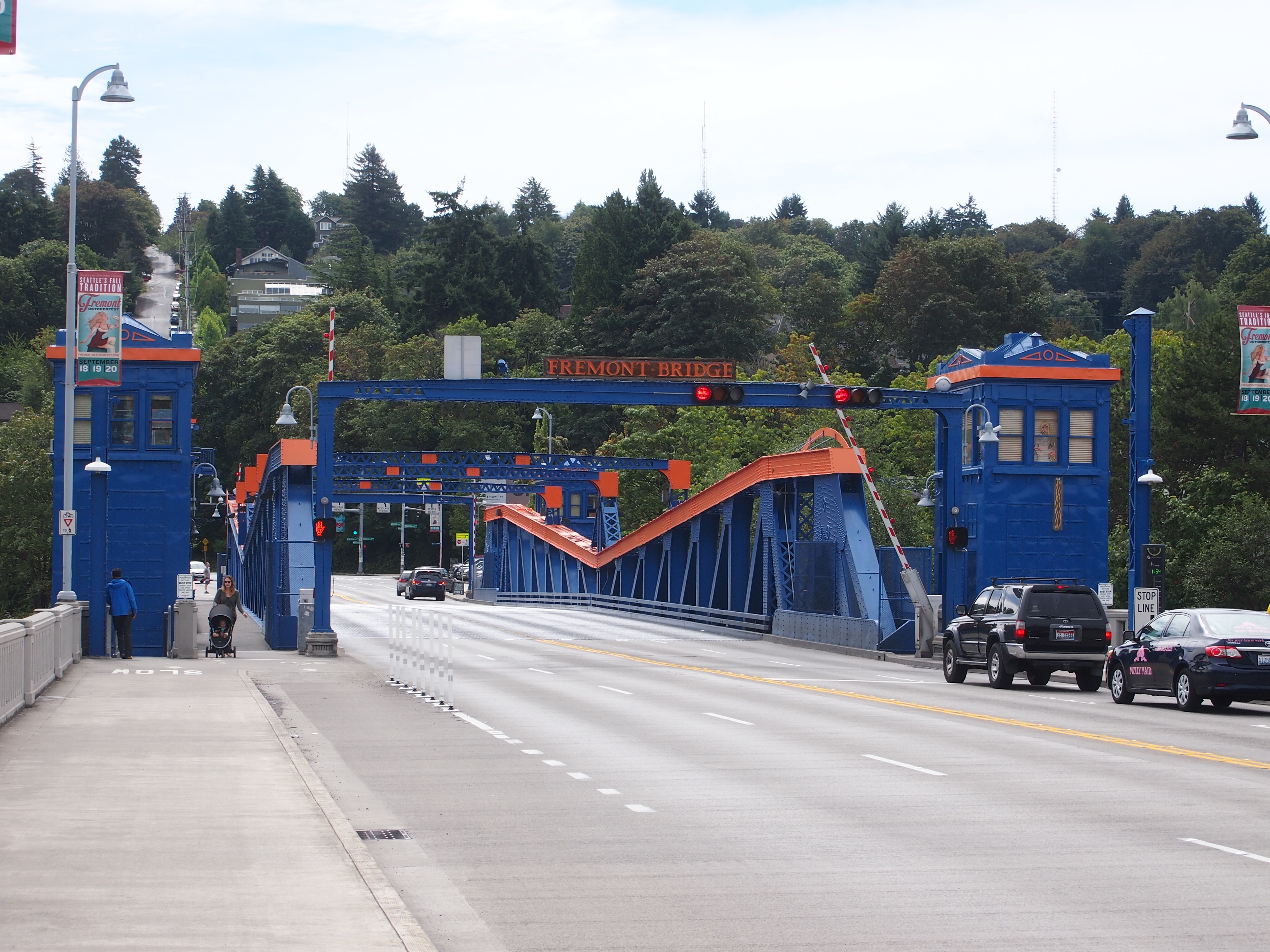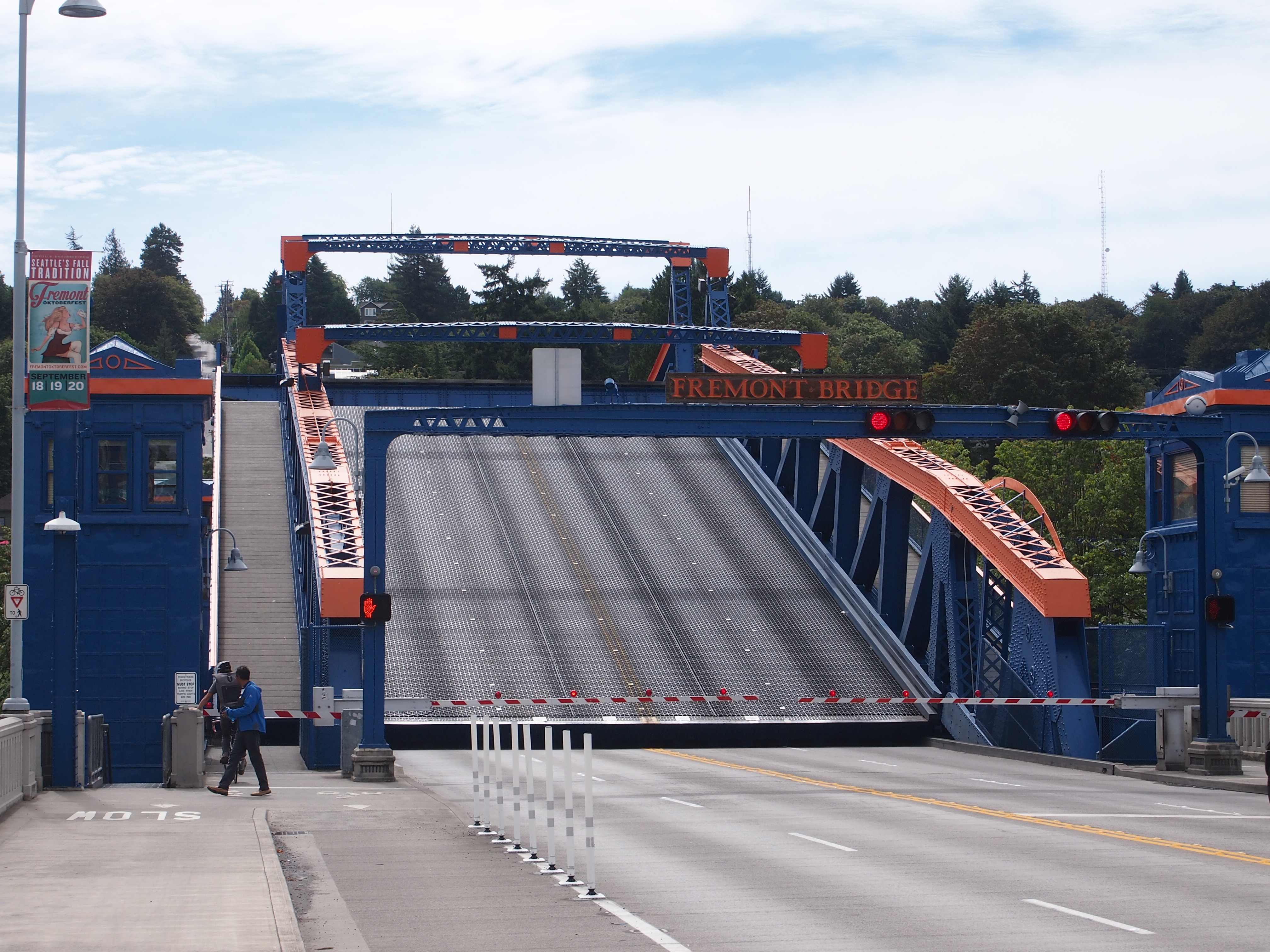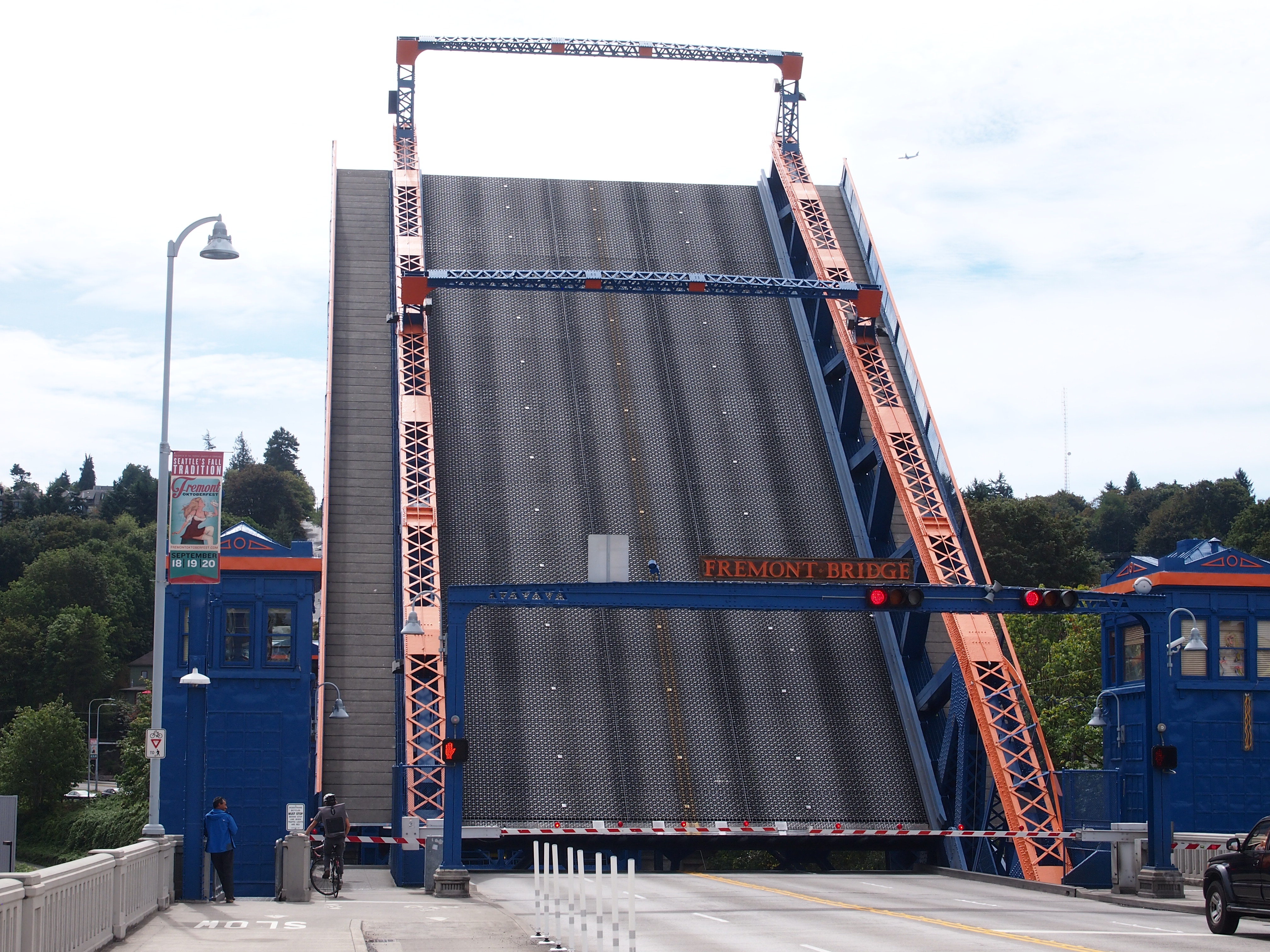Almost all of our Columbus Day weekend trip — Italian Food Day, as Ann calls it — was spent in Illinois, but on October 12 as we drove north toward home, we crossed into Indiana for a visit to the town of New Harmony on the Wabash River, just across from Illinois.
The Harmony Society, originally from Württemberg, moved to the Indiana Territory in 1814 from Pennsylvania and founded the town. You could call the group utopian, but my impression (from only a dollop of reading) is that they were Lutheran separatists and chiliasts. Or you could call them Indiana Territory communists, since they held all of their property in common, before that meant being reds.
Even so, they made a go of it, prospering before selling the site and moving back to Pennsylvania in 1825 at the direction of their leader, George Rapp. “They produced quality products including textiles, rope, barrels, tin ware, leather goods, candles, bricks and much more using the latest machinery and technology available,” the Visit New Harmony web site says.
“Because beverages were in demand [I’ll bet] in neighboring and river towns, wine, whiskey and beer were produced in large quantities. The daily production of whiskey was about 32 gallons and 500 gallons of beer were brewed every other day.”
Welch industrialist Robert Owen bought the place in the 1820s, all 2,000 acres of it, with his own utopian experience in mind. His was a more straightforward failure.
“Owen’s ‘Community of Equality,’ as the experiment was known, dissolved by 1827, ravaged by personal conflicts and the inadequacies of the community in the areas of labor and agriculture,” the University of Southern Indiana explains.
Yet the history of the town didn’t stop when the second experiment did. Scientific and other intellectual activity continued in New Harmony through much of the 19th century, and structures unusual in a Hoosier town rose throughout much of the 20th century. In our time, the restored 19th-century structures and the modernist touches of the 20th century make for an interesting amalgam.
We parked in the lot near the New Harmony Atheneum and started our walk around town.

“Clad in white porcelain panels and glass attached to a steel frame, the structure was the first major commission for the now internationally acclaimed architect Richard Meier,” Indiana Landmarks says.
“Built as a visitors’ center for the town [in 1979], the structure is designed to guide visitors along a specific route through the building, with overlaying grids offering frequent views of the surrounding buildings and countryside. From a spacious deck on the roof, visitors can look out over the town and take in views of the Wabash River.”
We would have done all that, but the Atheneum was closed — for Monday, not the pandemic. So on we went, a few leafy blocks to the Roofless Church.

The Roofless Church is behind this wall, one of four brick walls forming a rectangle.

The structure was erected by the Robert Lee Blaffer Trust, according to a plaque. Jane Blaffer Owen, Humble Oil heiress, founded the organization in honor of her oilman father, and she and her husband, Kenneth Owen, a descendant of Robert Owen, proved instrumental in reinventing New Harmony in the 20th century (she died in 2010, he in 2002).
“Further down North Street and through a gap in a brick wall there is hidden a modernist masterpiece by the architect Philip Johnson, completed in 1960,” says Atlas Obscura.
“It is called the Roofless Church and it says something about how much we expect our building to have roofs, that when people see the shingled structure in the images, they often say, ‘that’s silly, that’s a roof right there.’
“But the church is not simply that space, it is a city block sized footprint of which only a part is enclosed. The curved parabola dome is actually a protective cover for a beautiful sculpture by Jacques Lipchitz.”


Elsewhere within the perimeter of the Roofless Church are trees and benches and small gardens. The east wall has a gate.

We walked around a pond not far from the Roofless Church.

Near its edge is the Chapel of the Little Portion, built by the New Harmony Inn and Franciscan Brothers, and dedicated to St. Francis.

There’s a statue of St. Francis by the pond as well. I keep running into him. Actually, Francis and the Angel of the Sixth Seal by David Kocka.

New Harmony isn’t very large, so we wandered from the pond — past the MacLeod Barn Abbey — into the main commercial part of the town in a few minutes. There you can find some handsome restored buildings, such as the Johnson United Methodist Church.

The Opera House.

A commercial building, at least part of which dates from 1910.

A private house (I assume) with Asian design elements.

Rappite Community House No. 2, erected 1816-22.

If you own everything in common, you’re going to live in communal housing.











